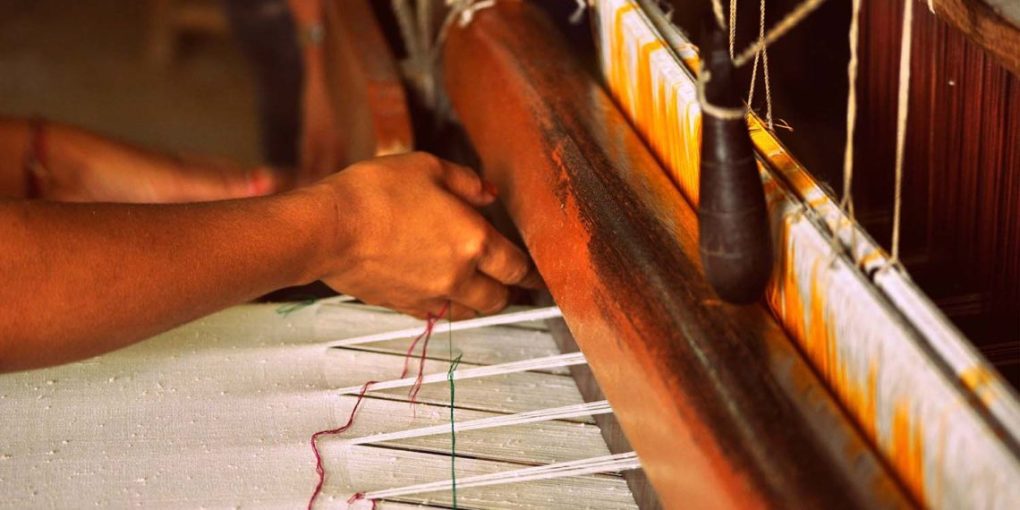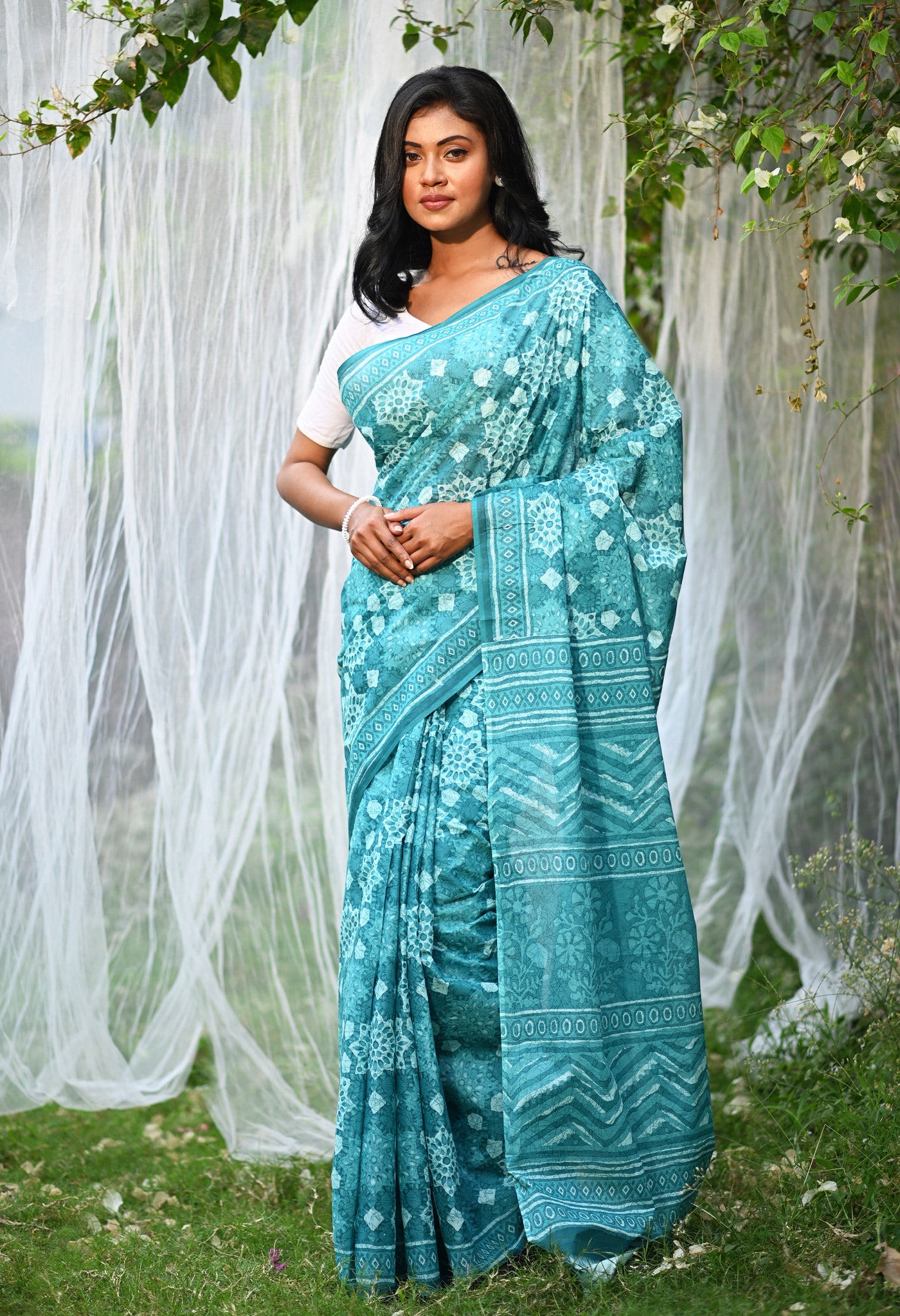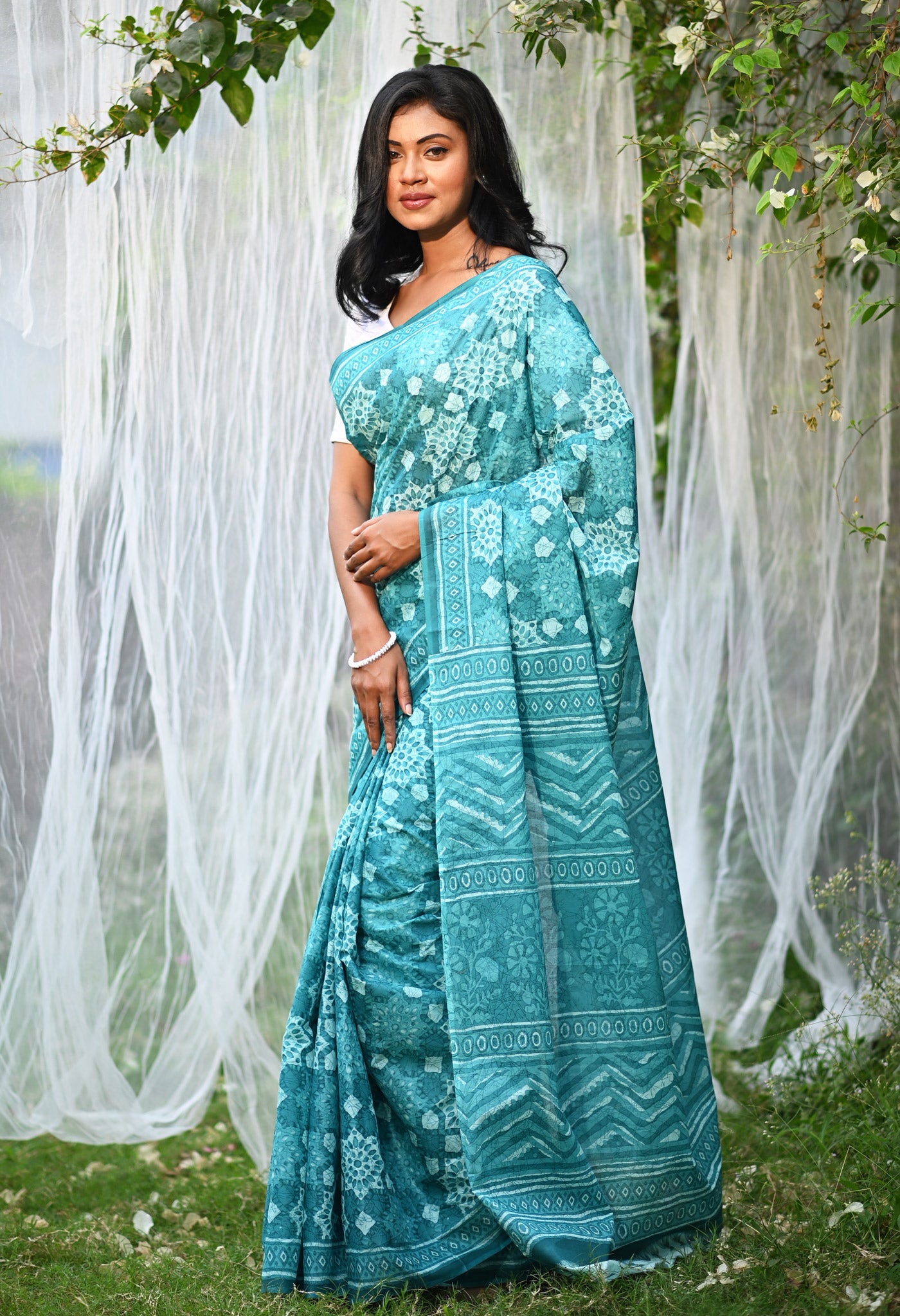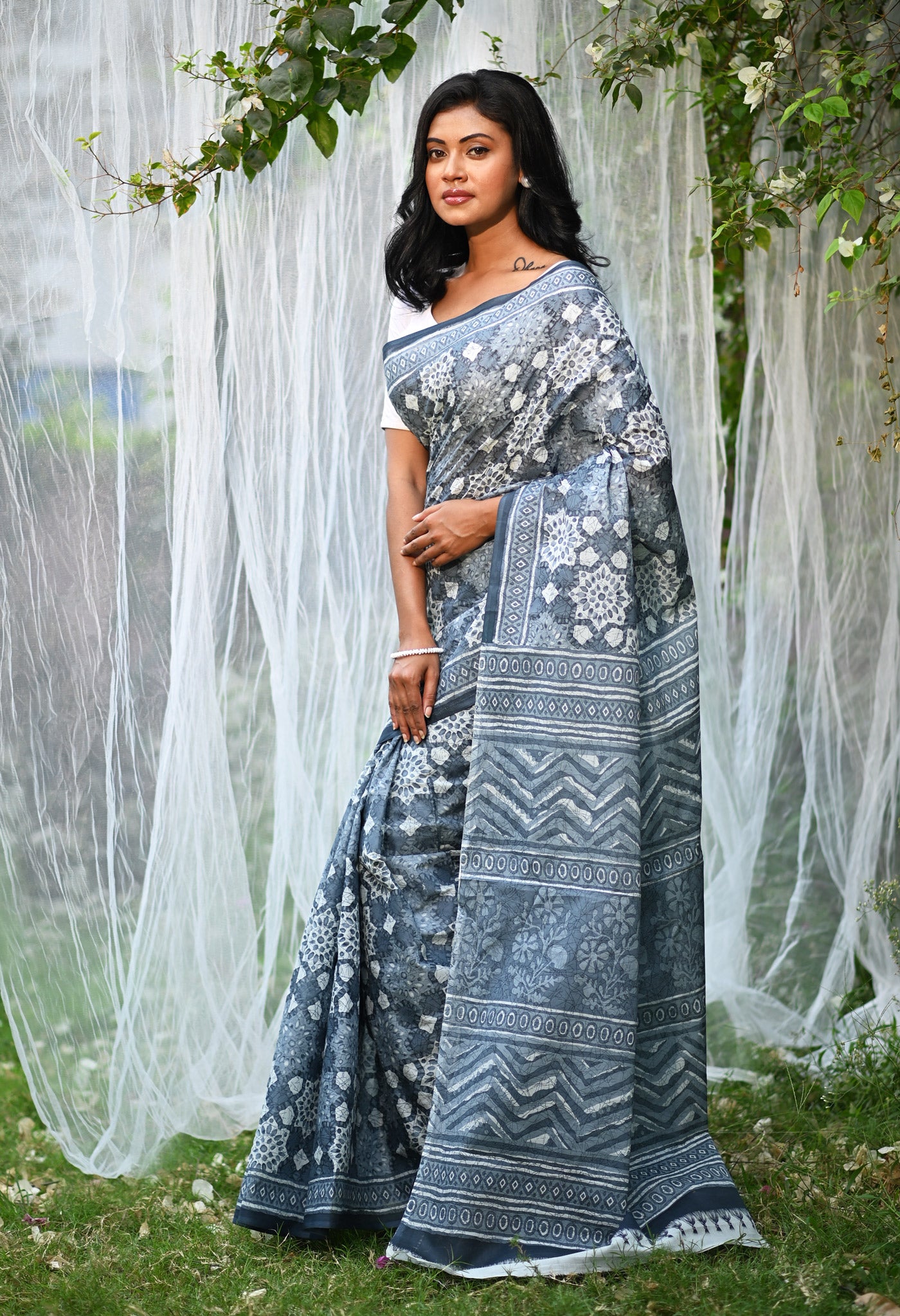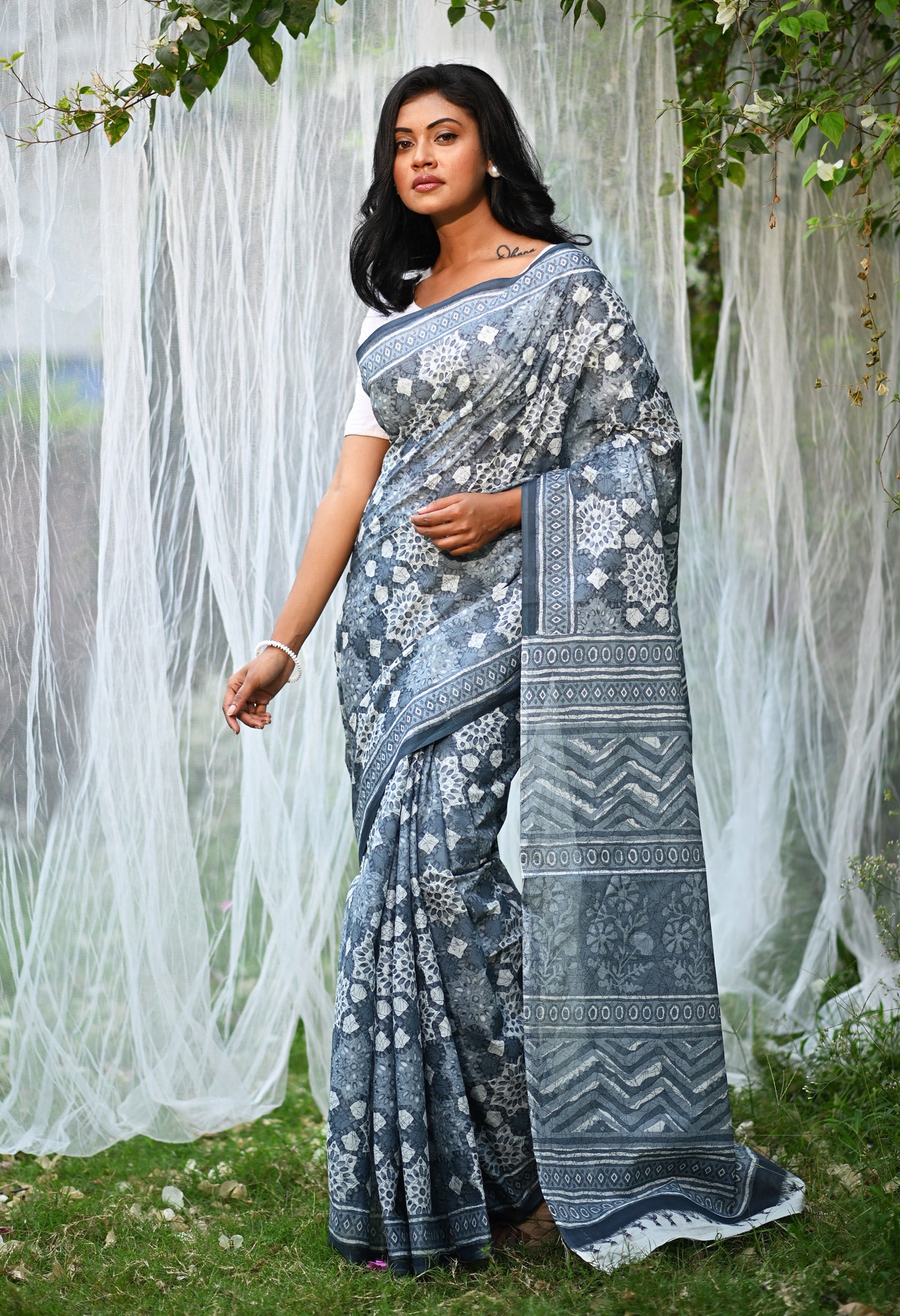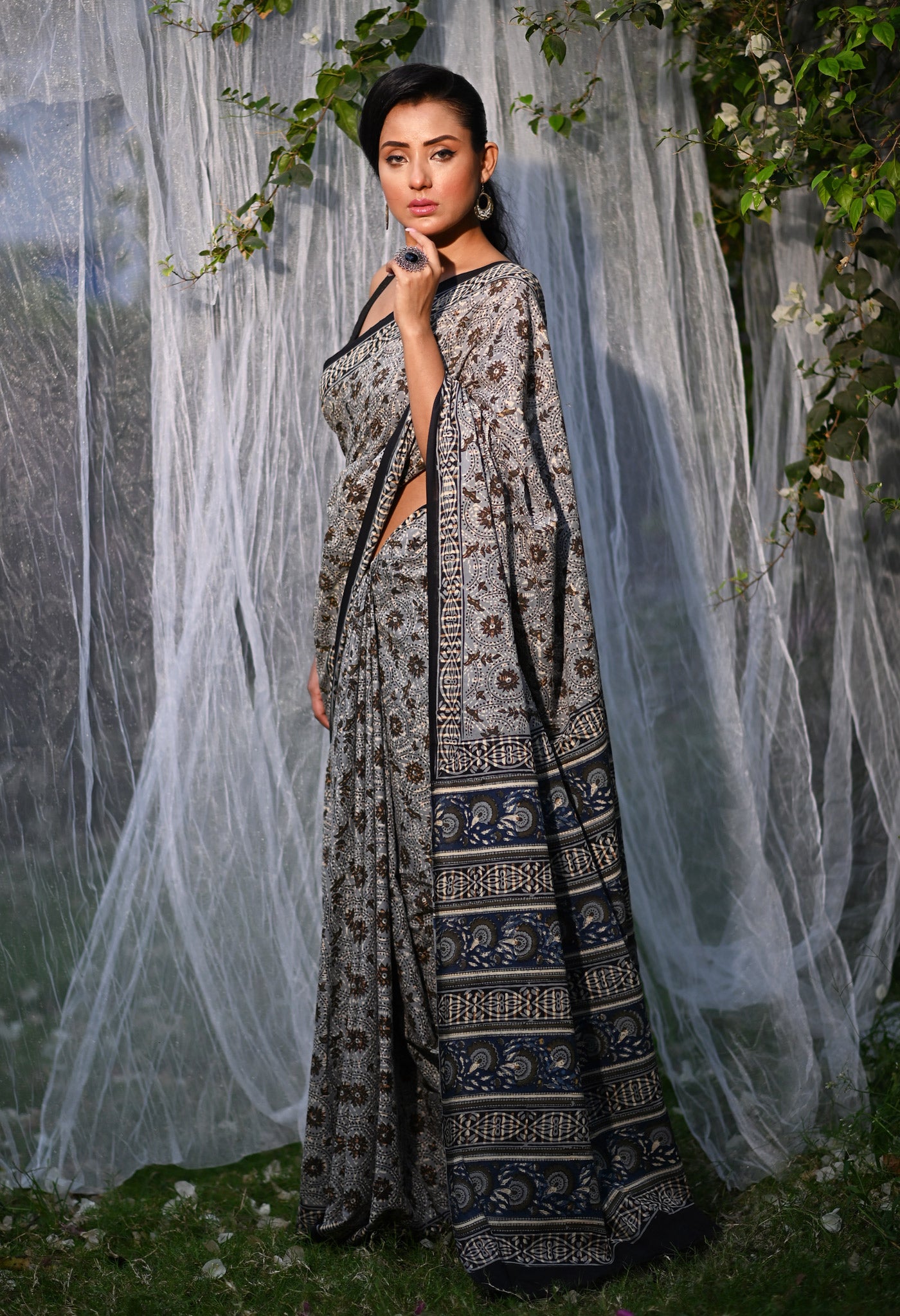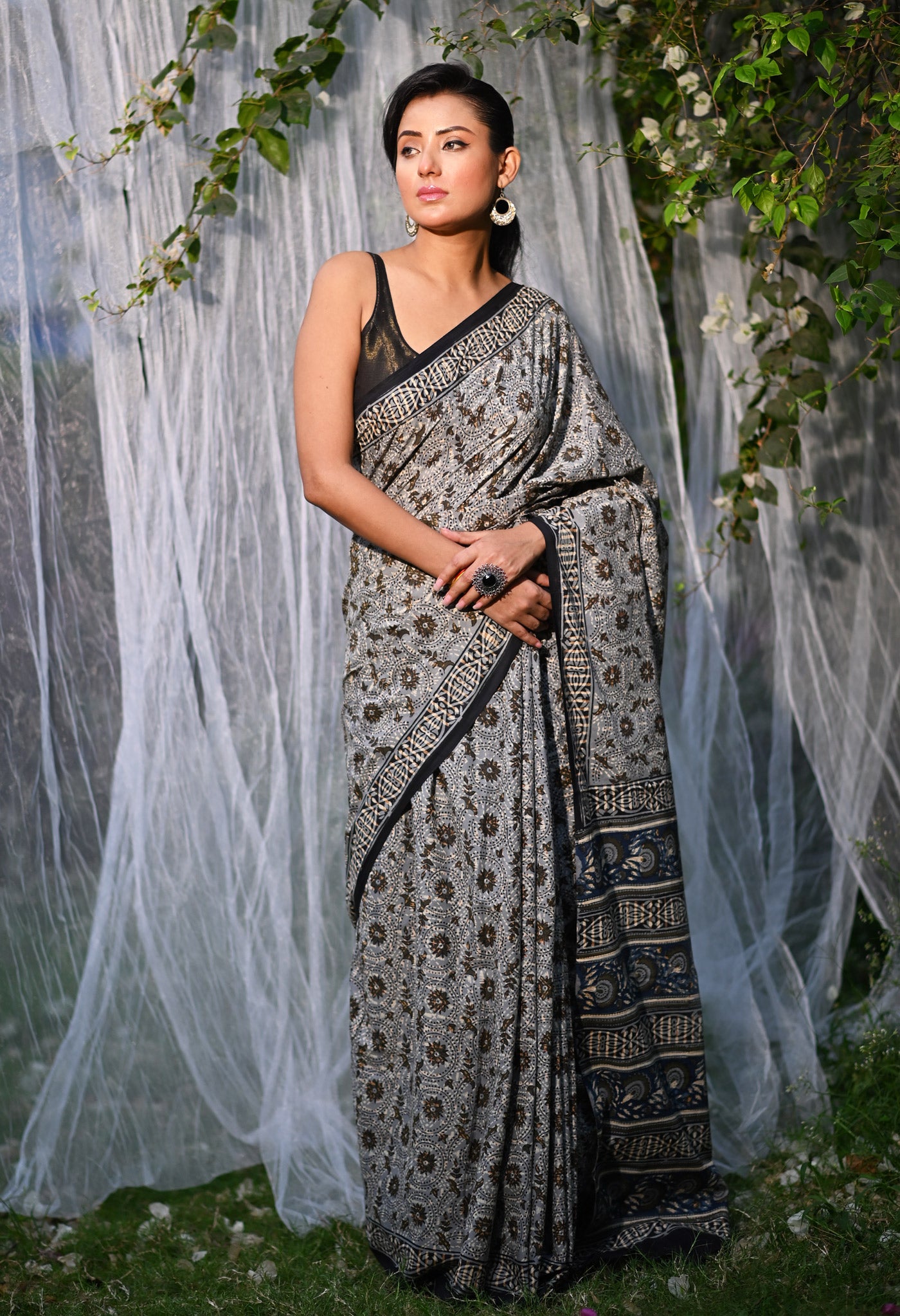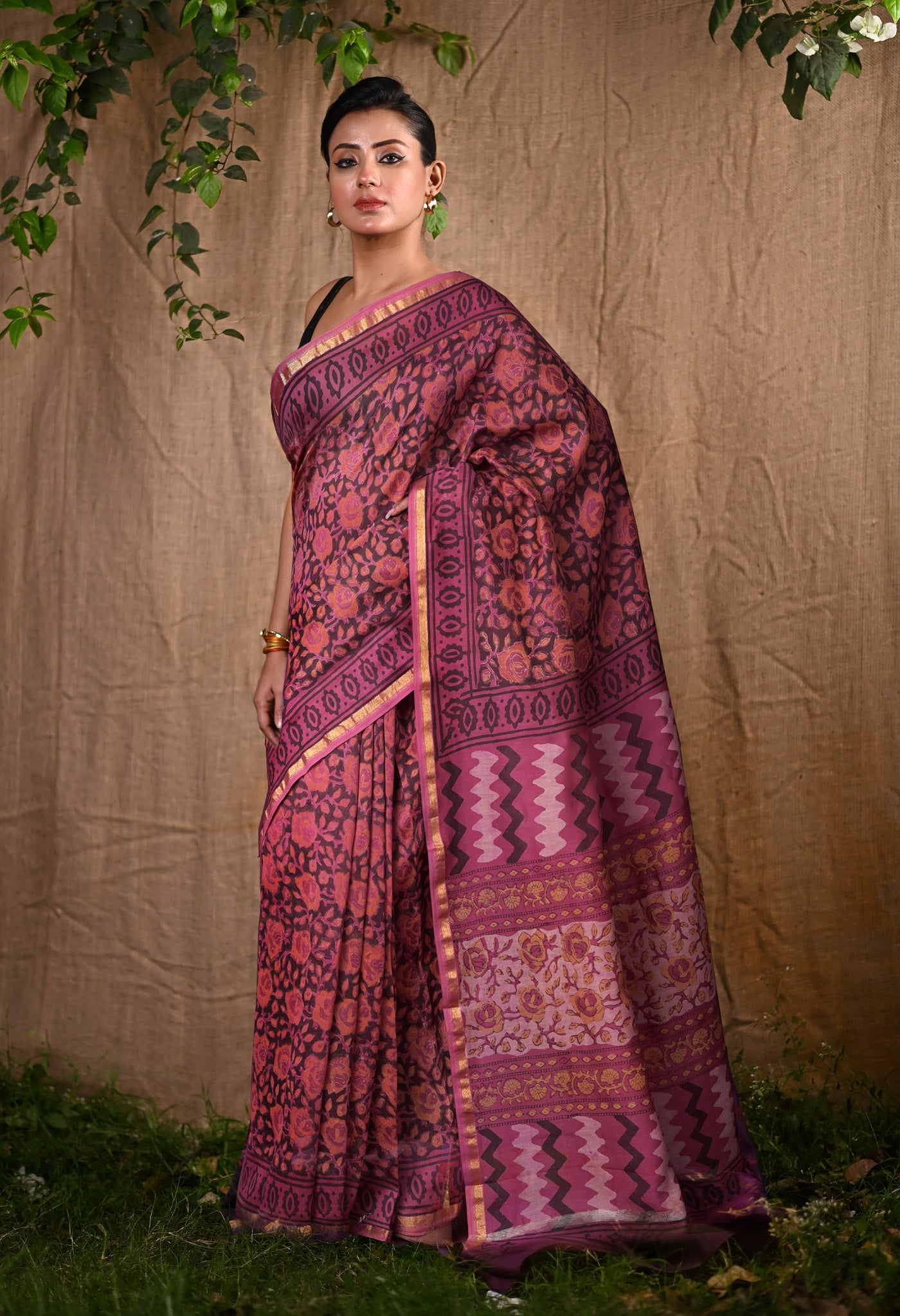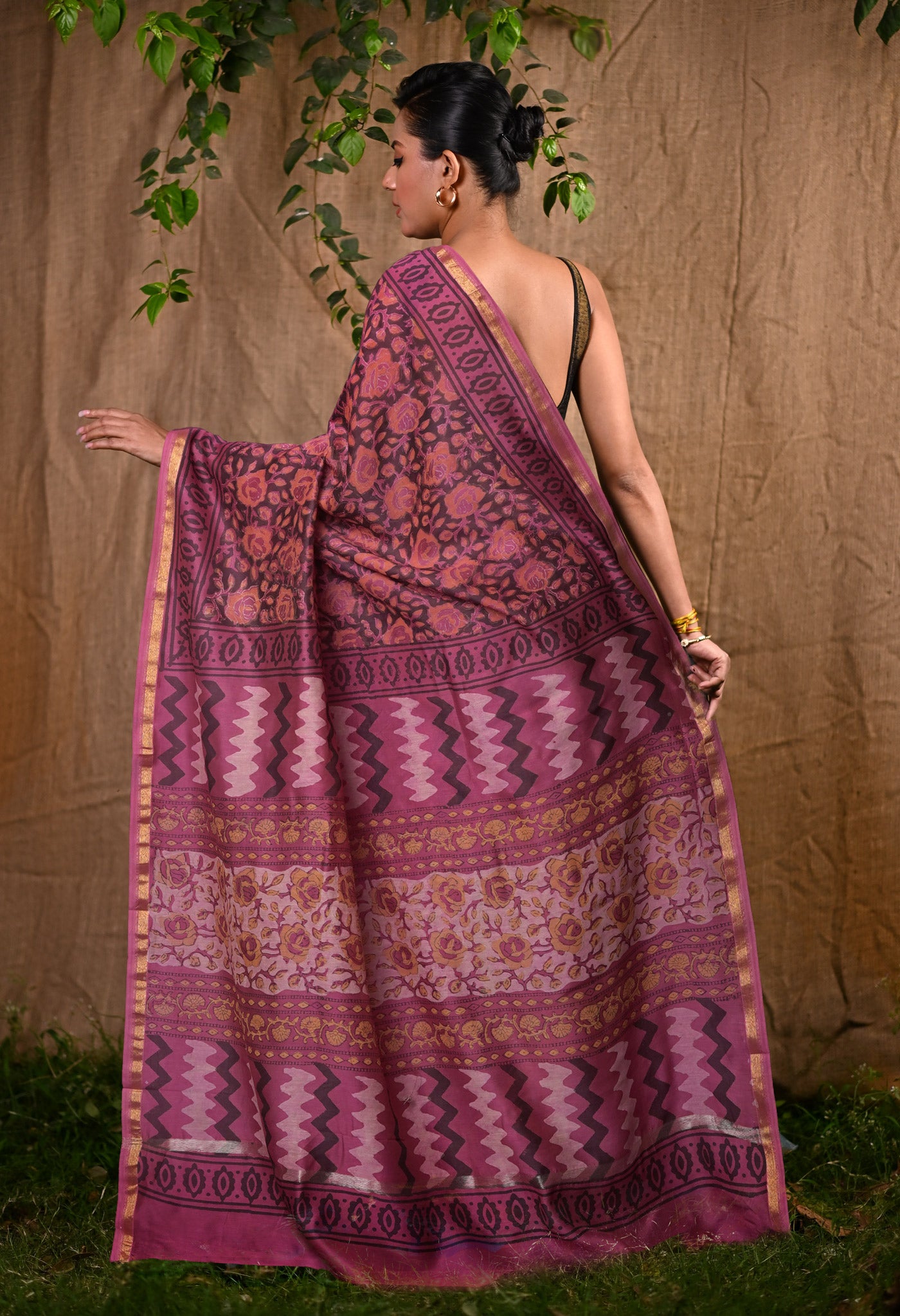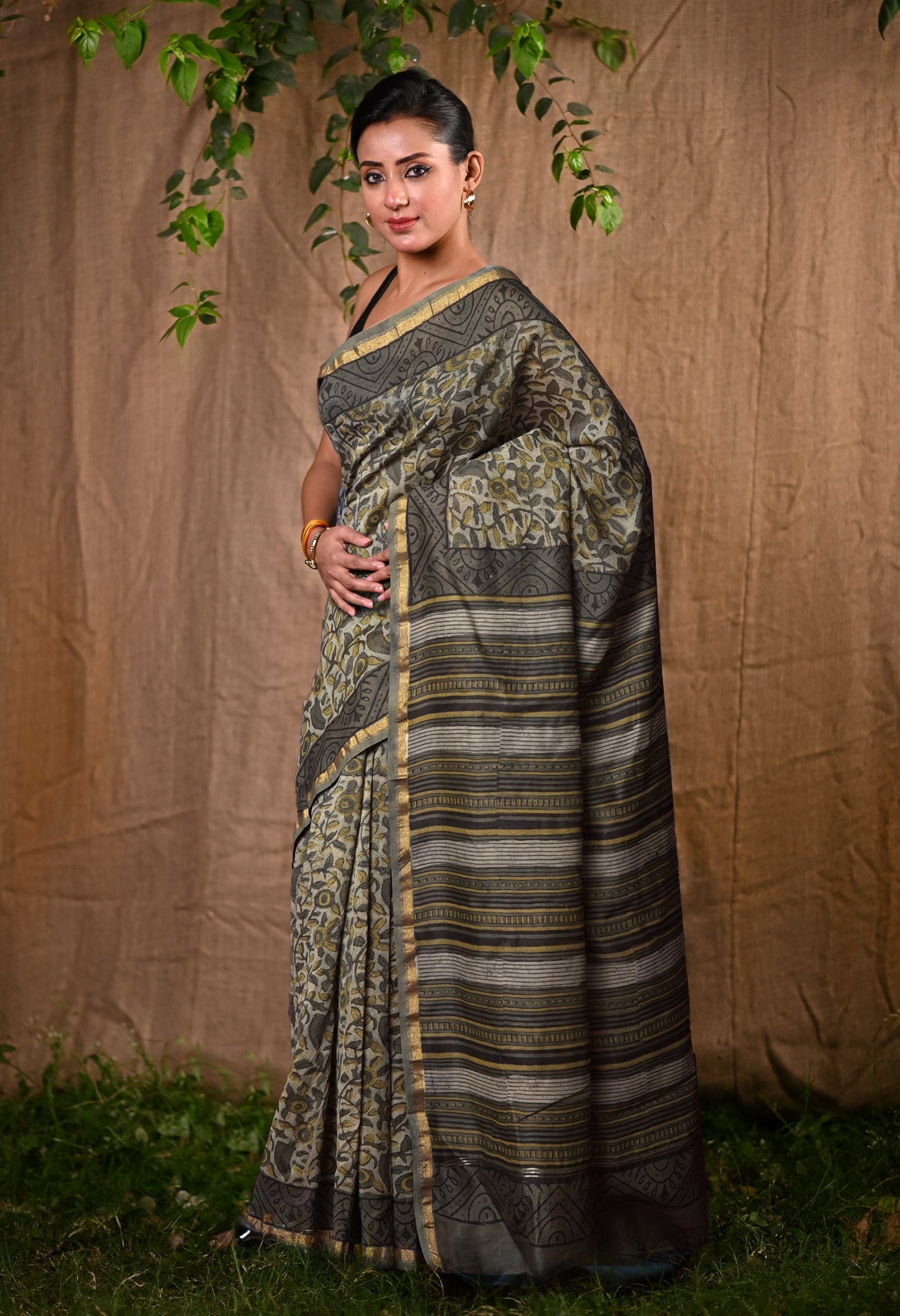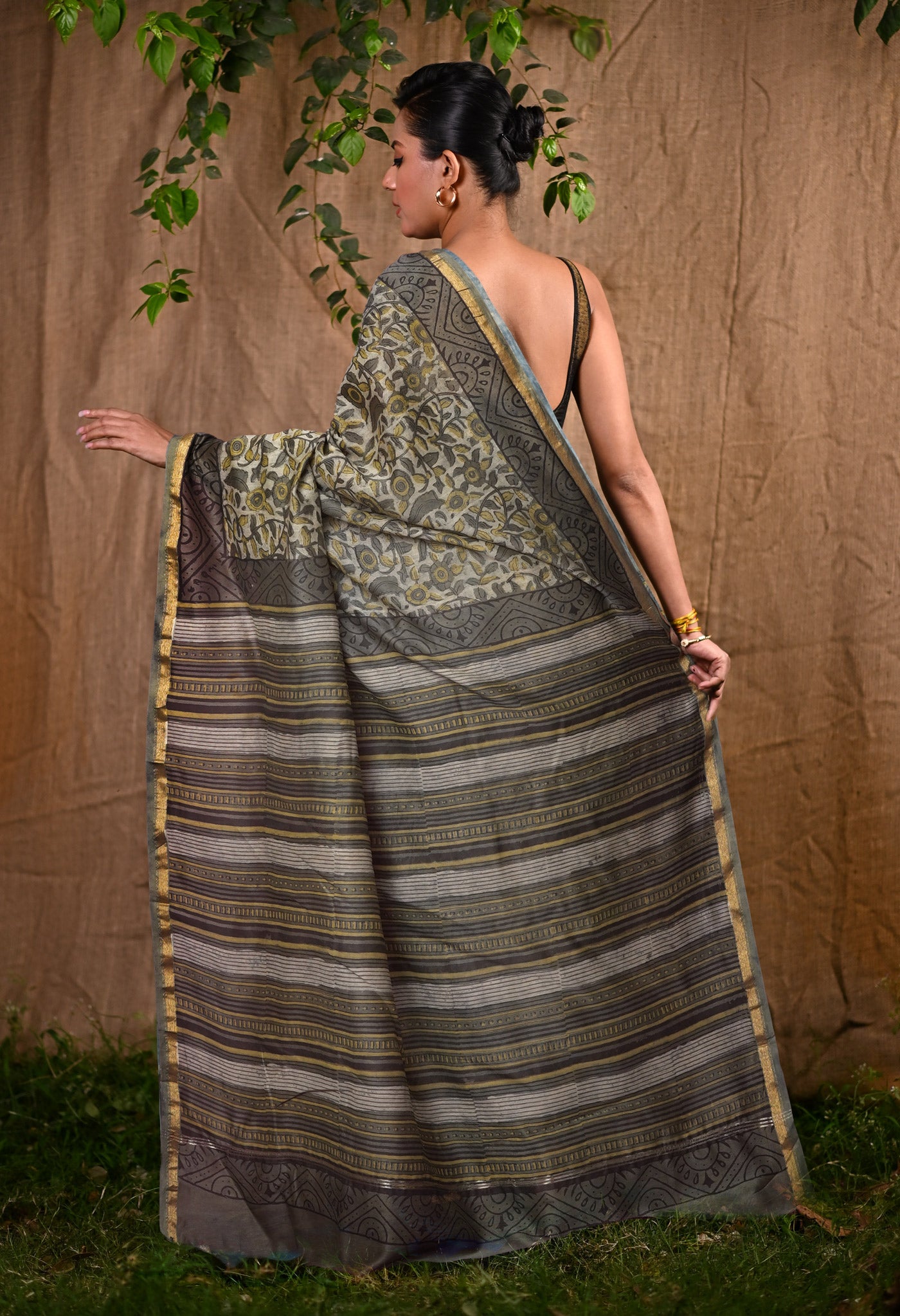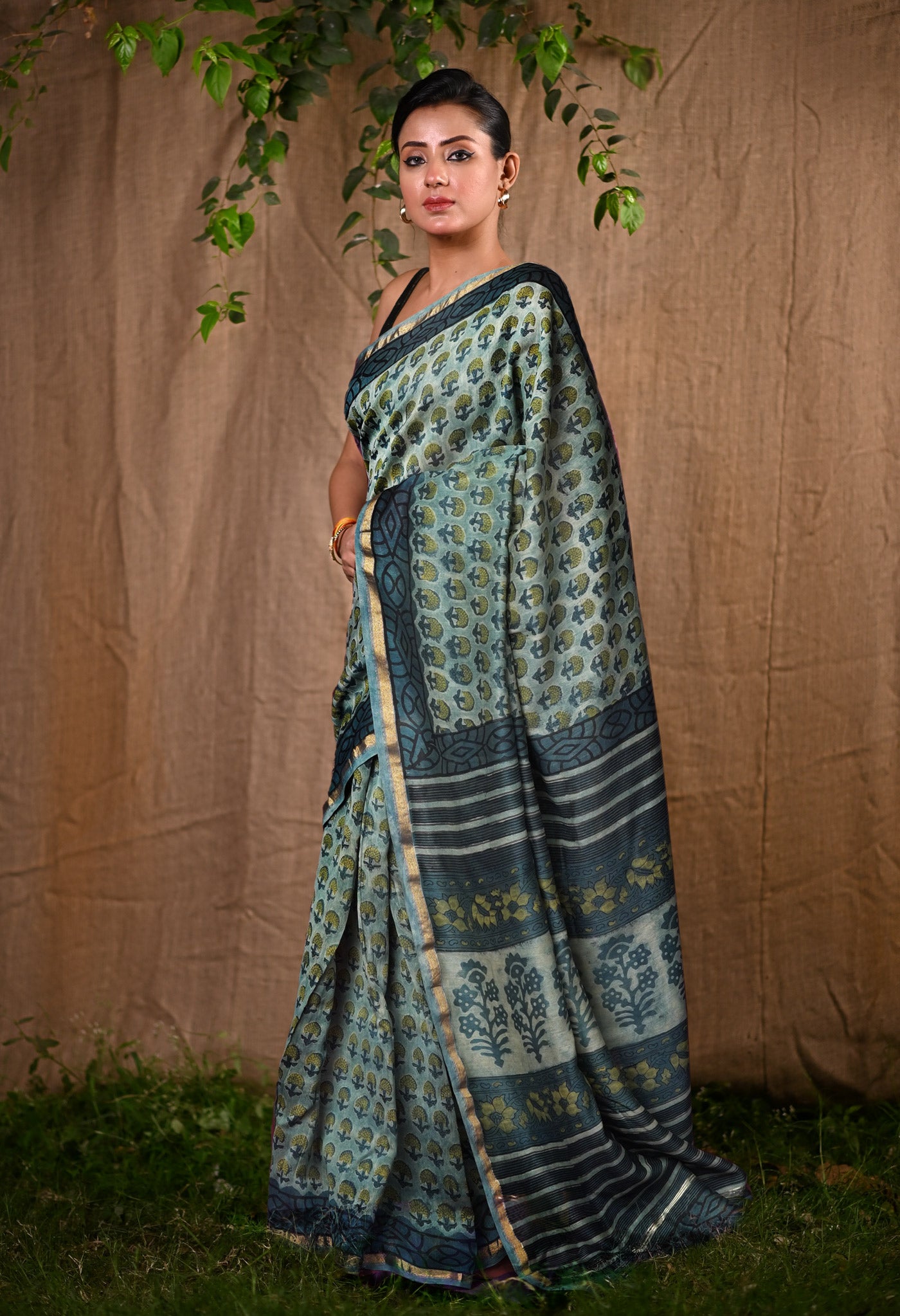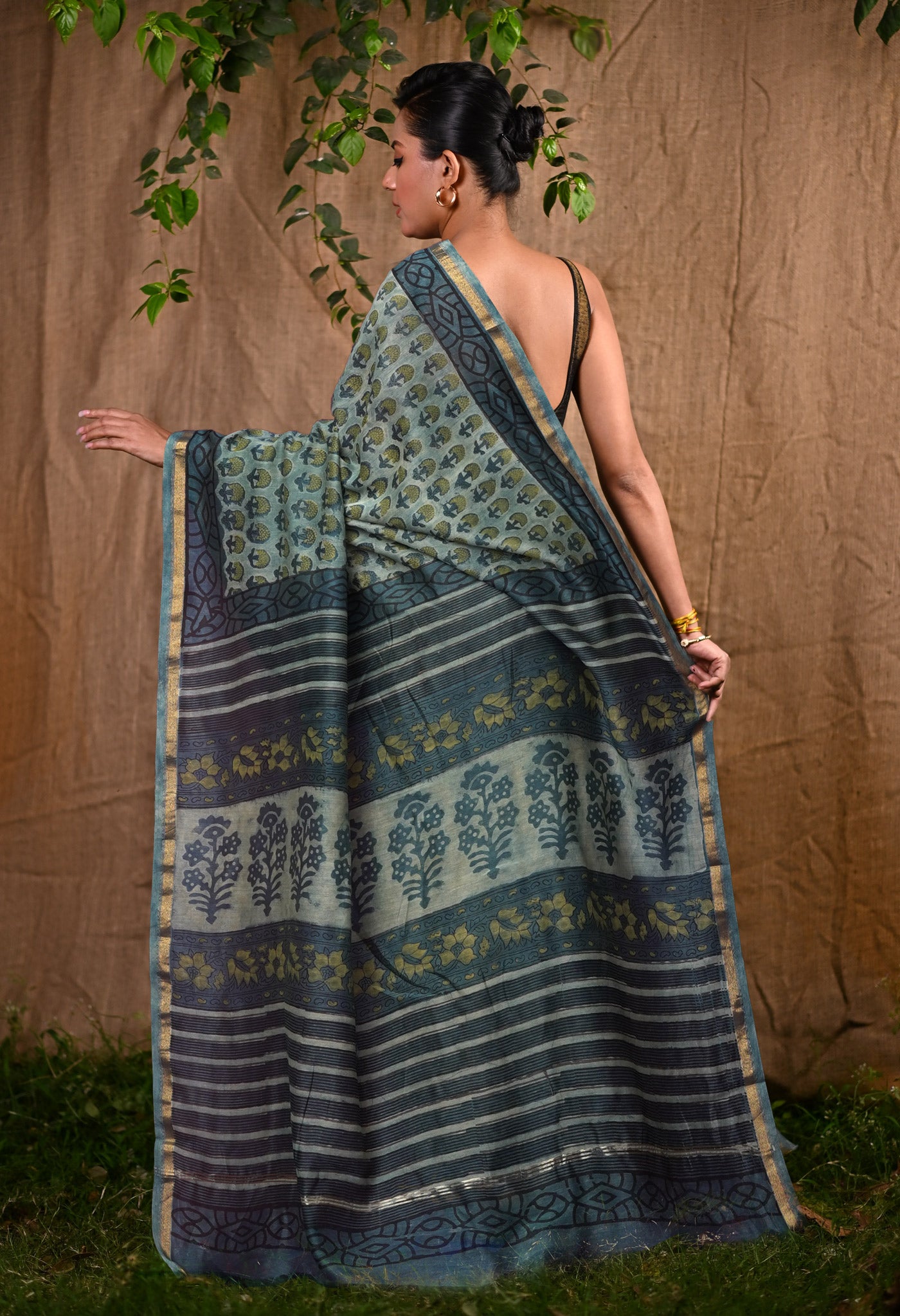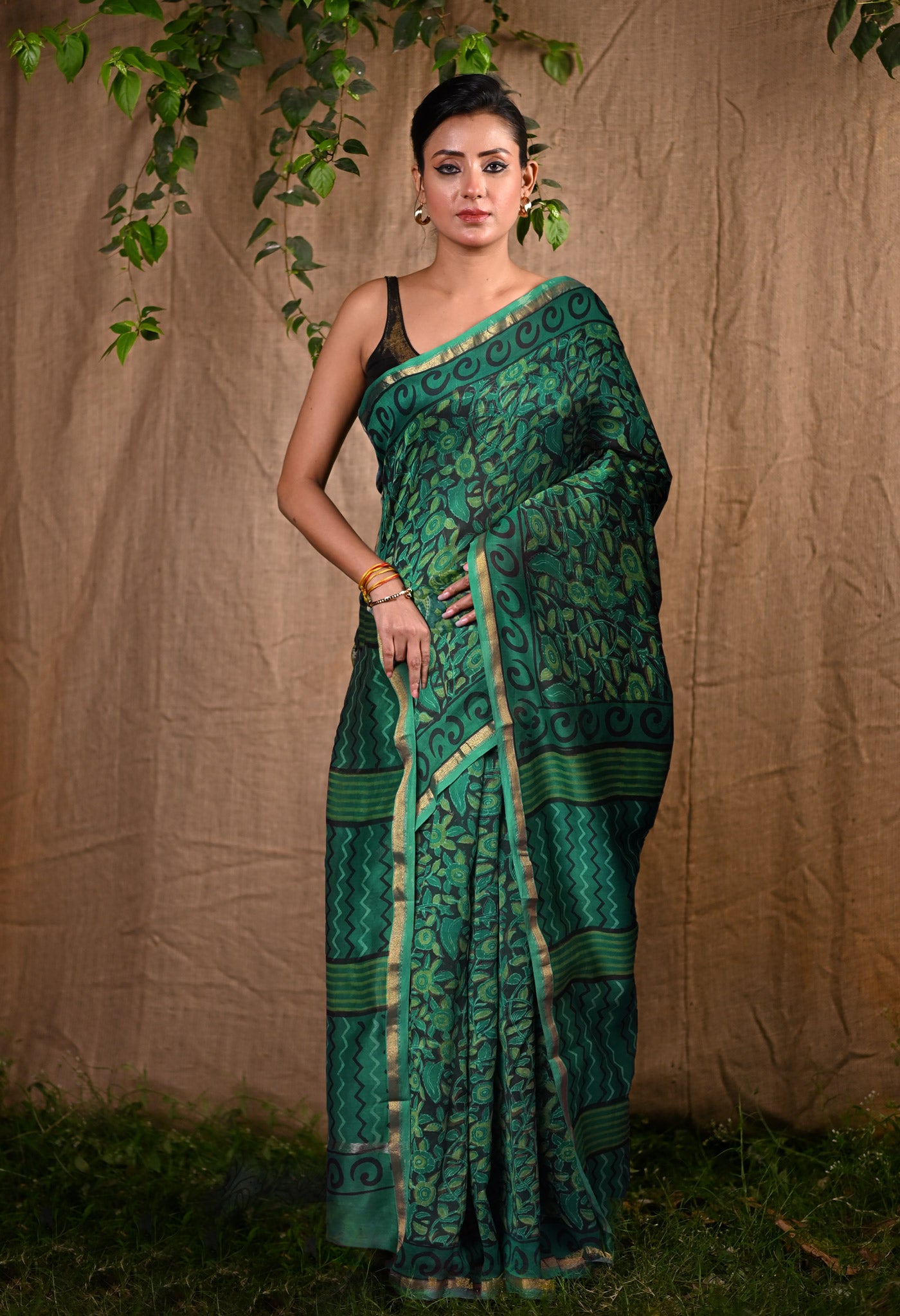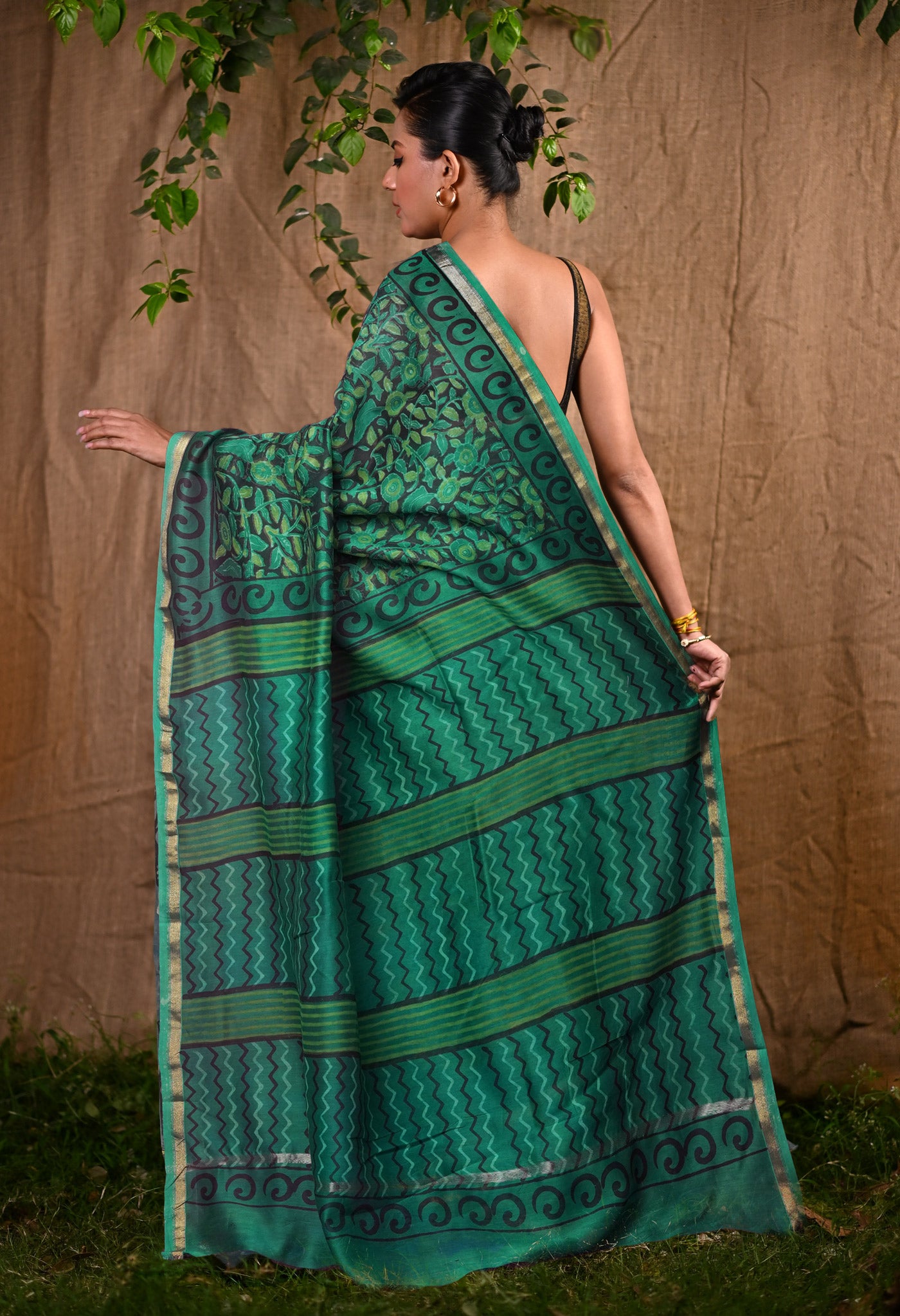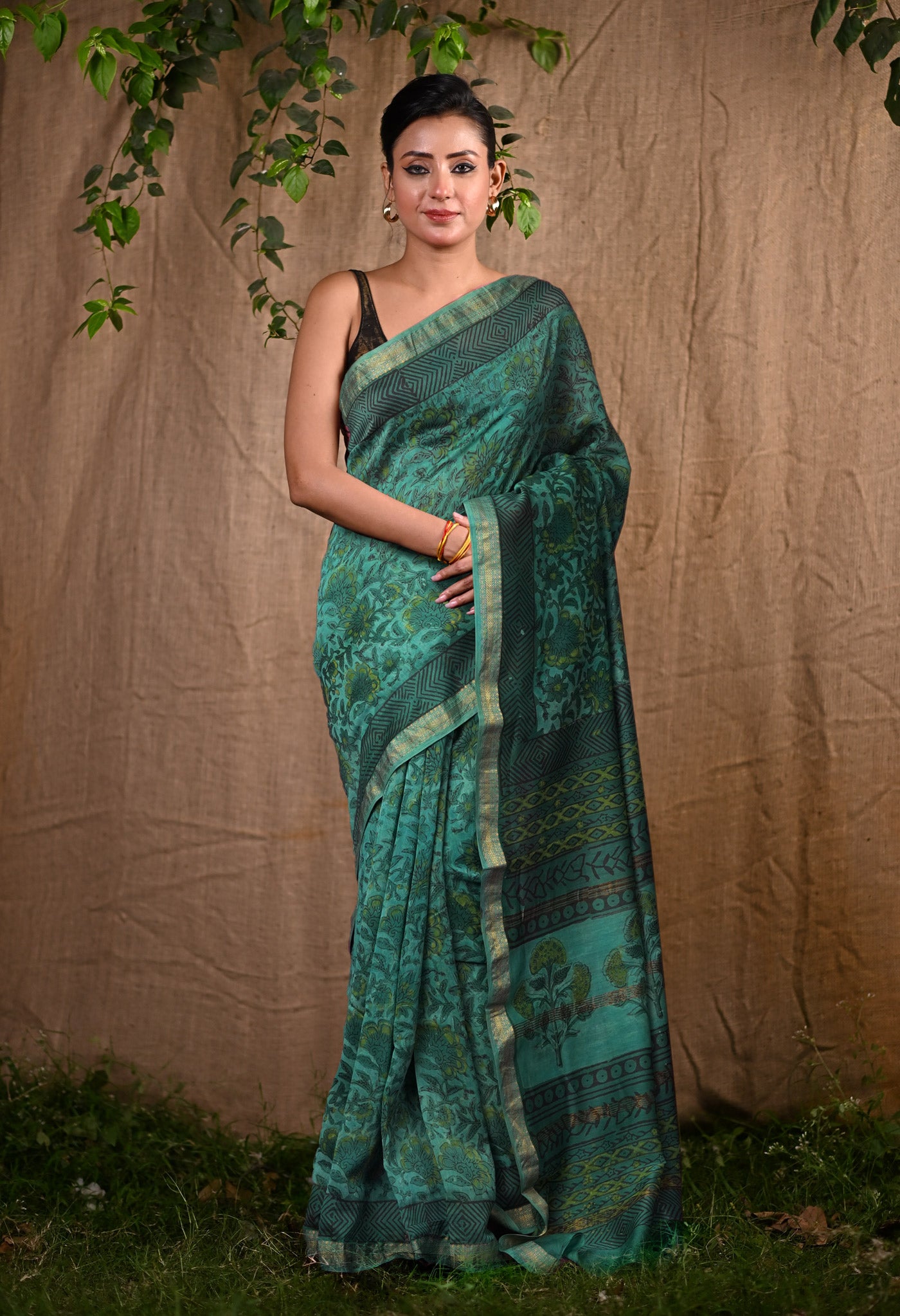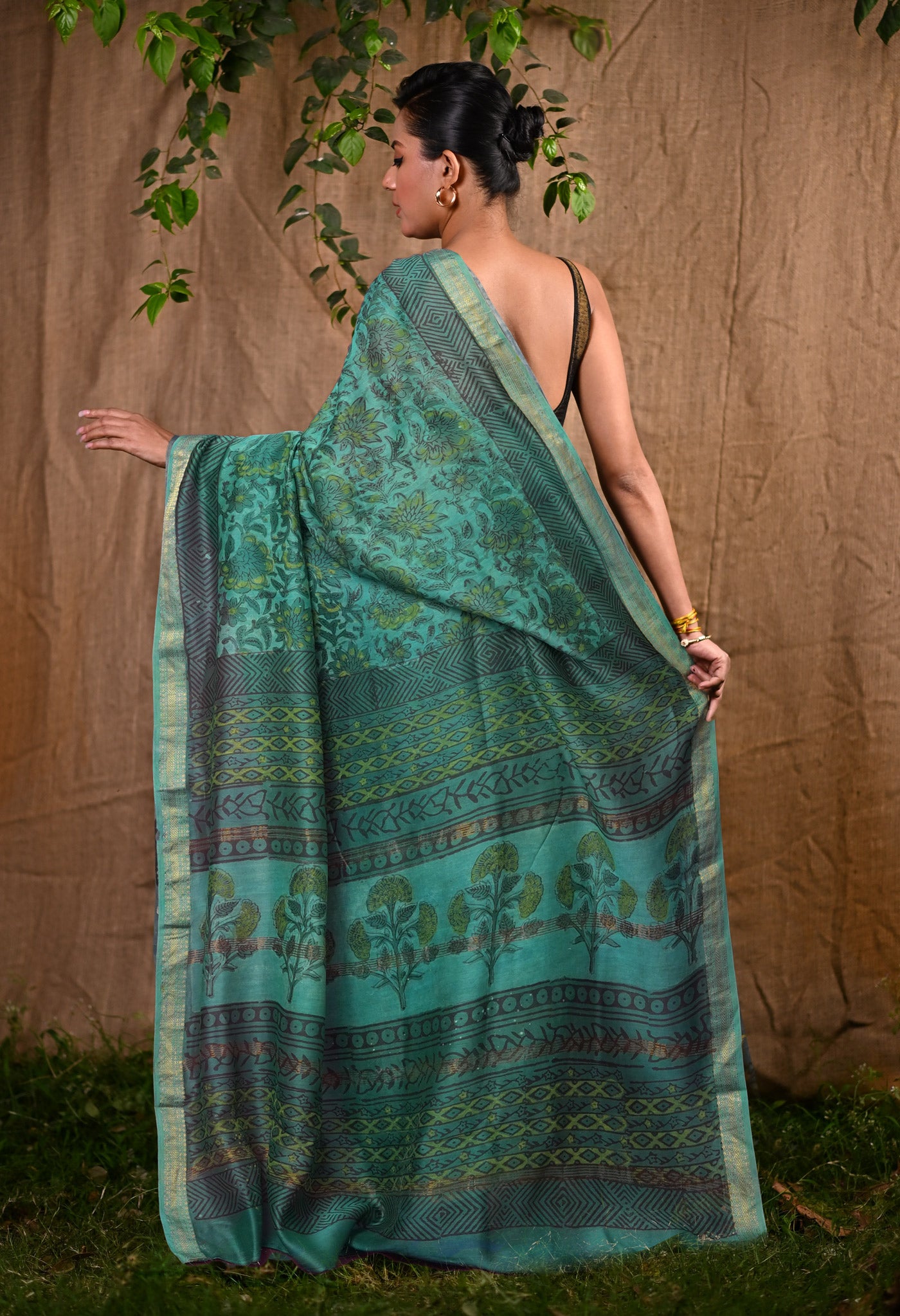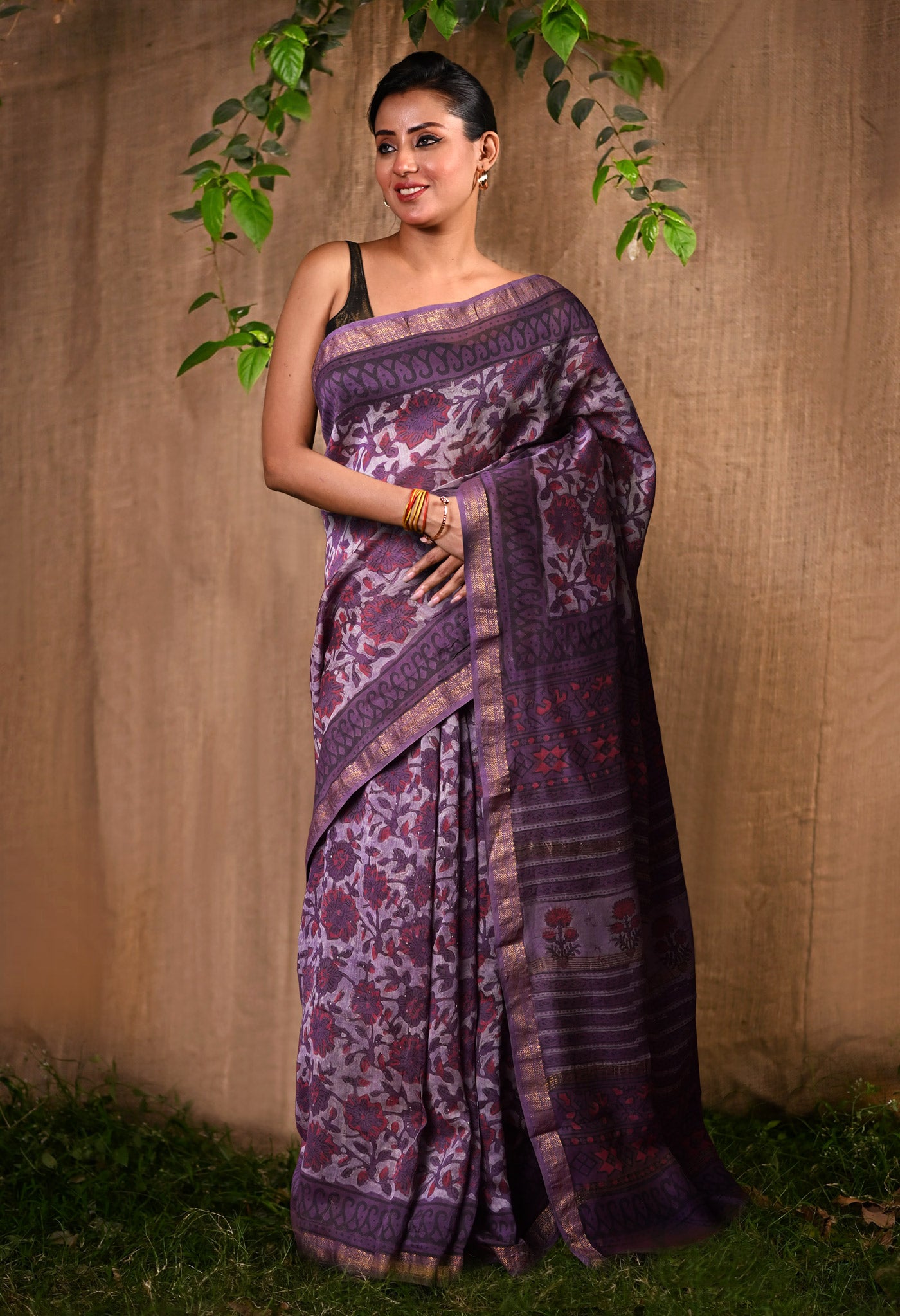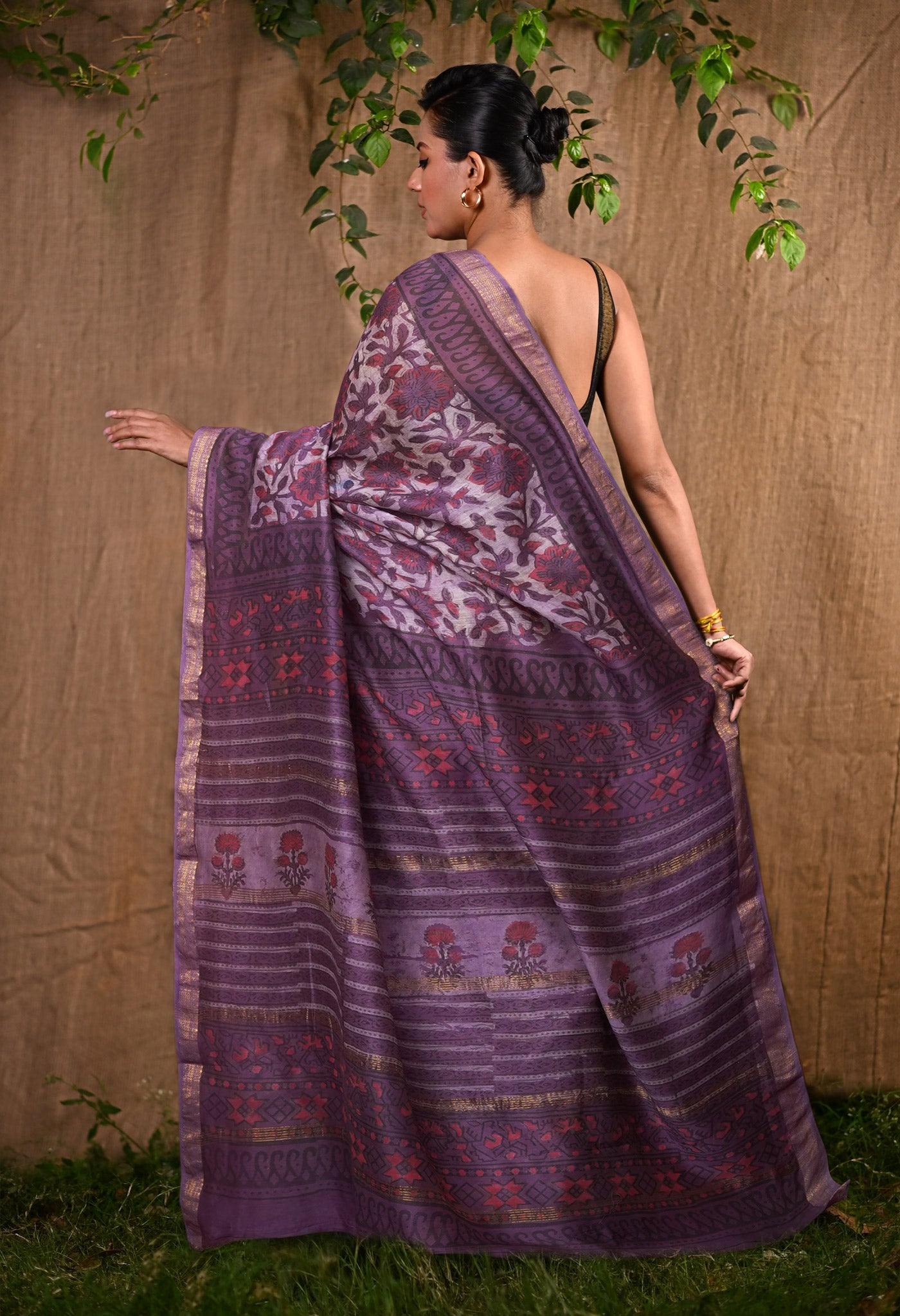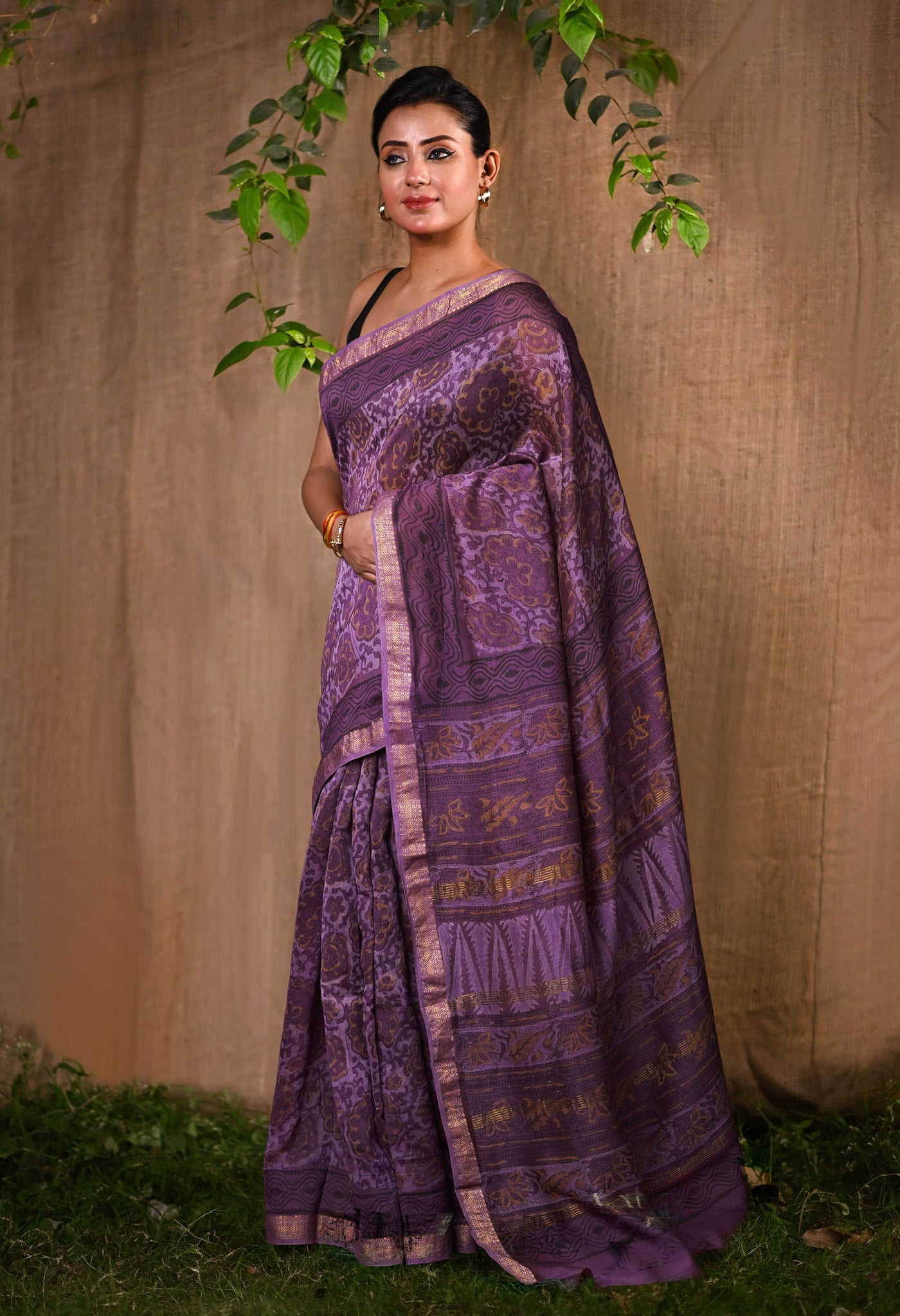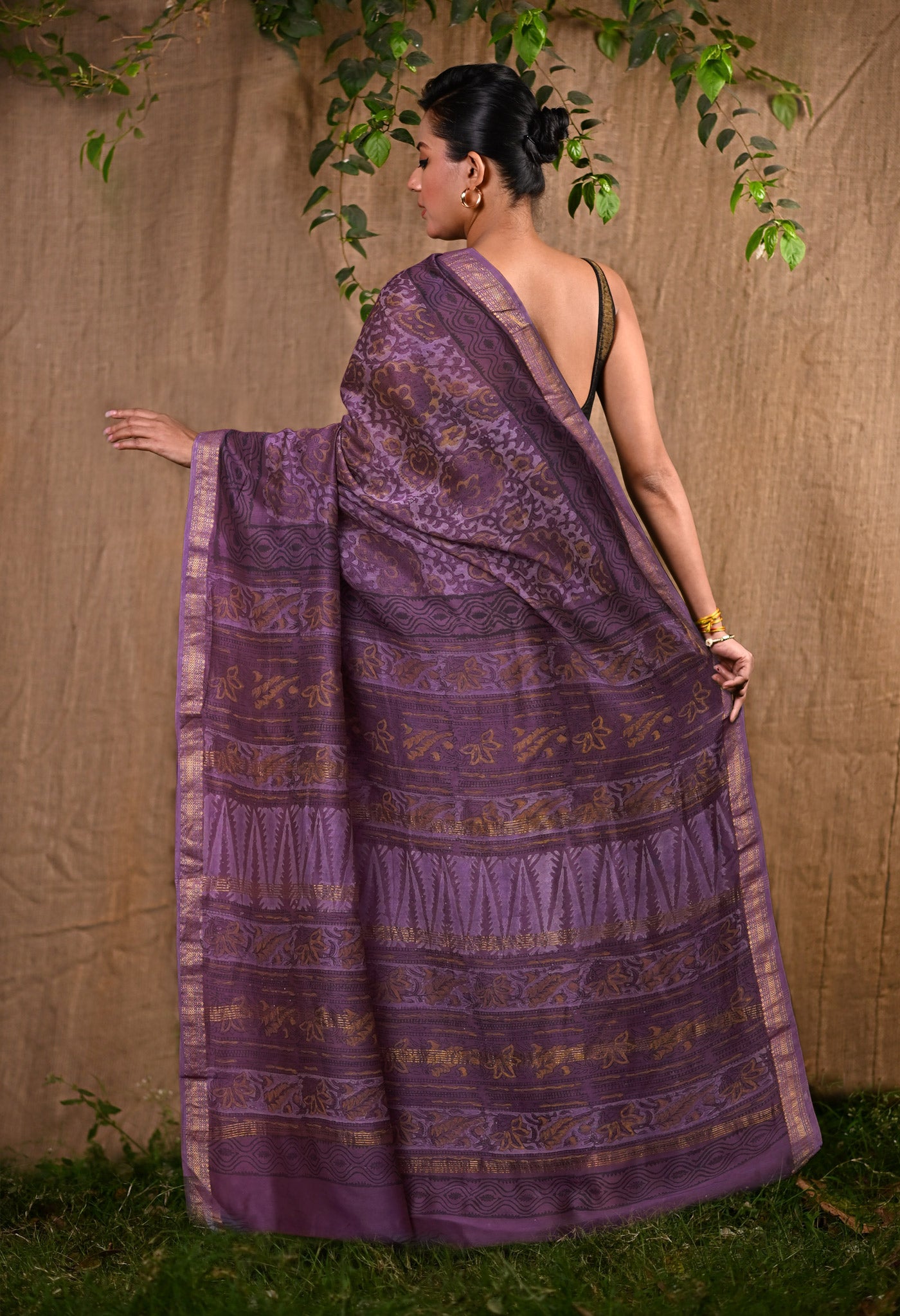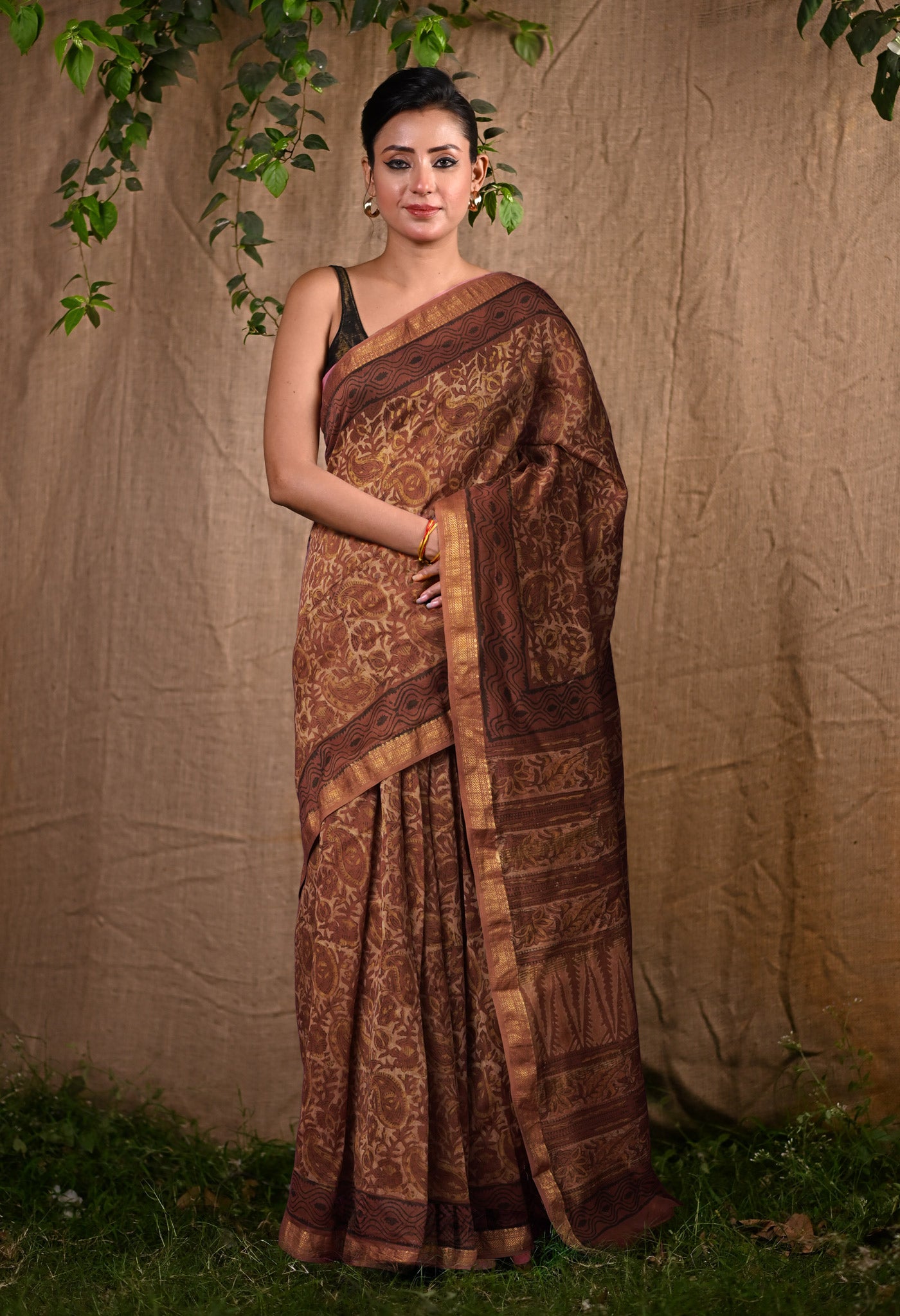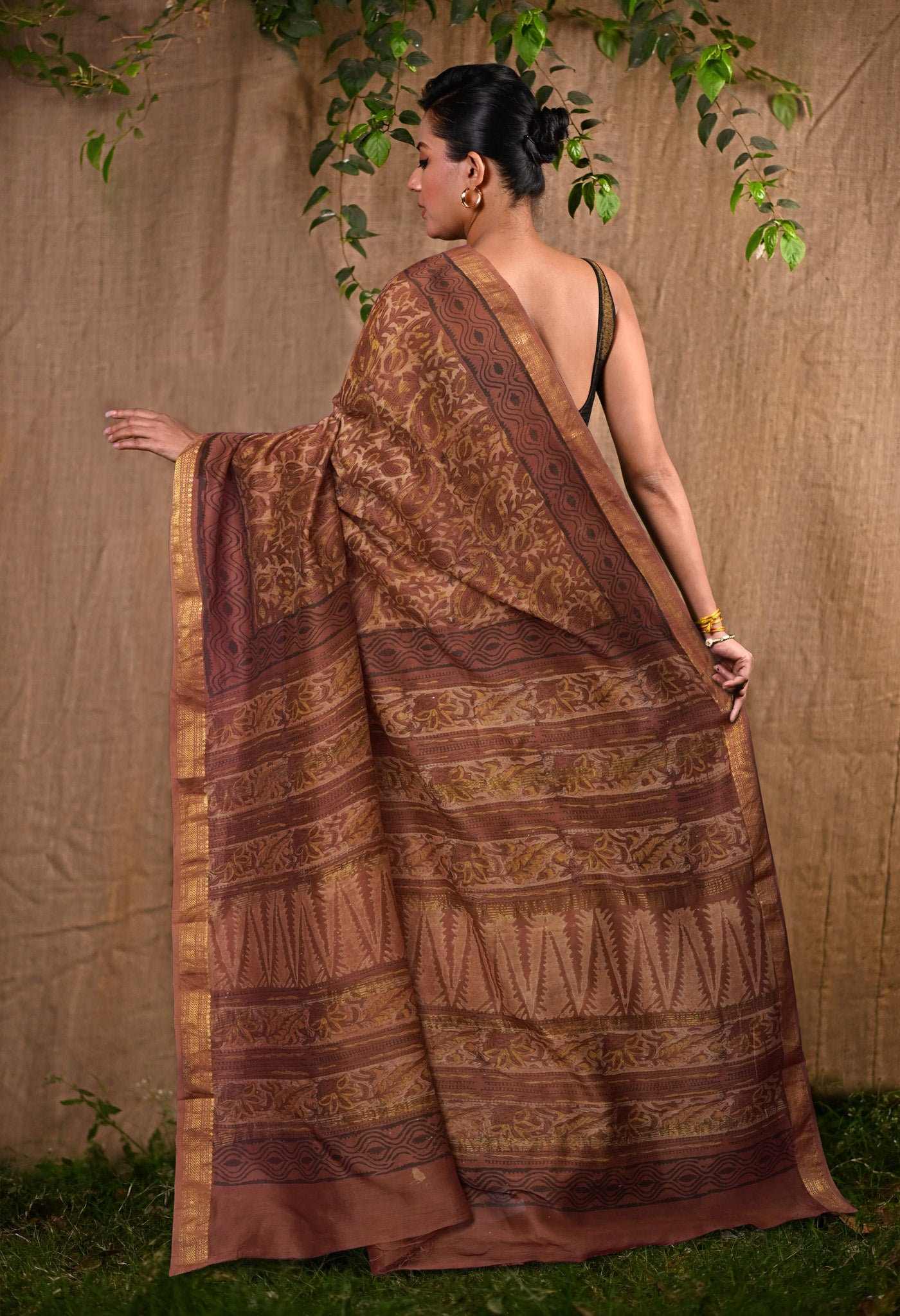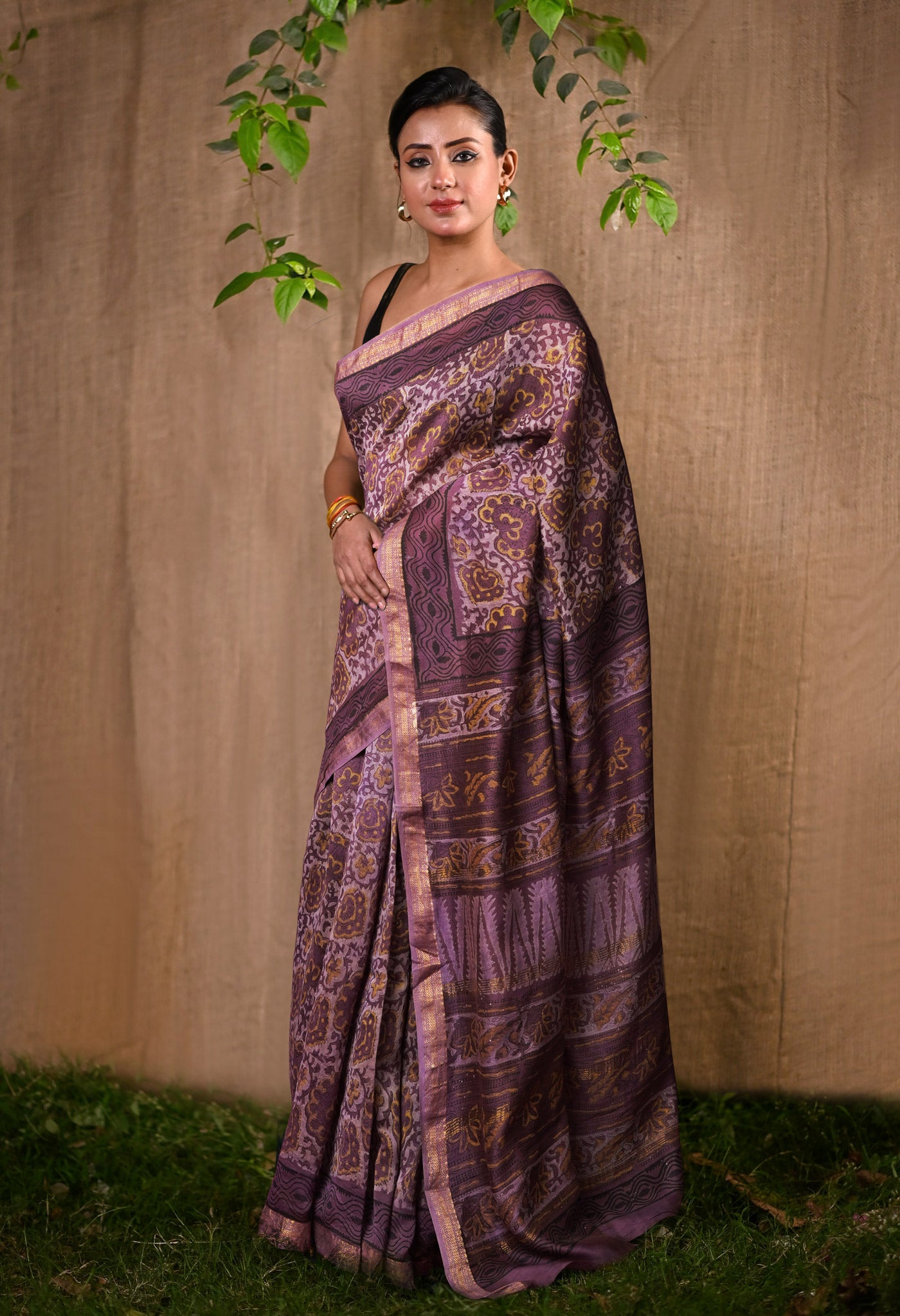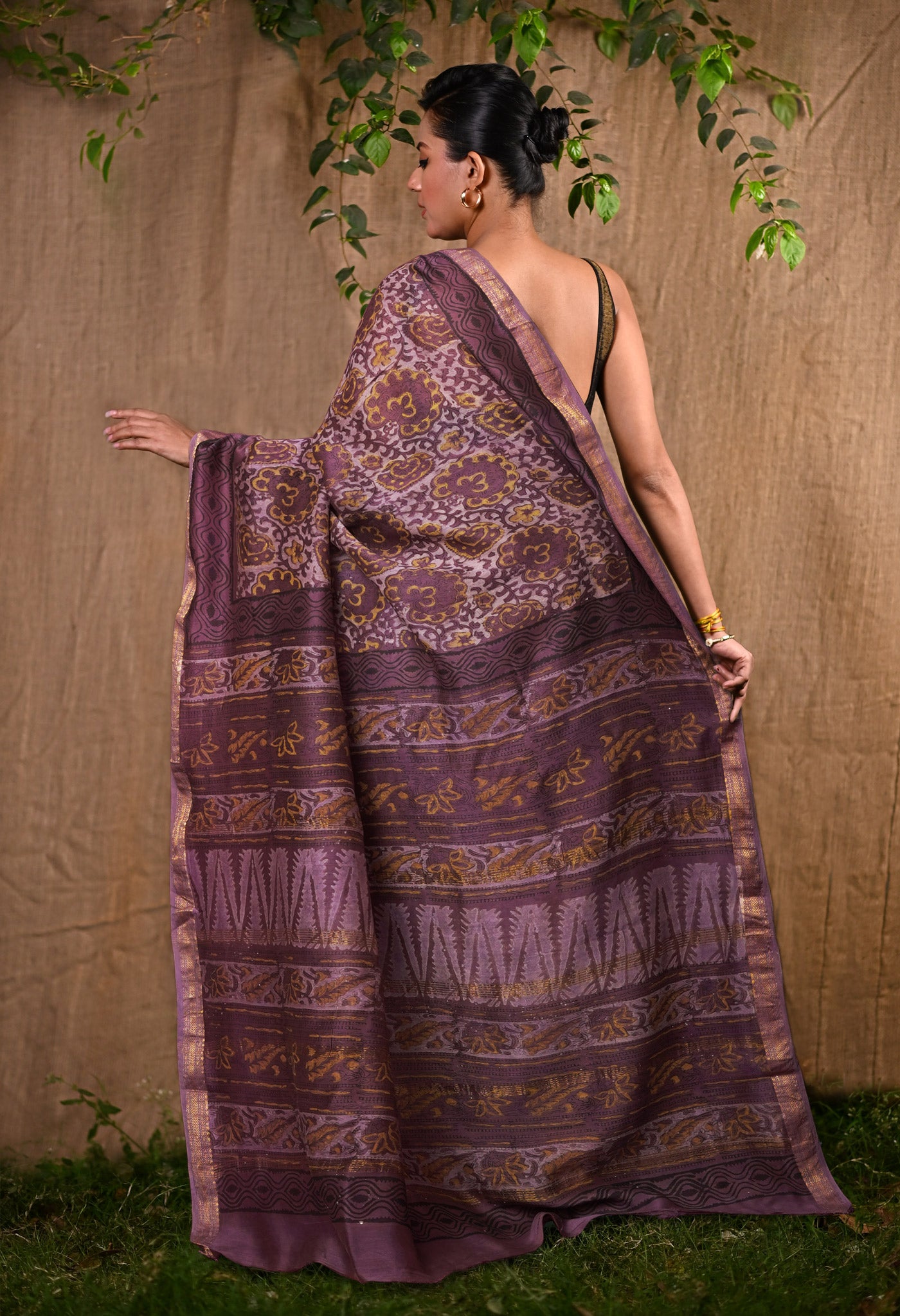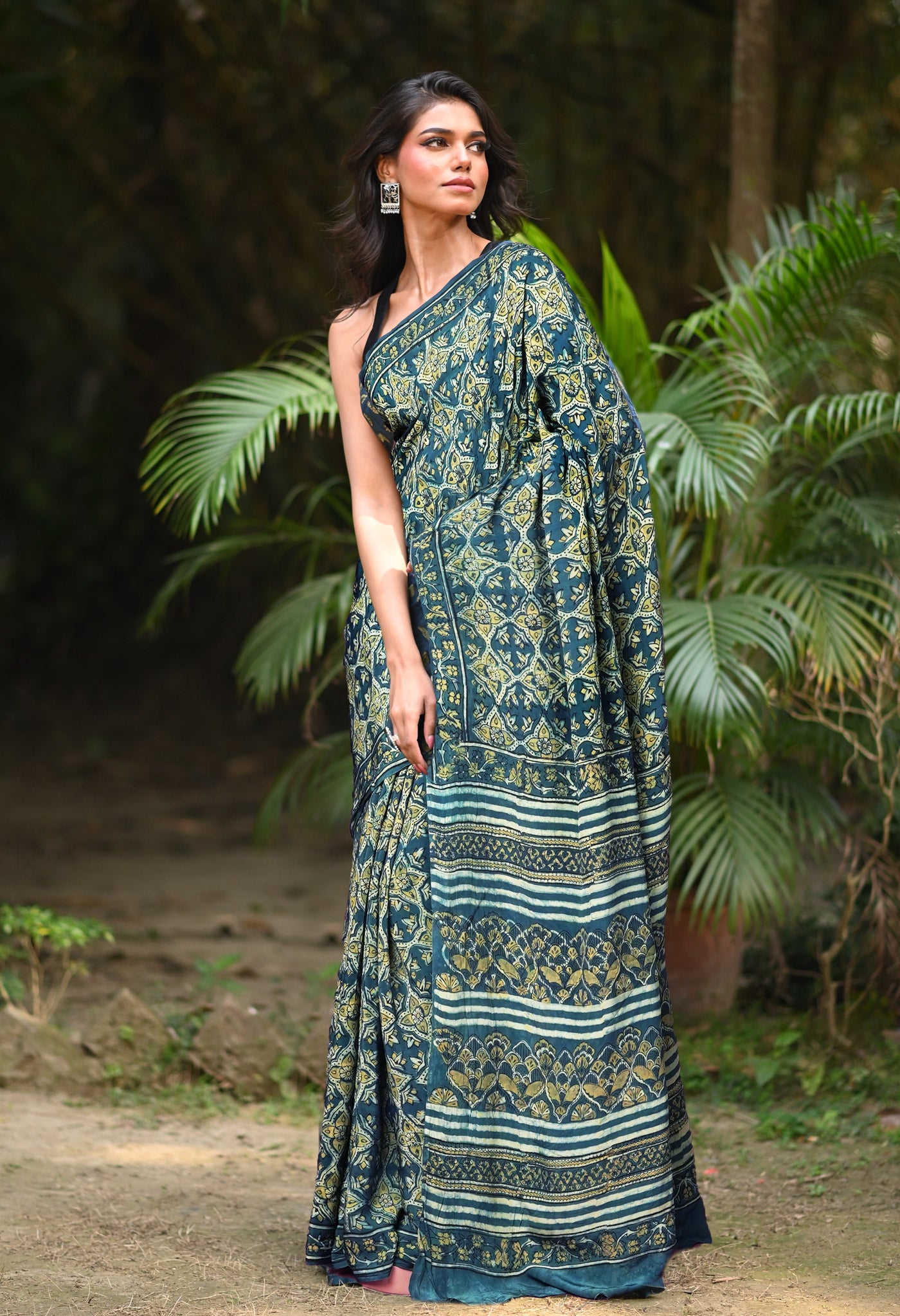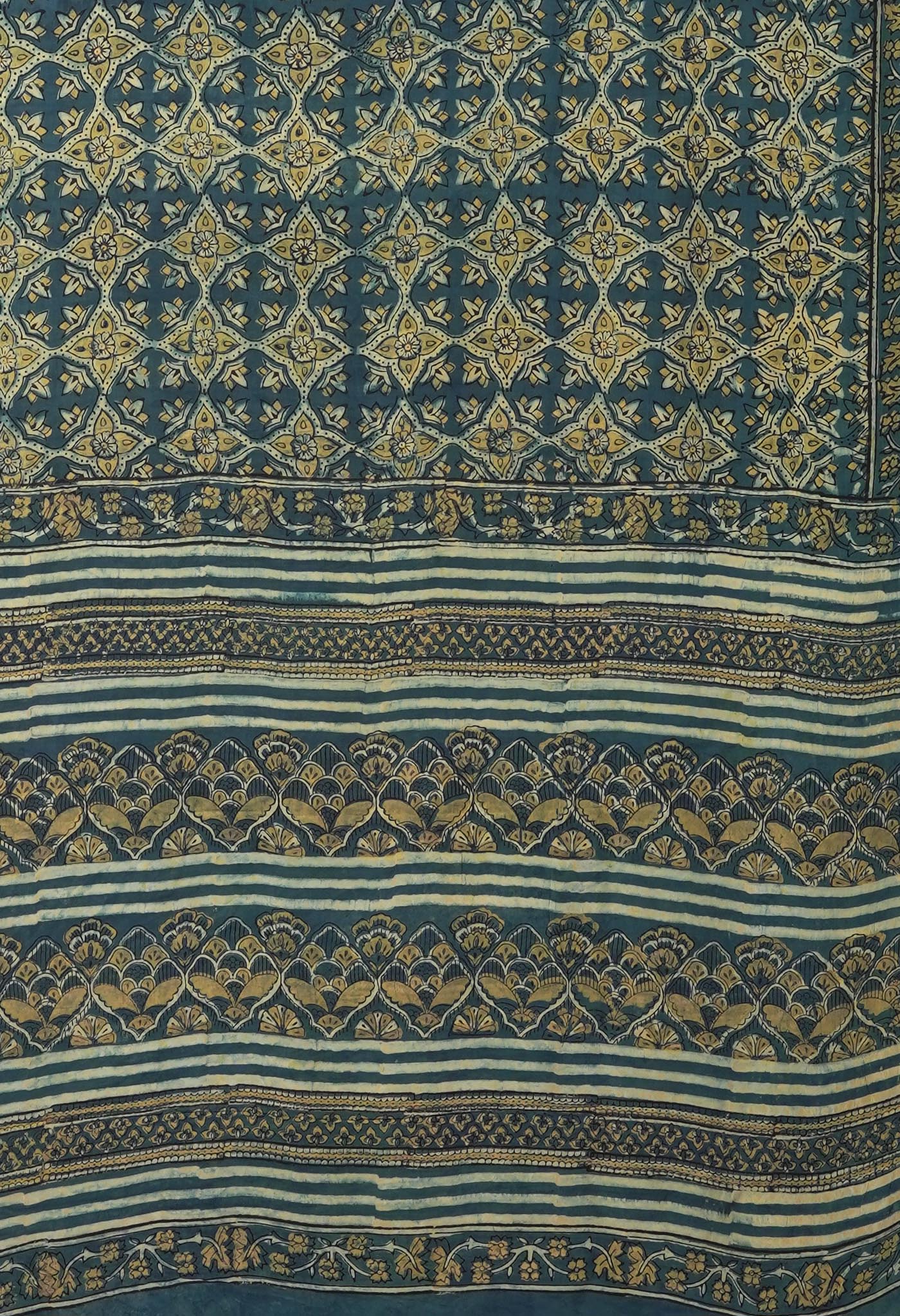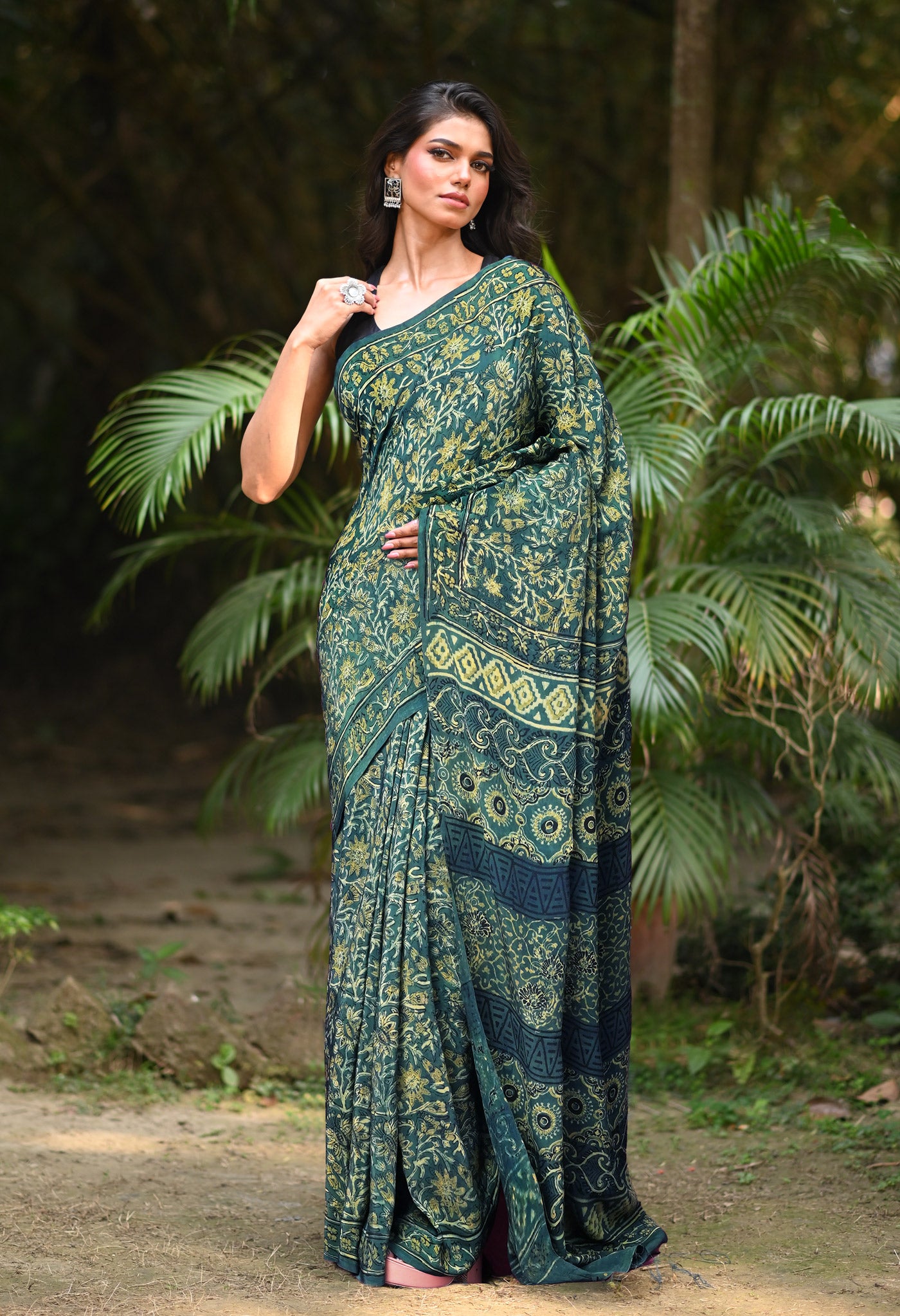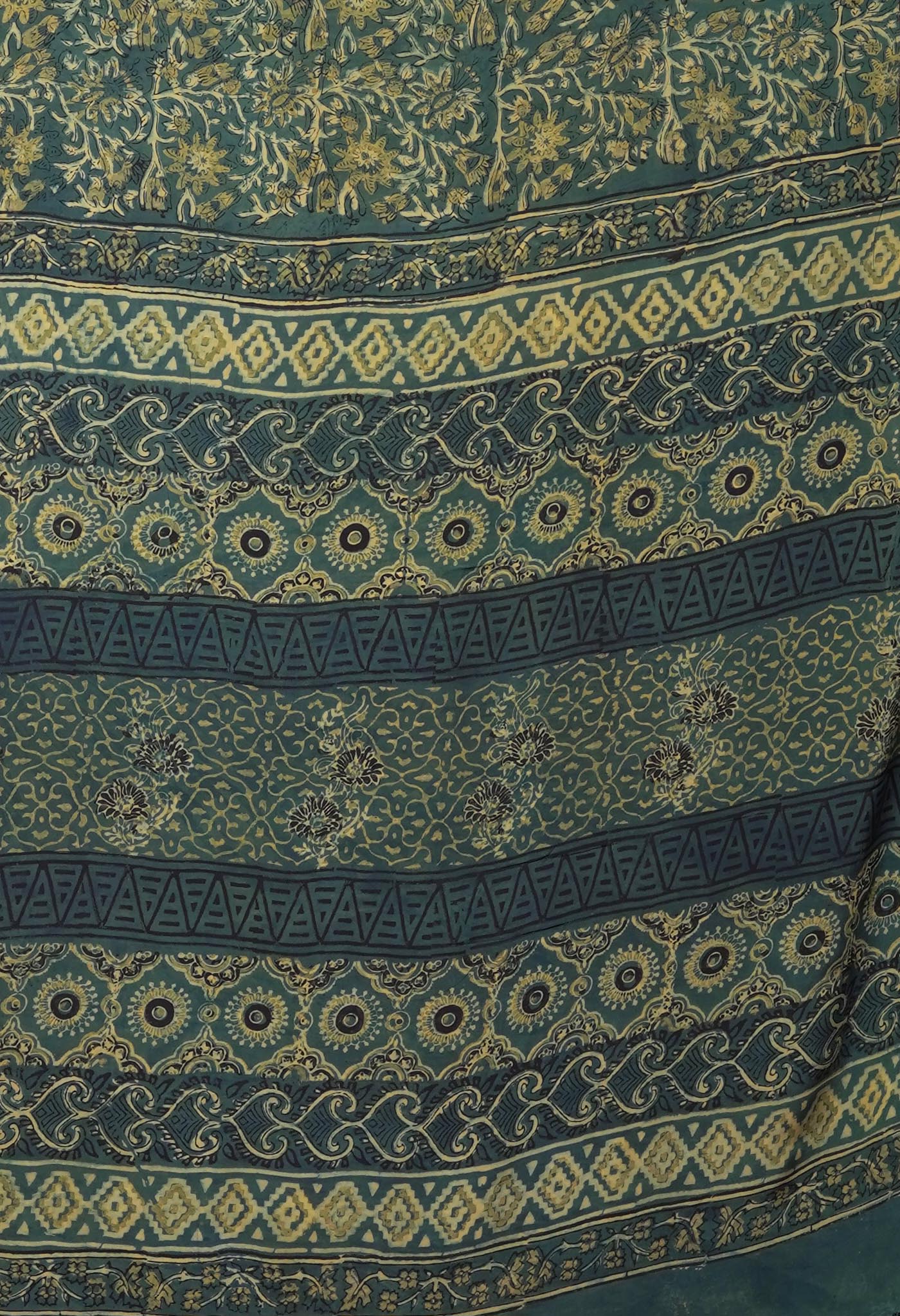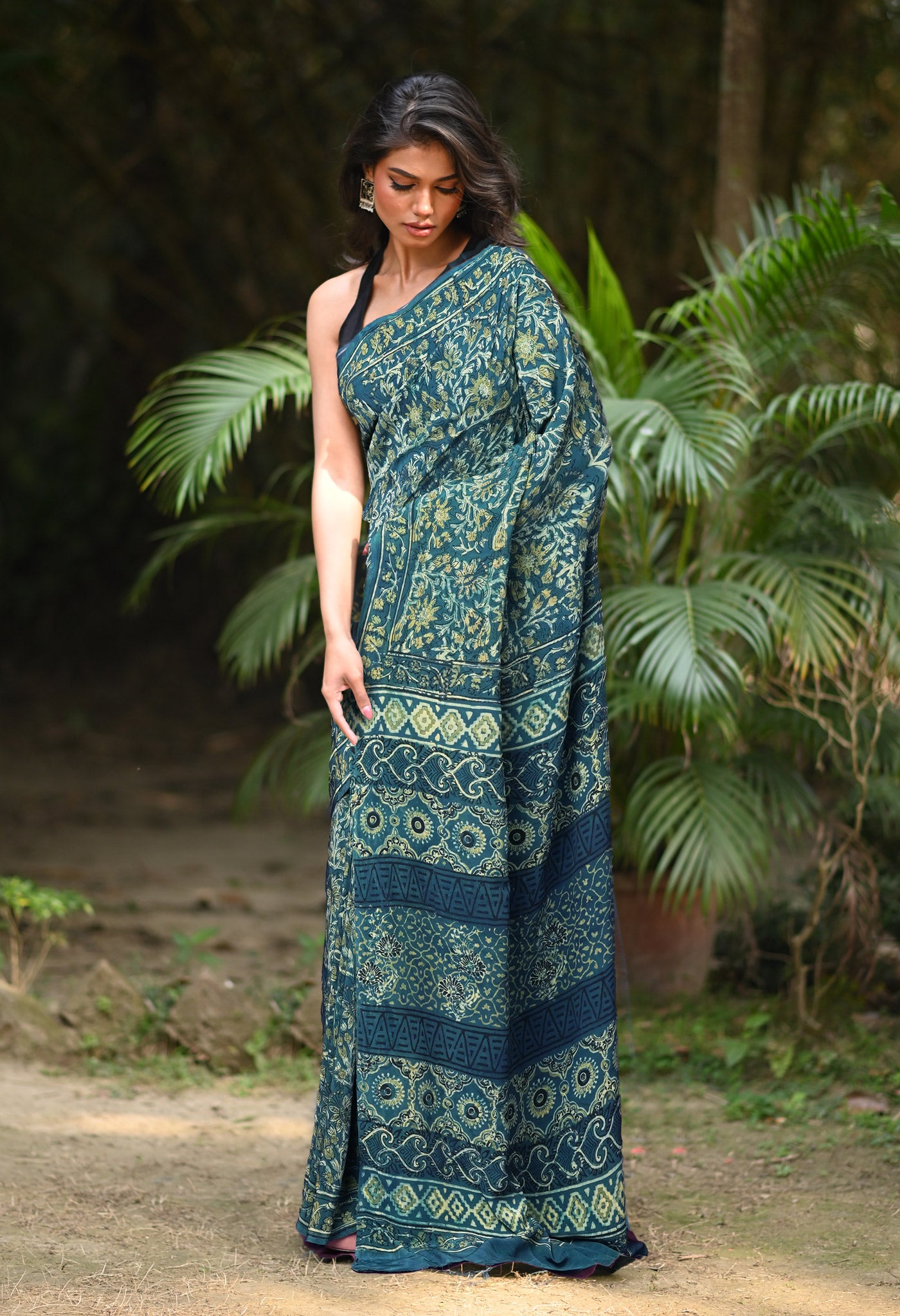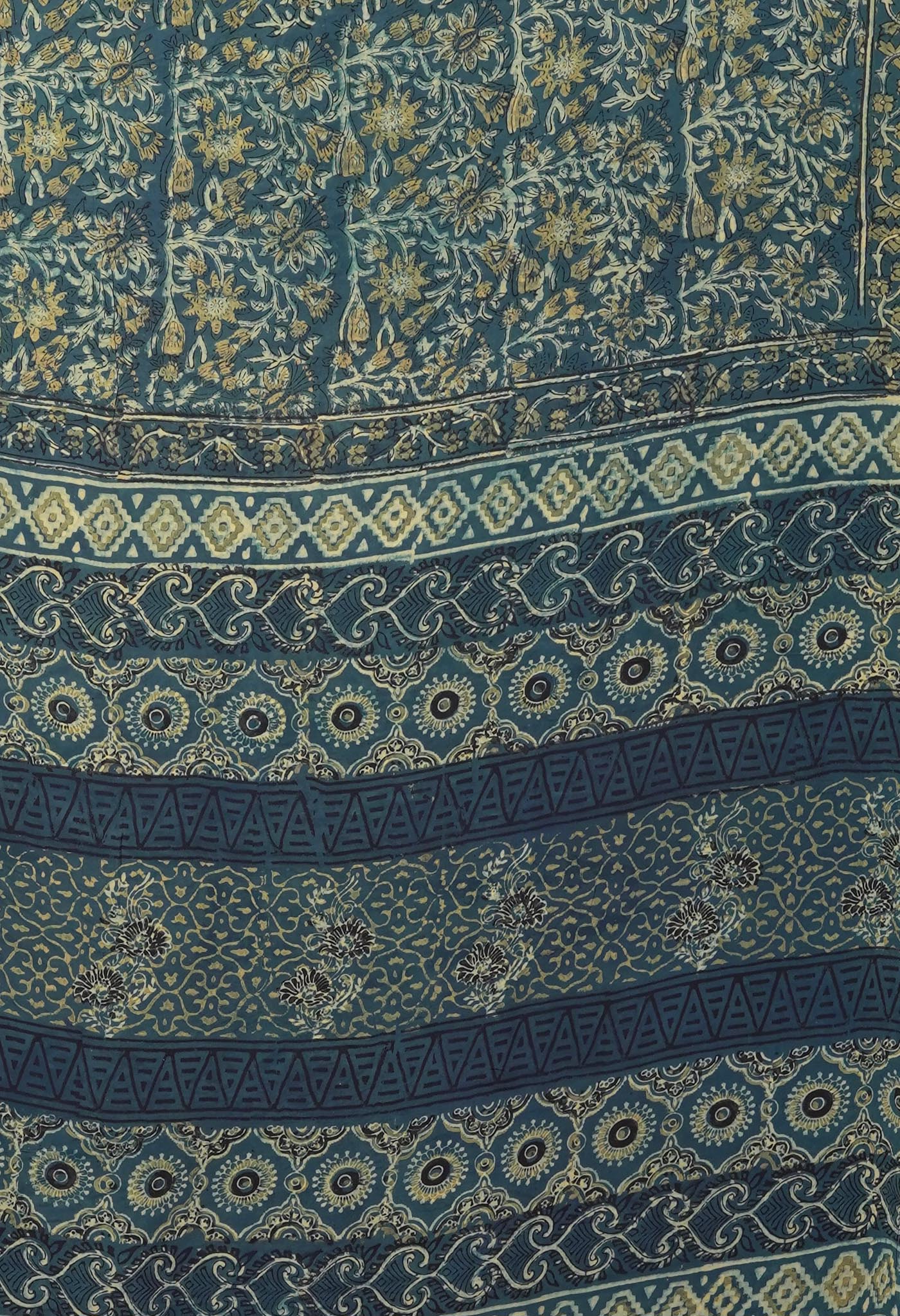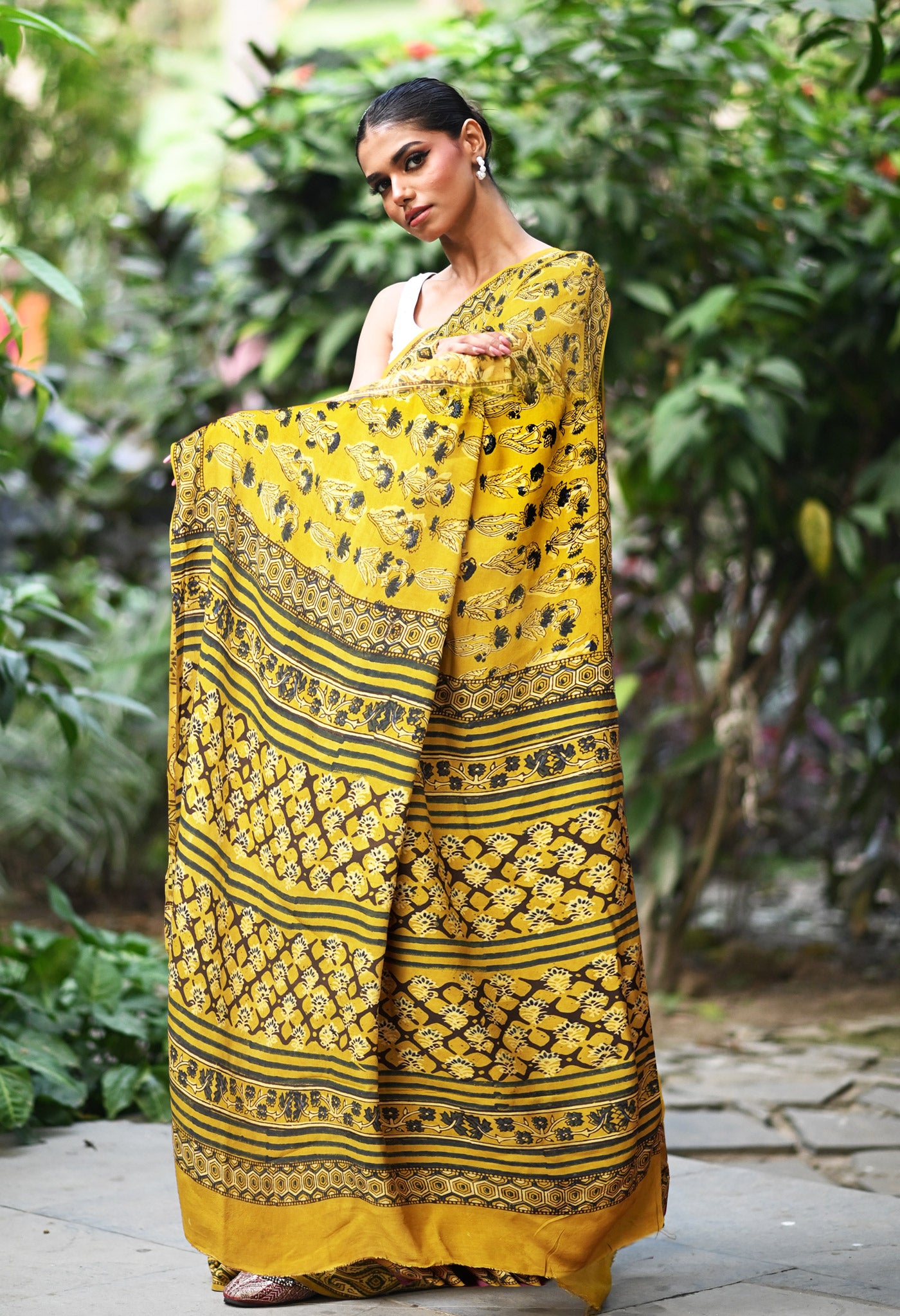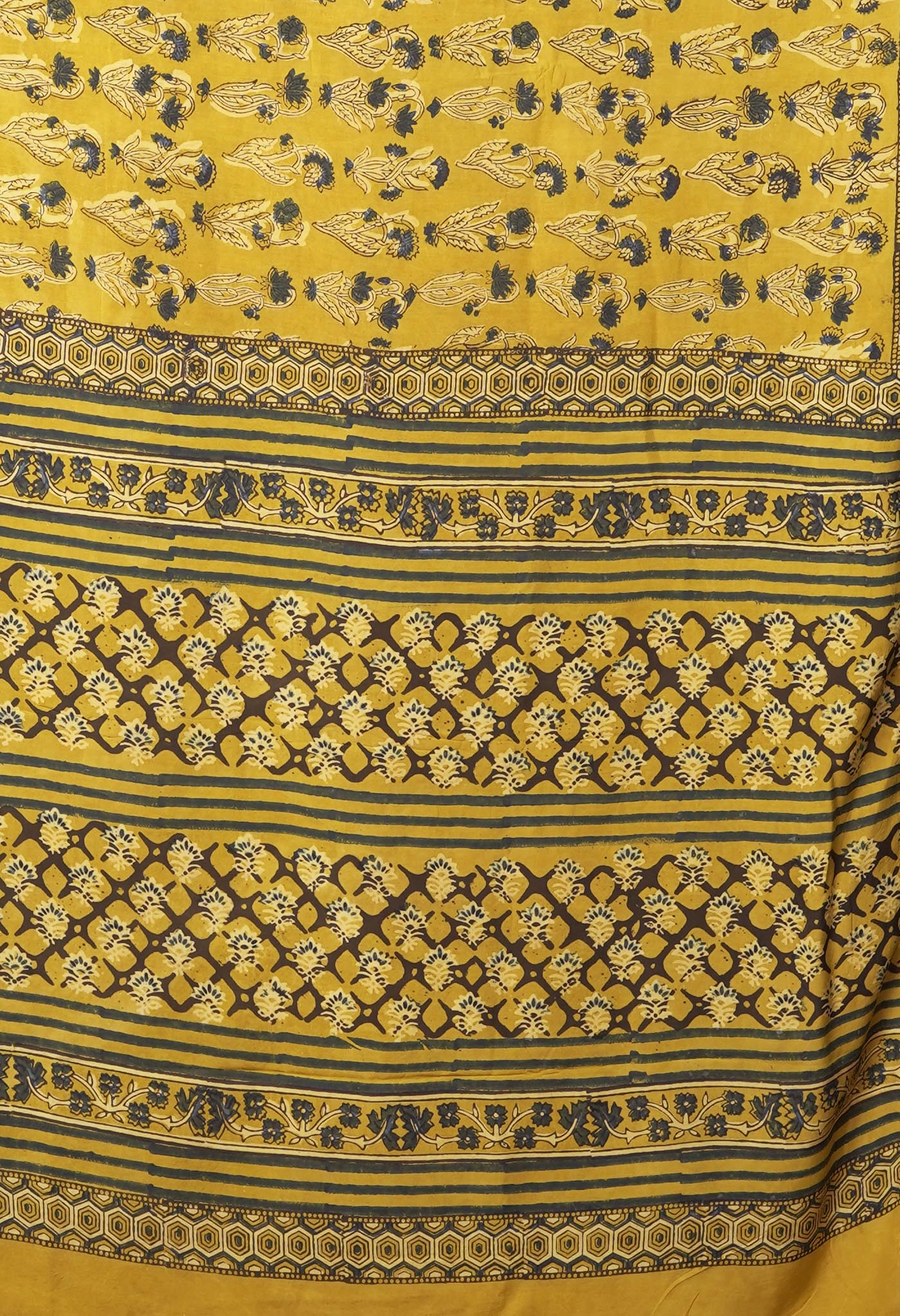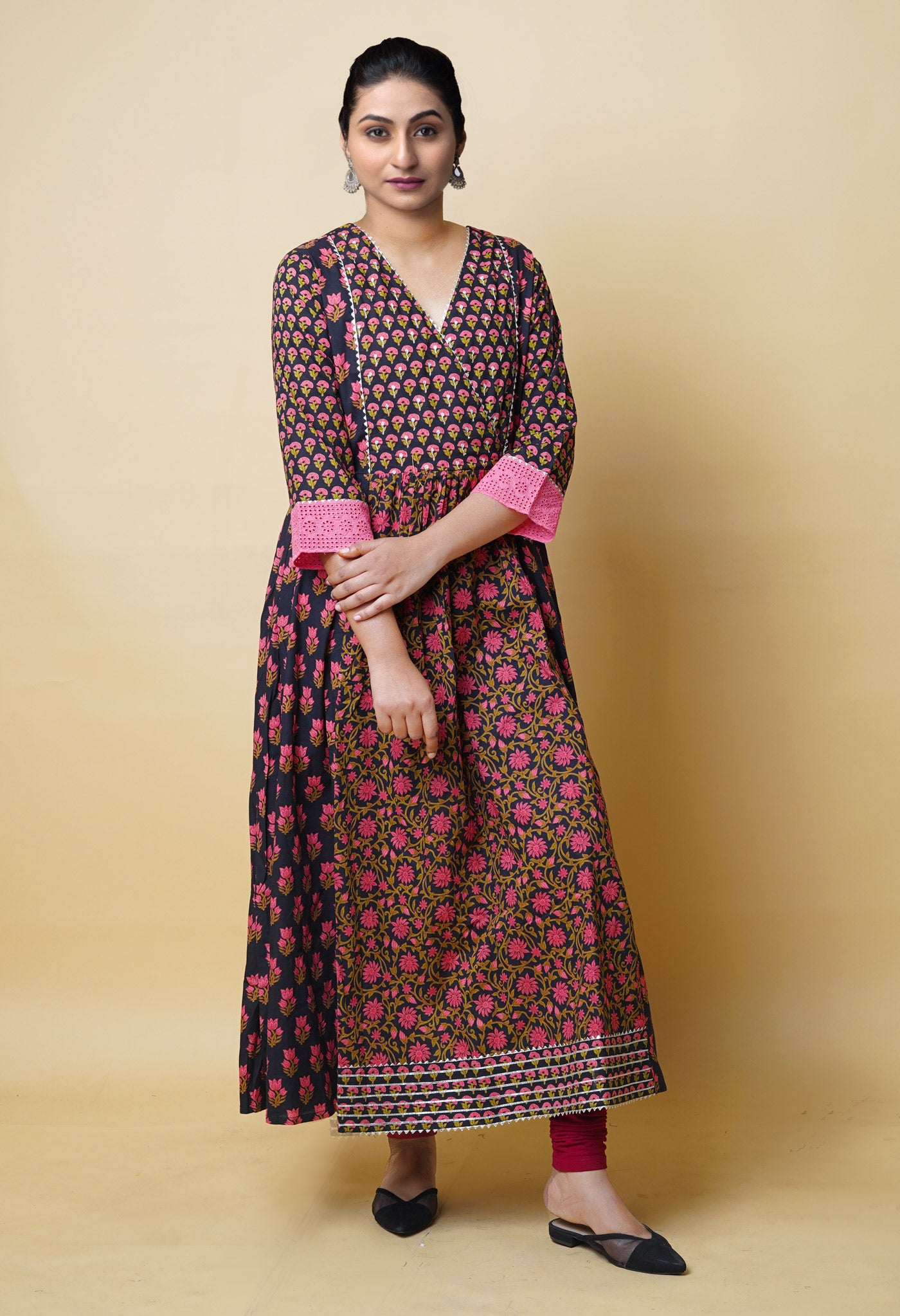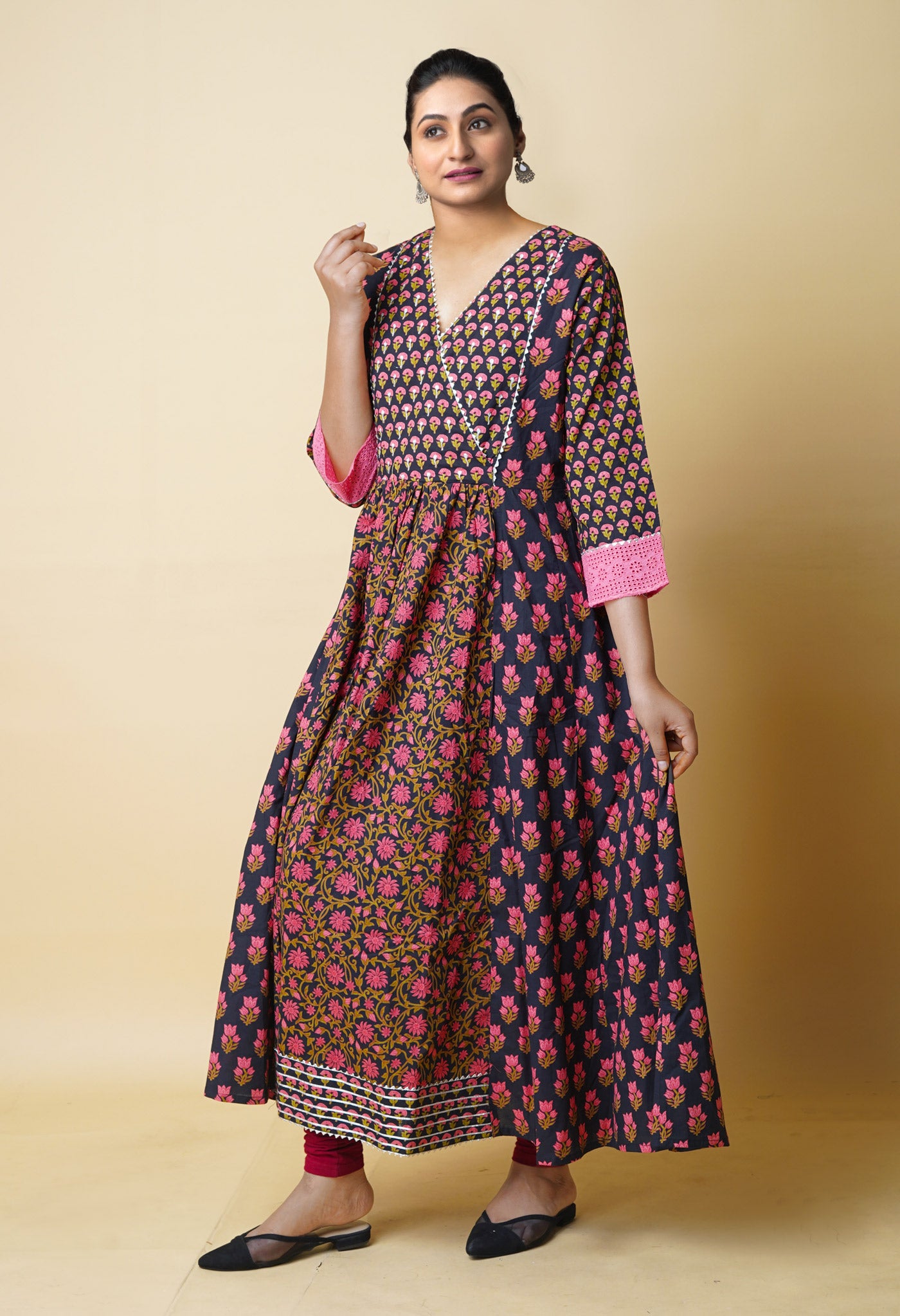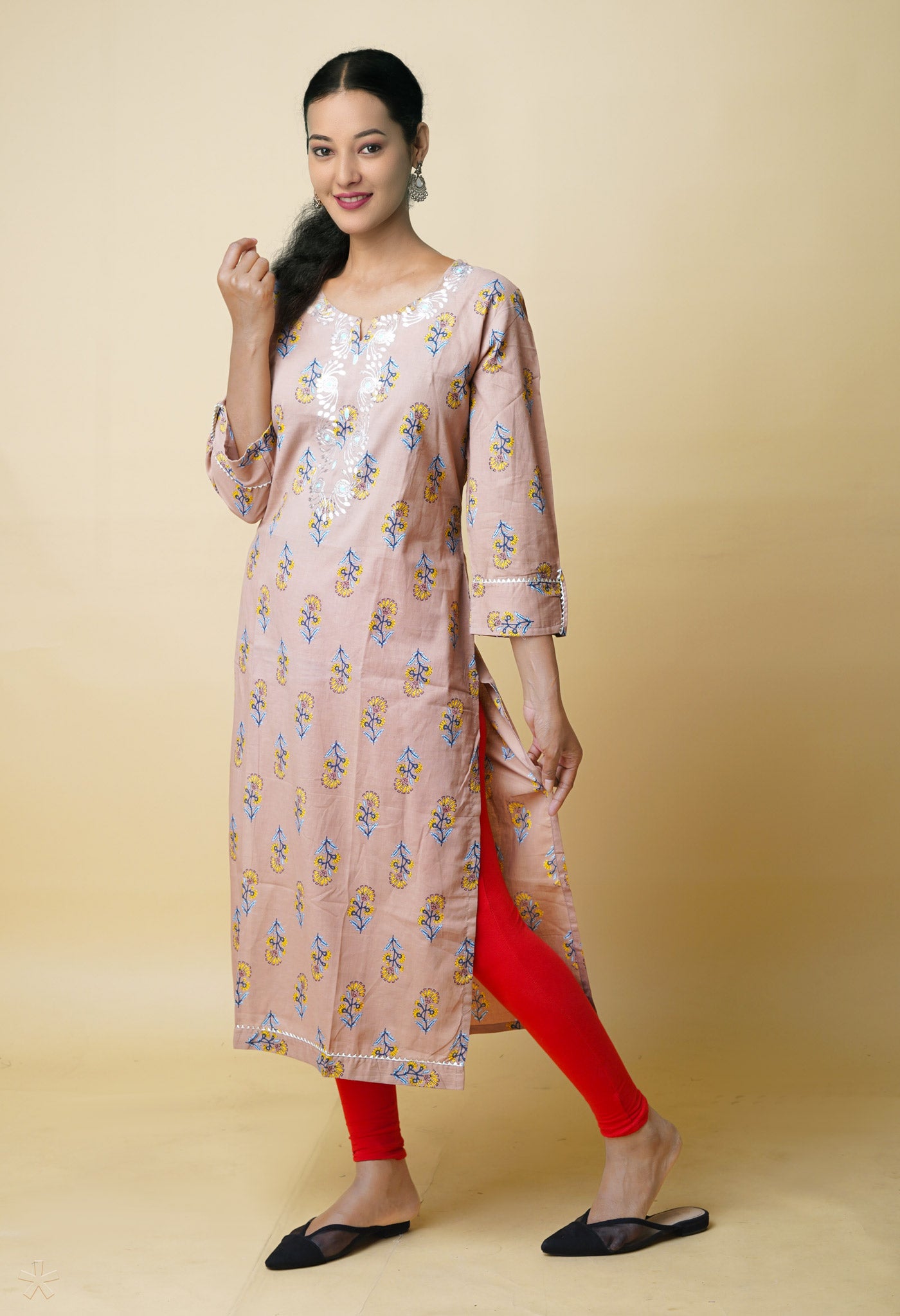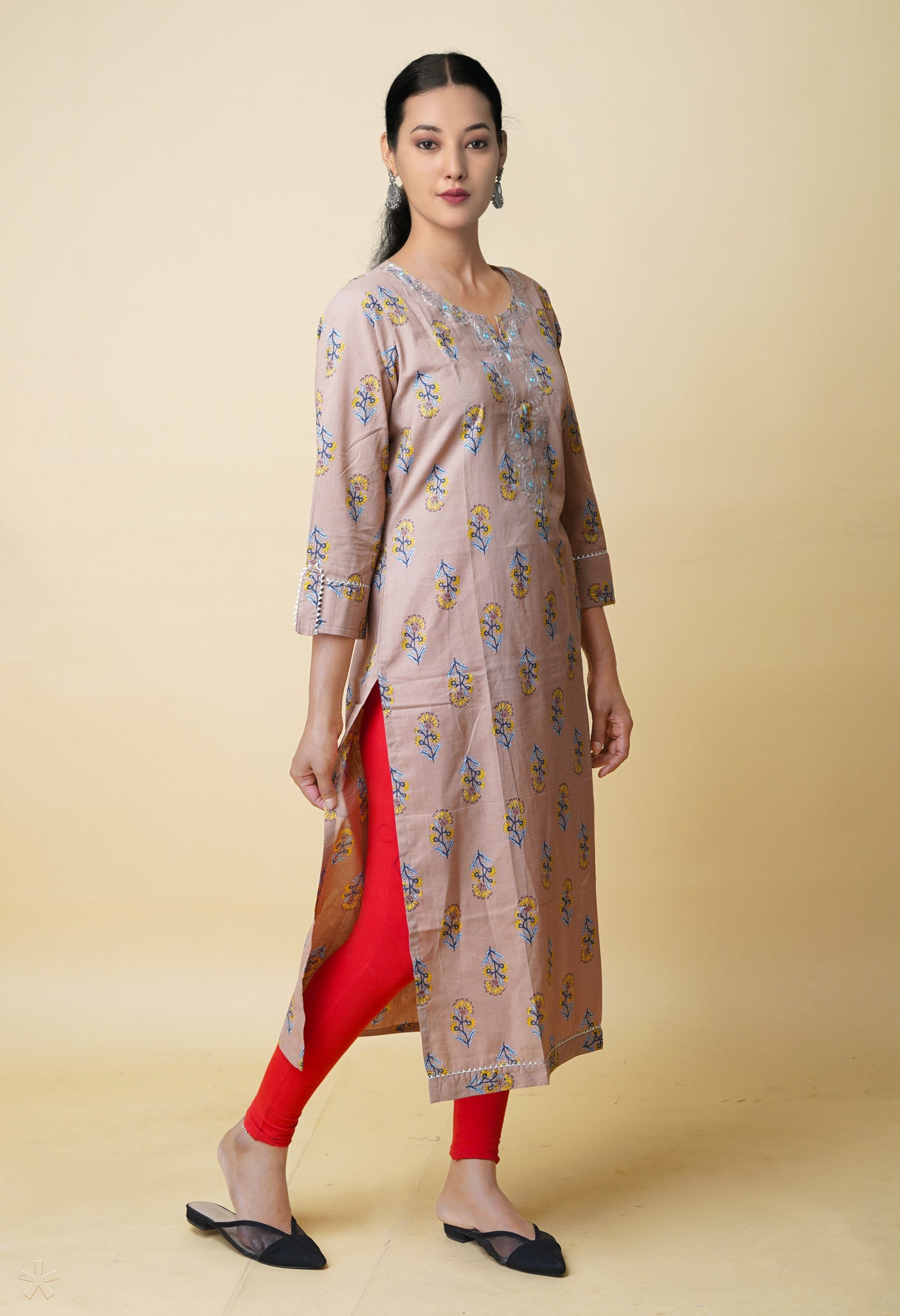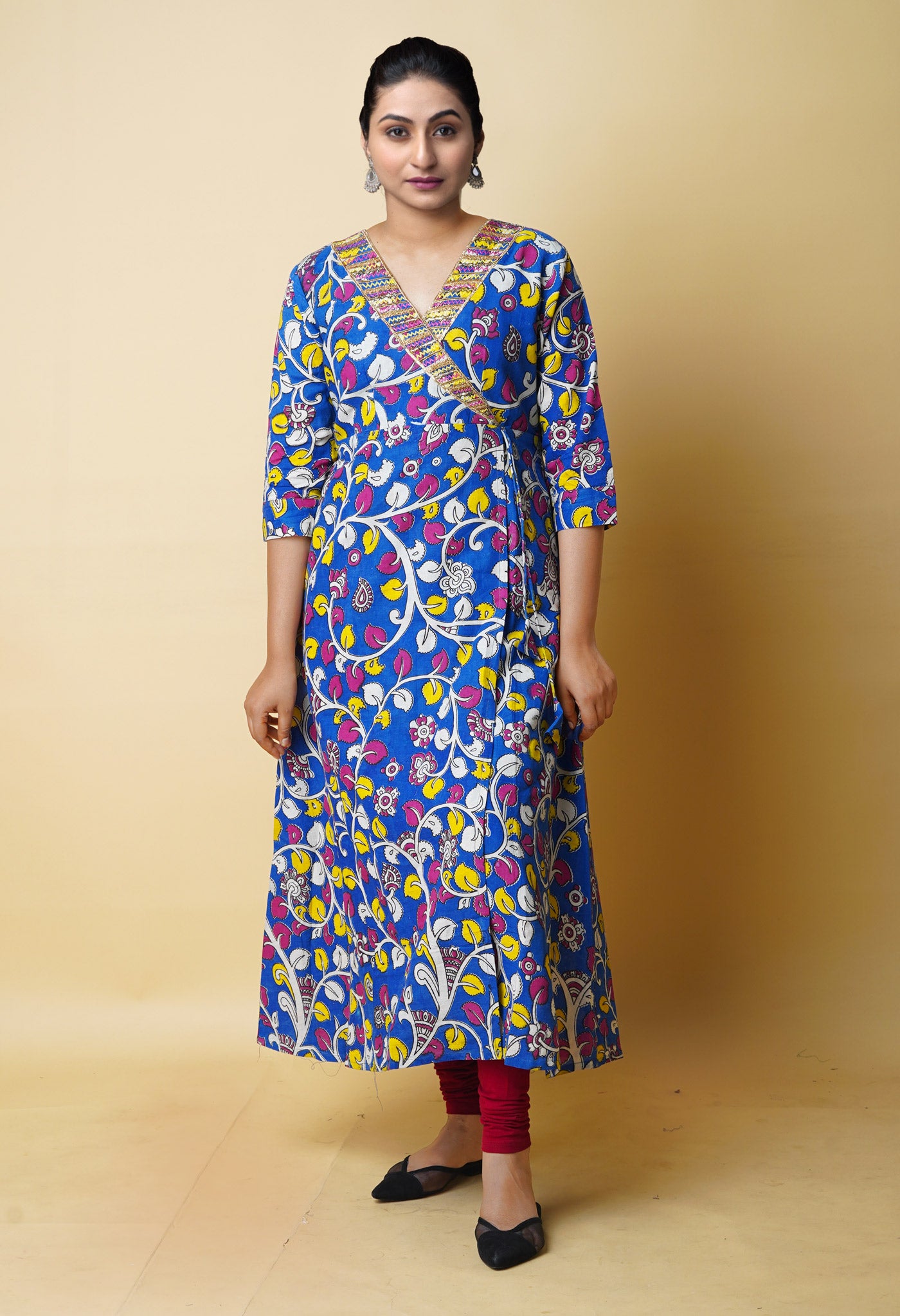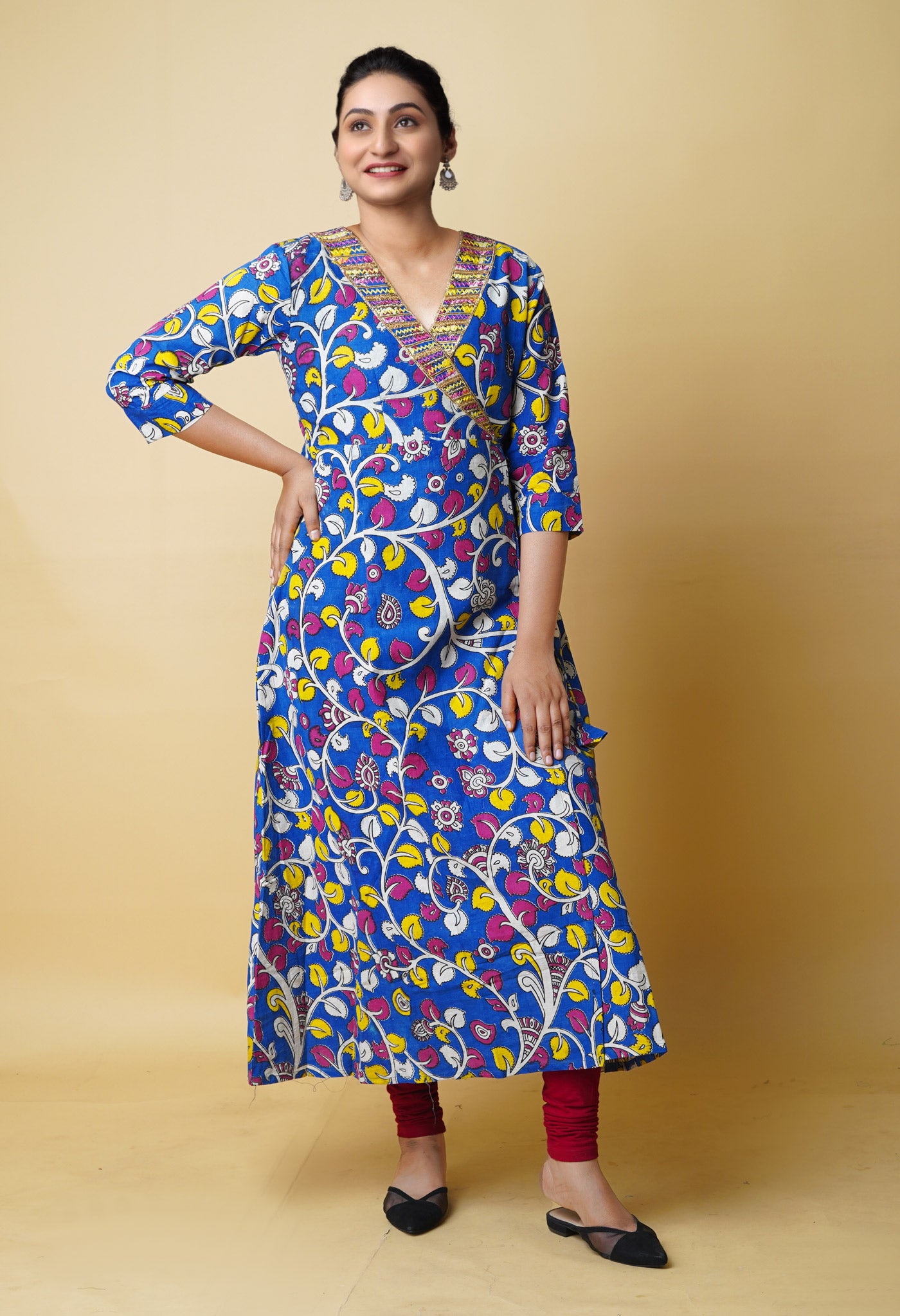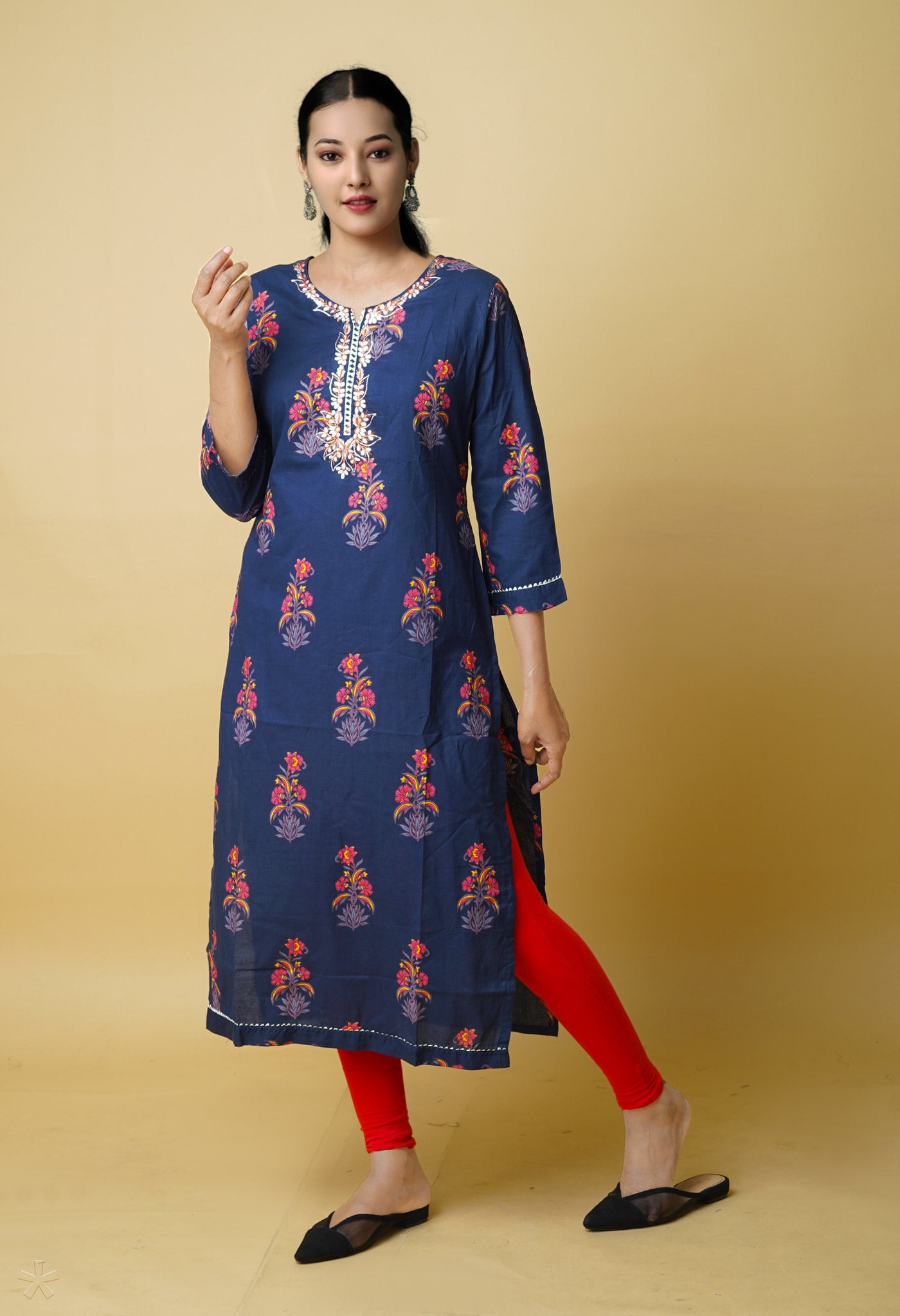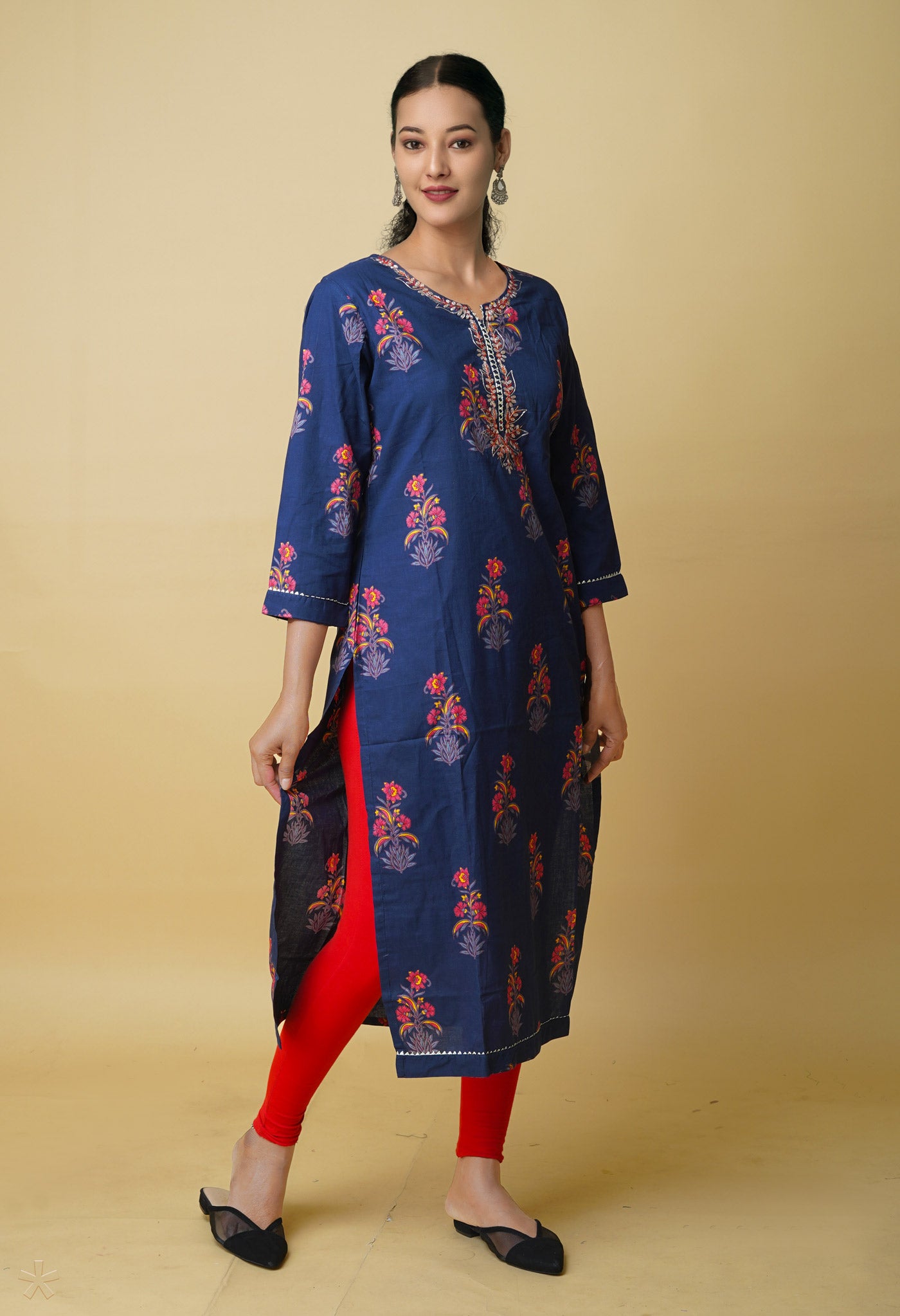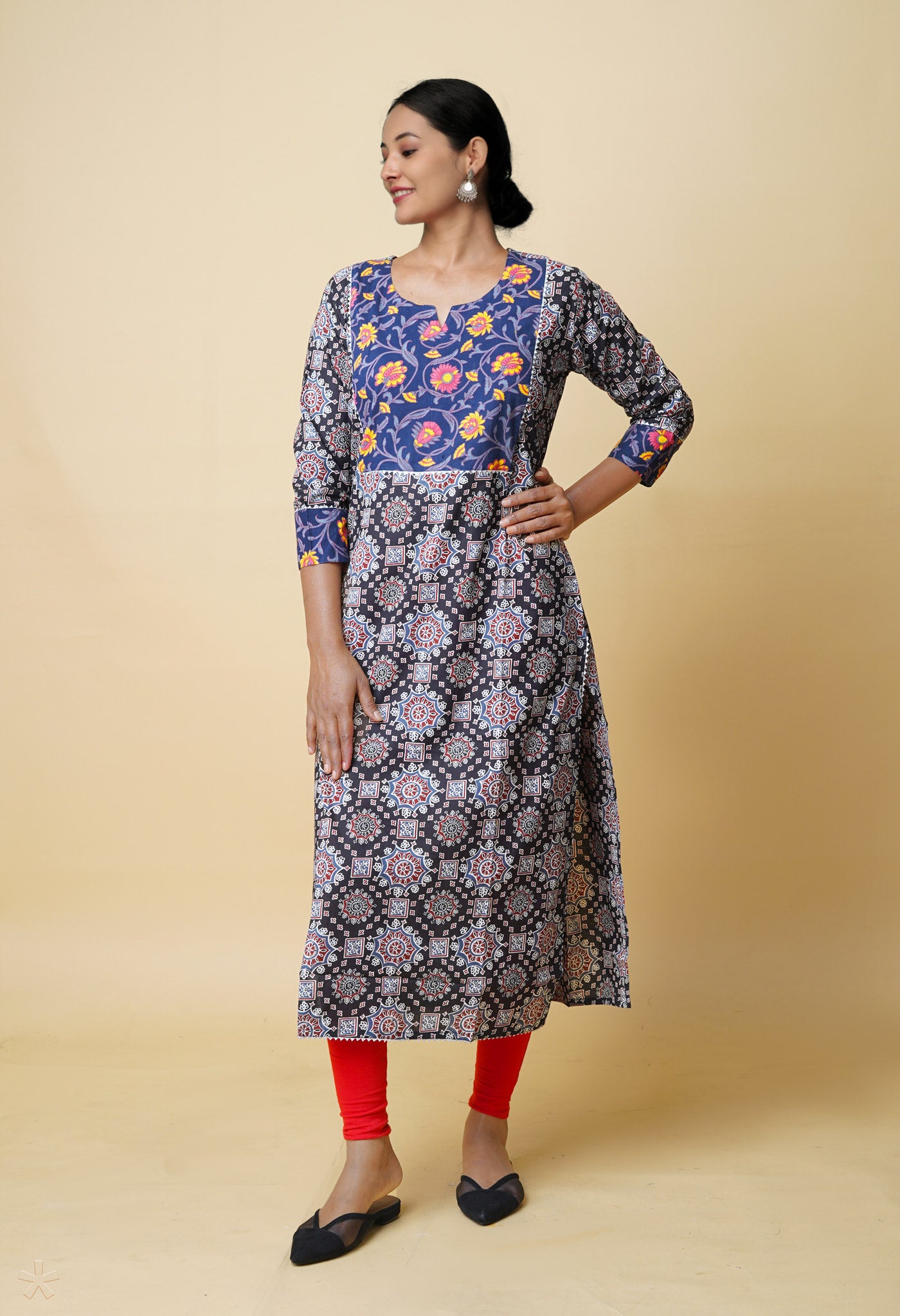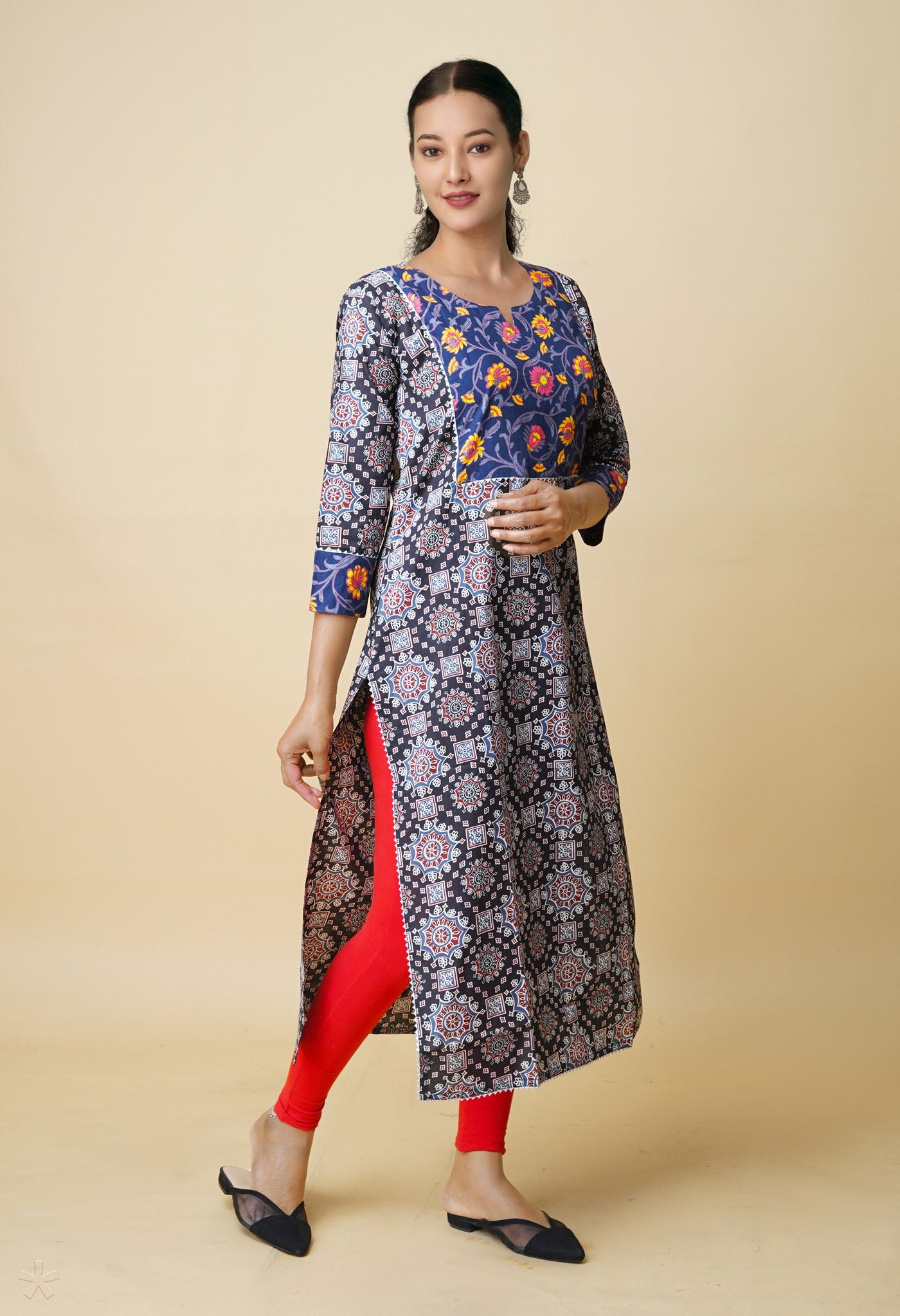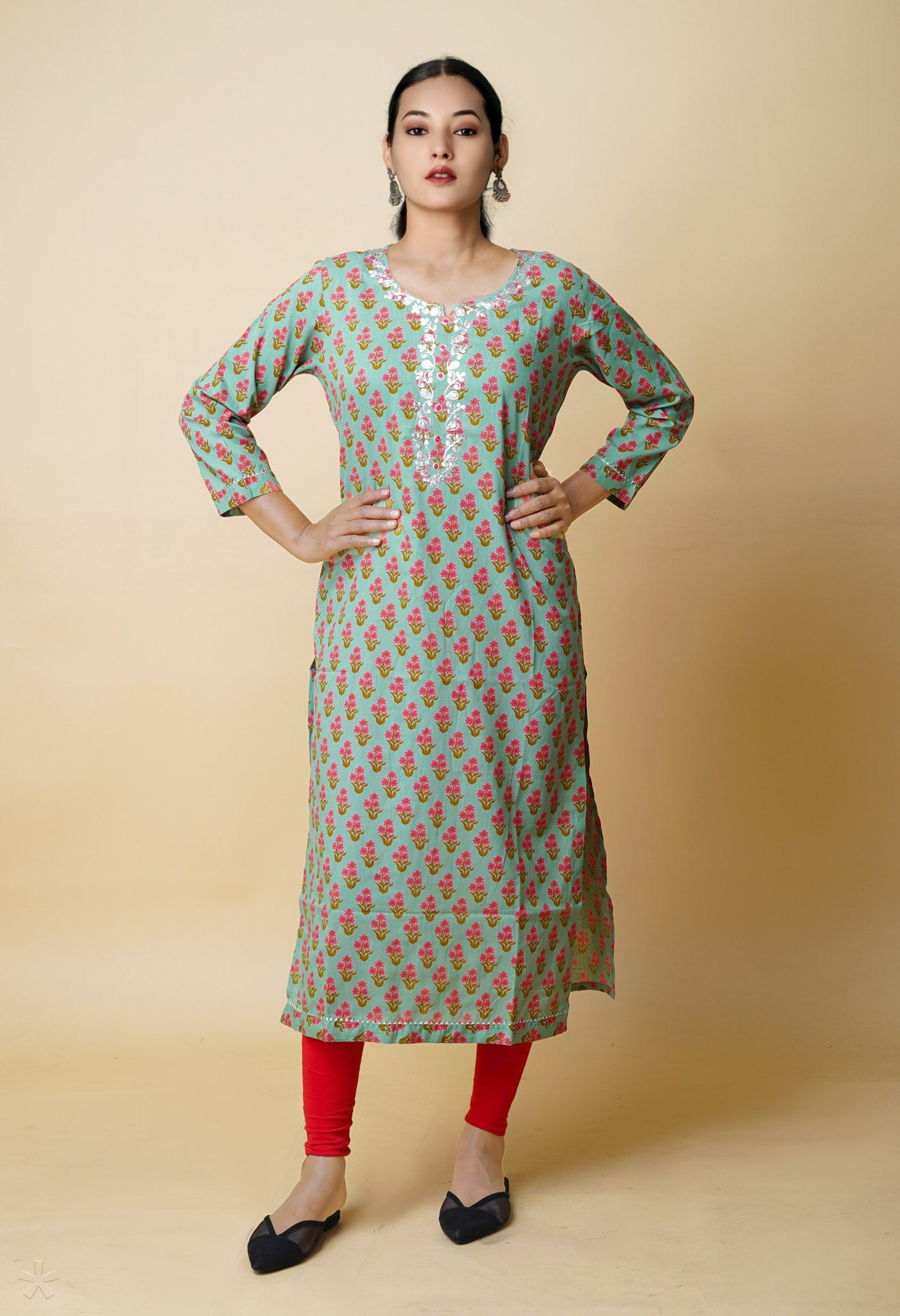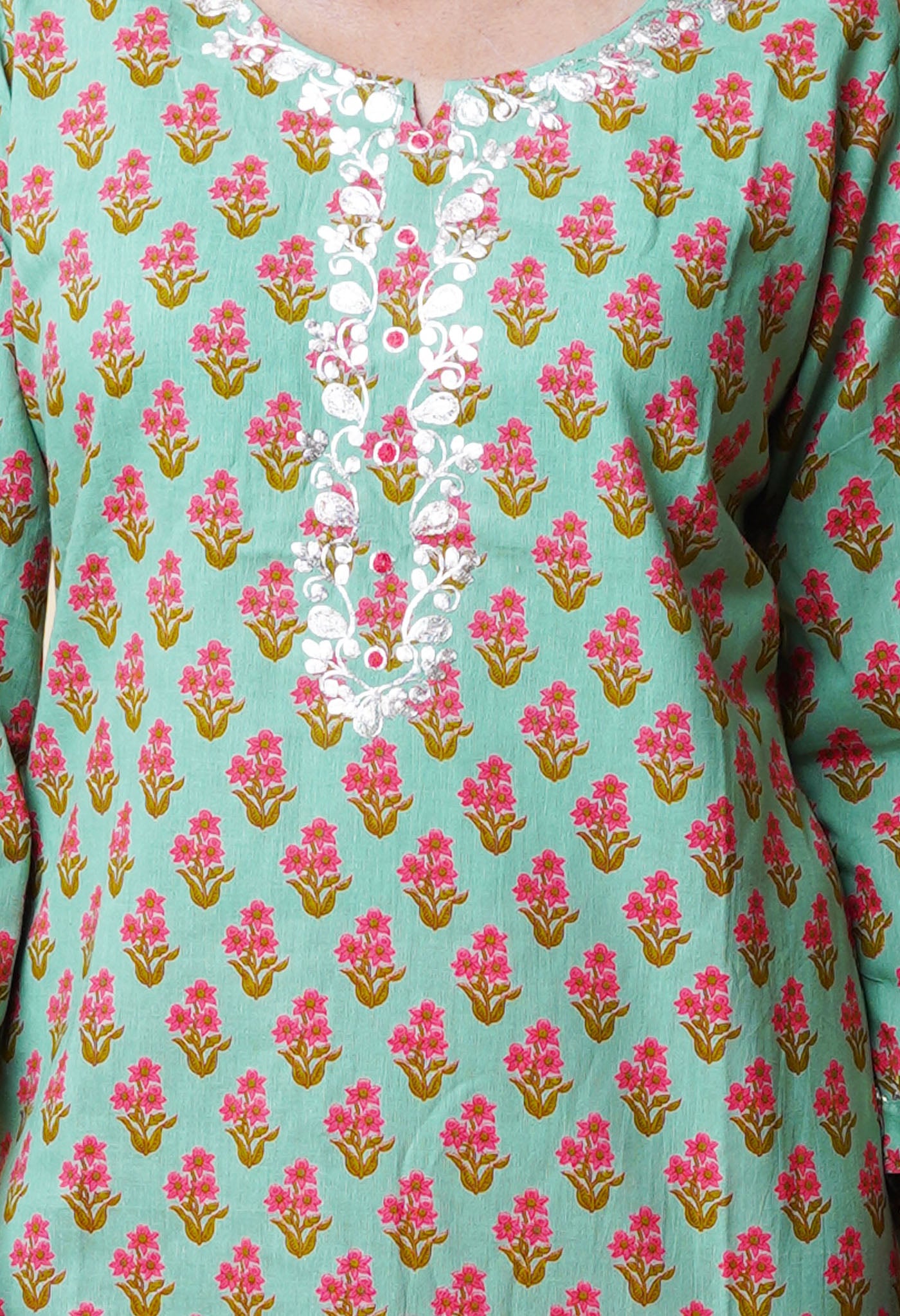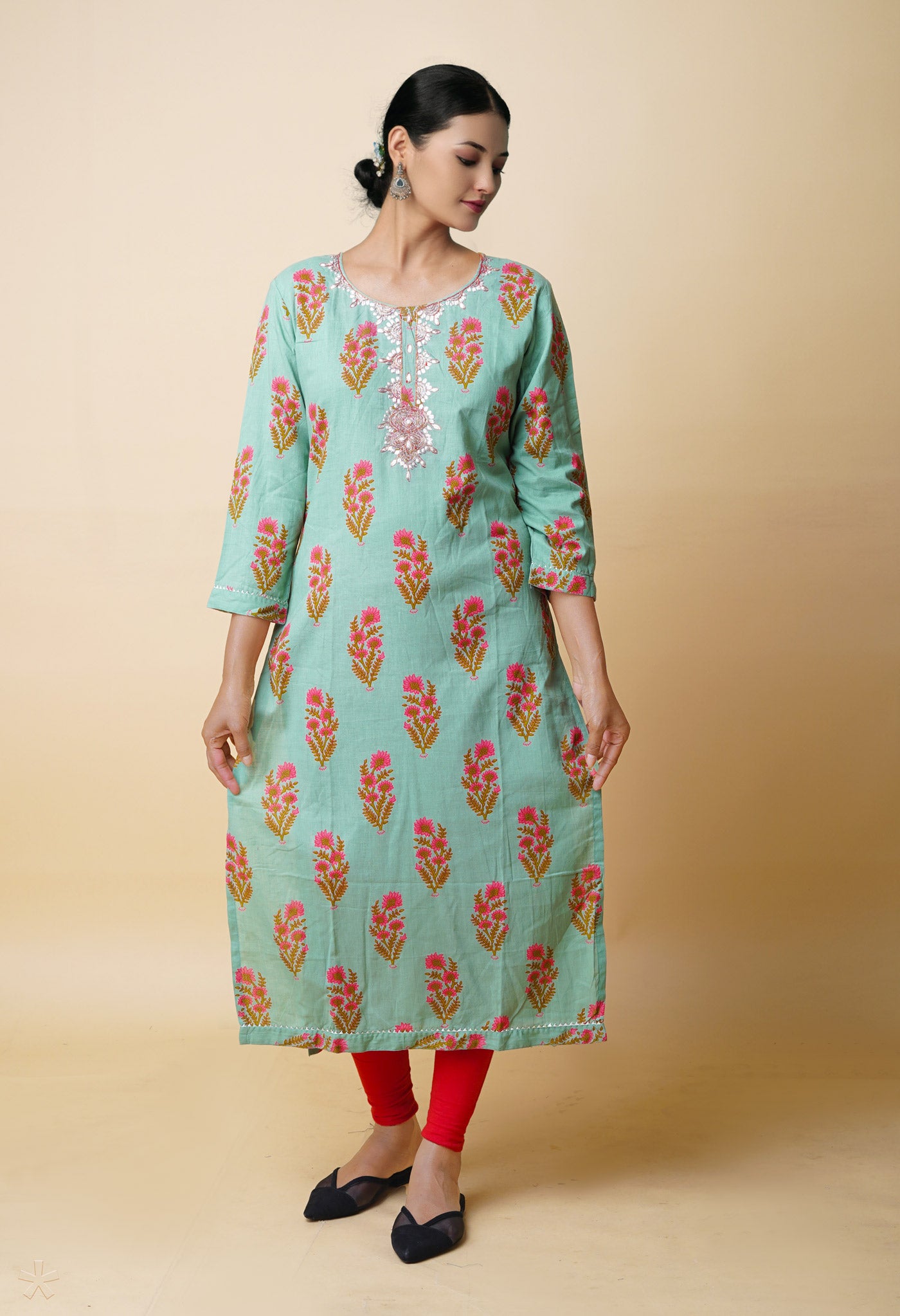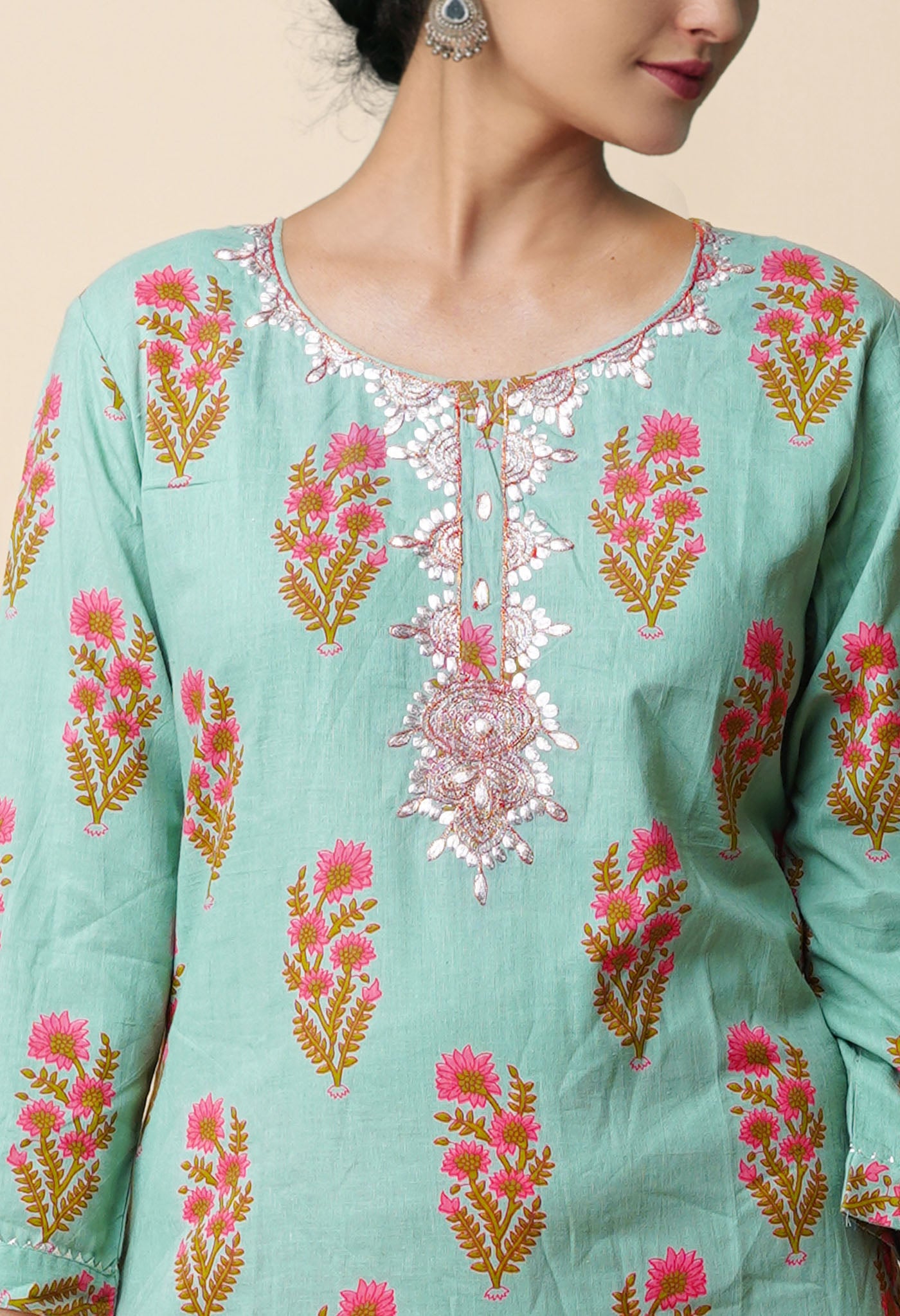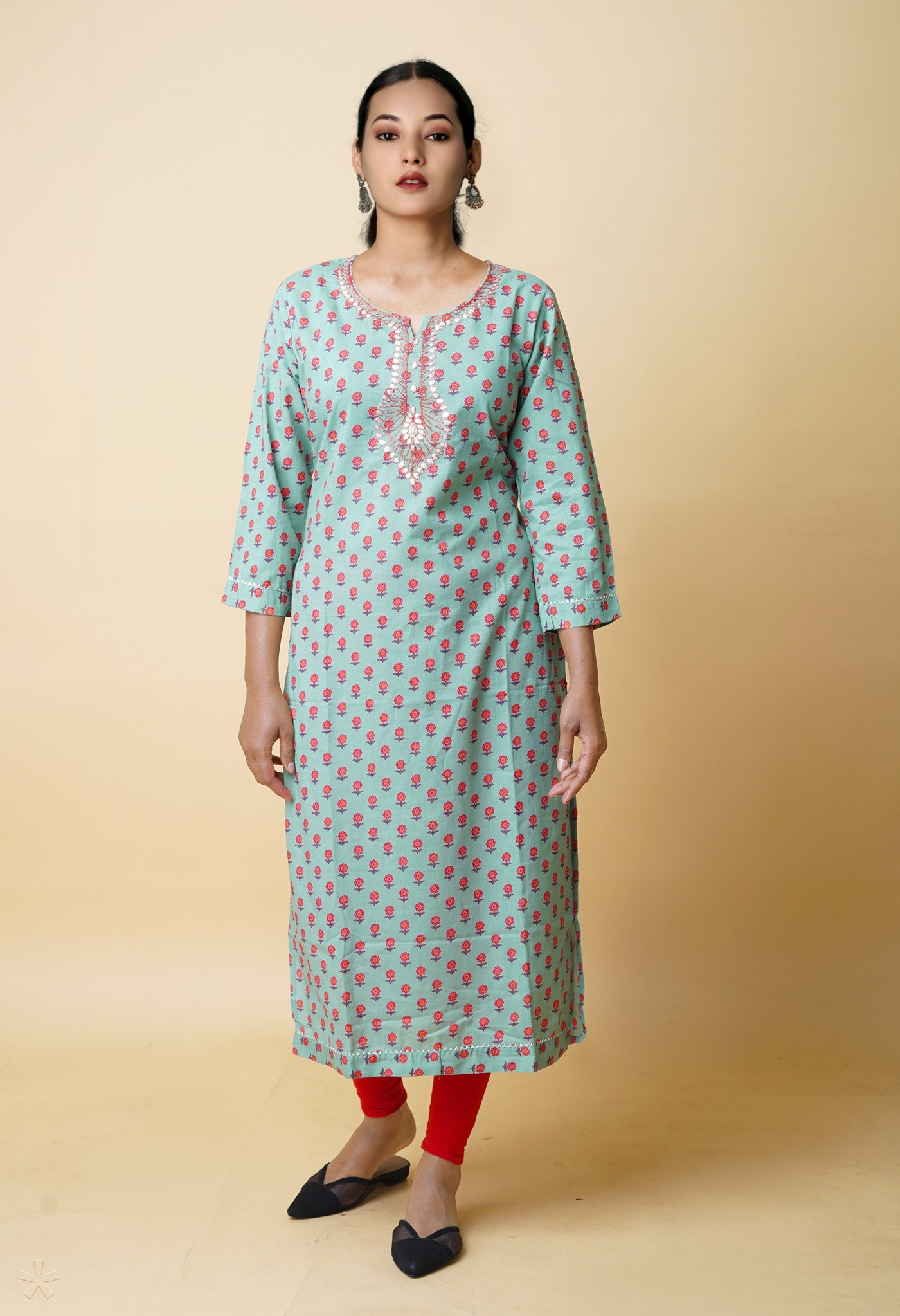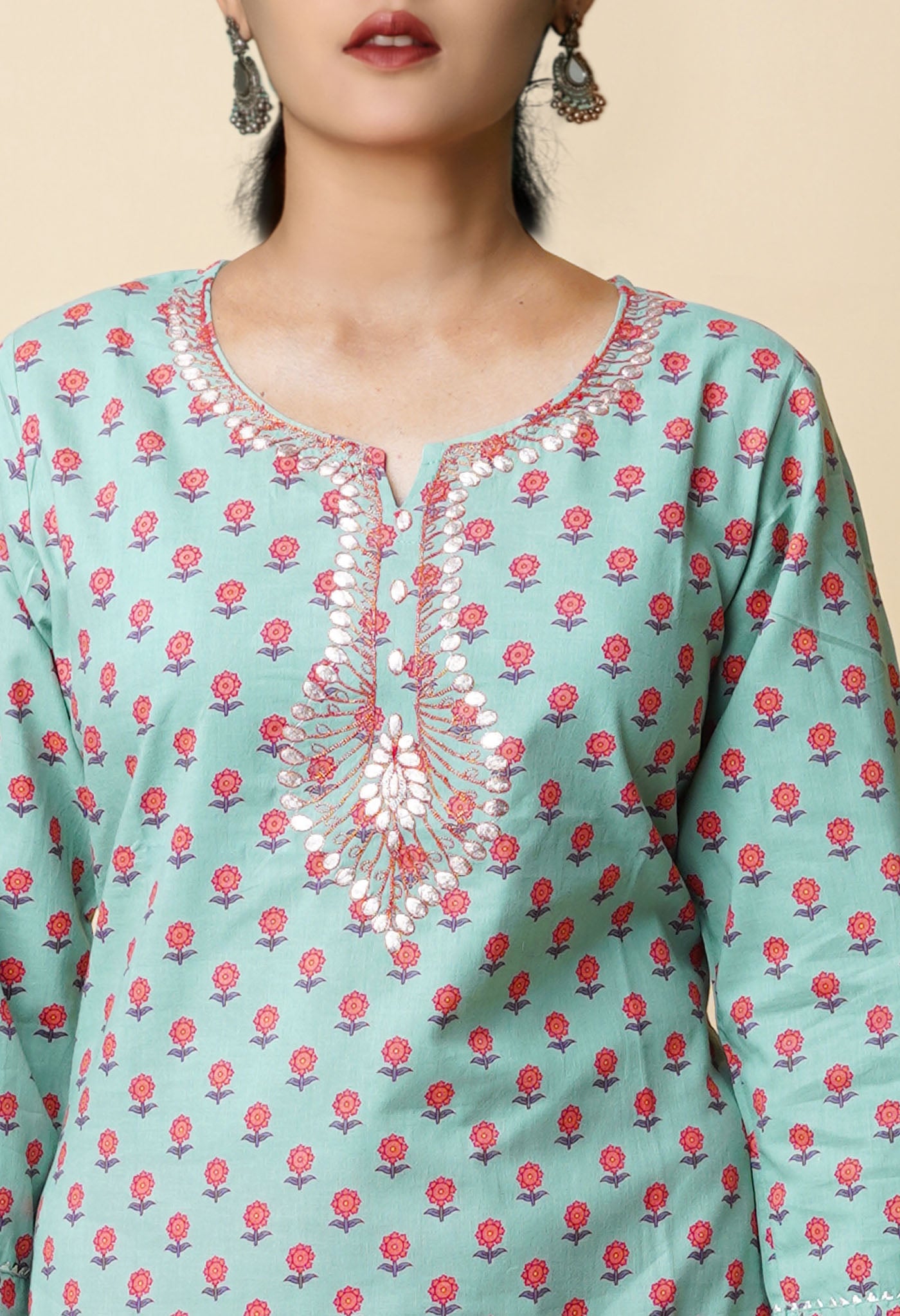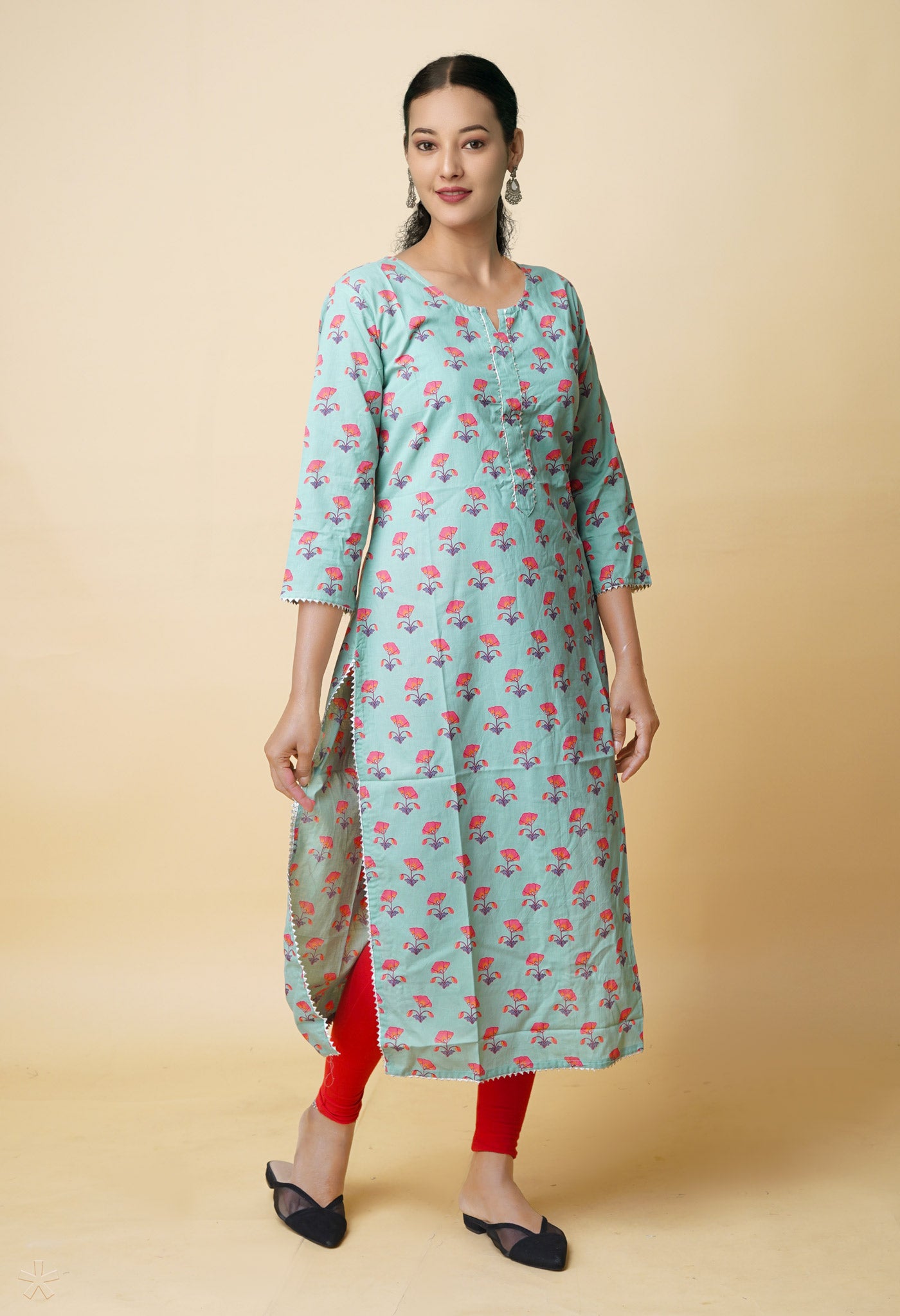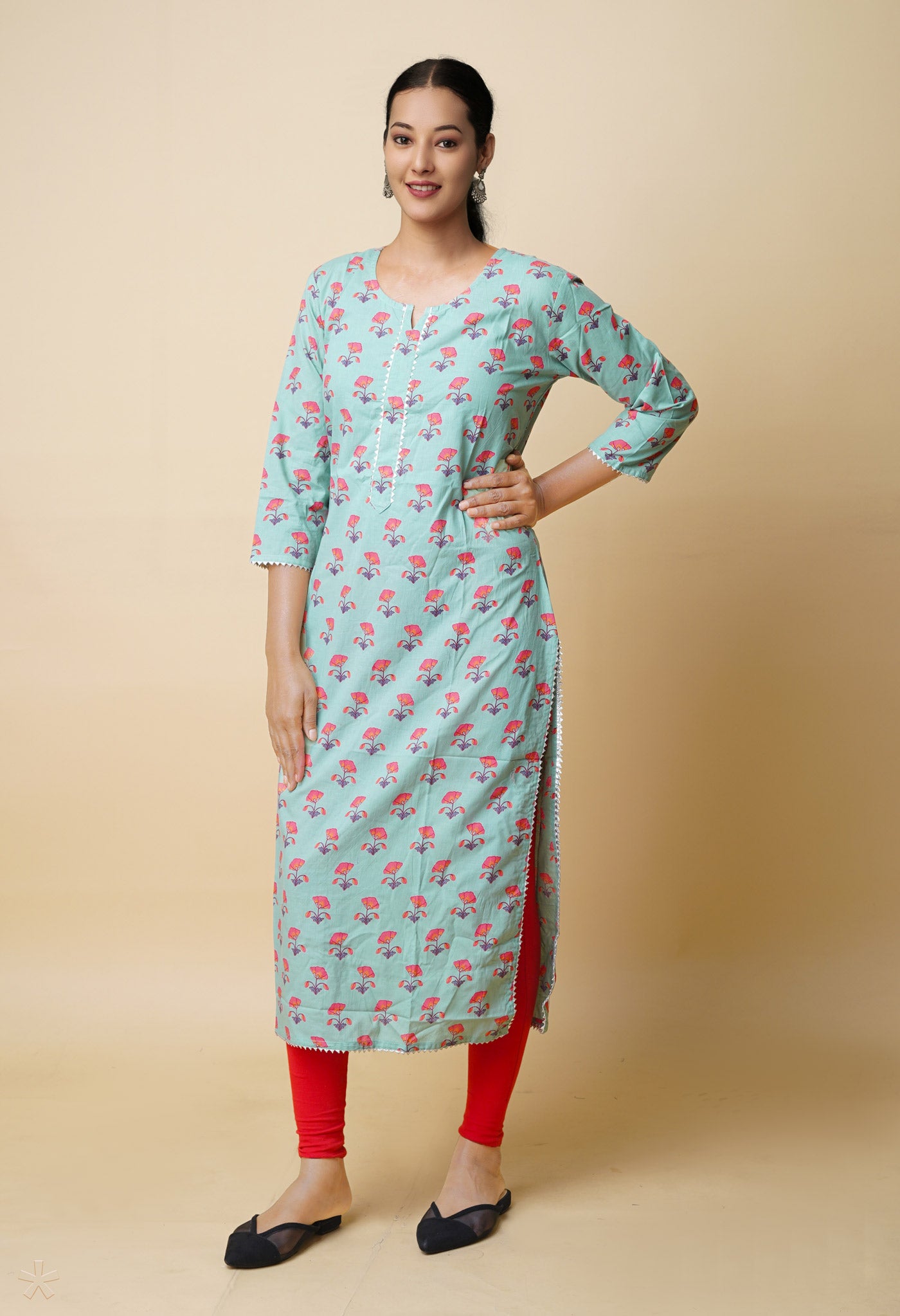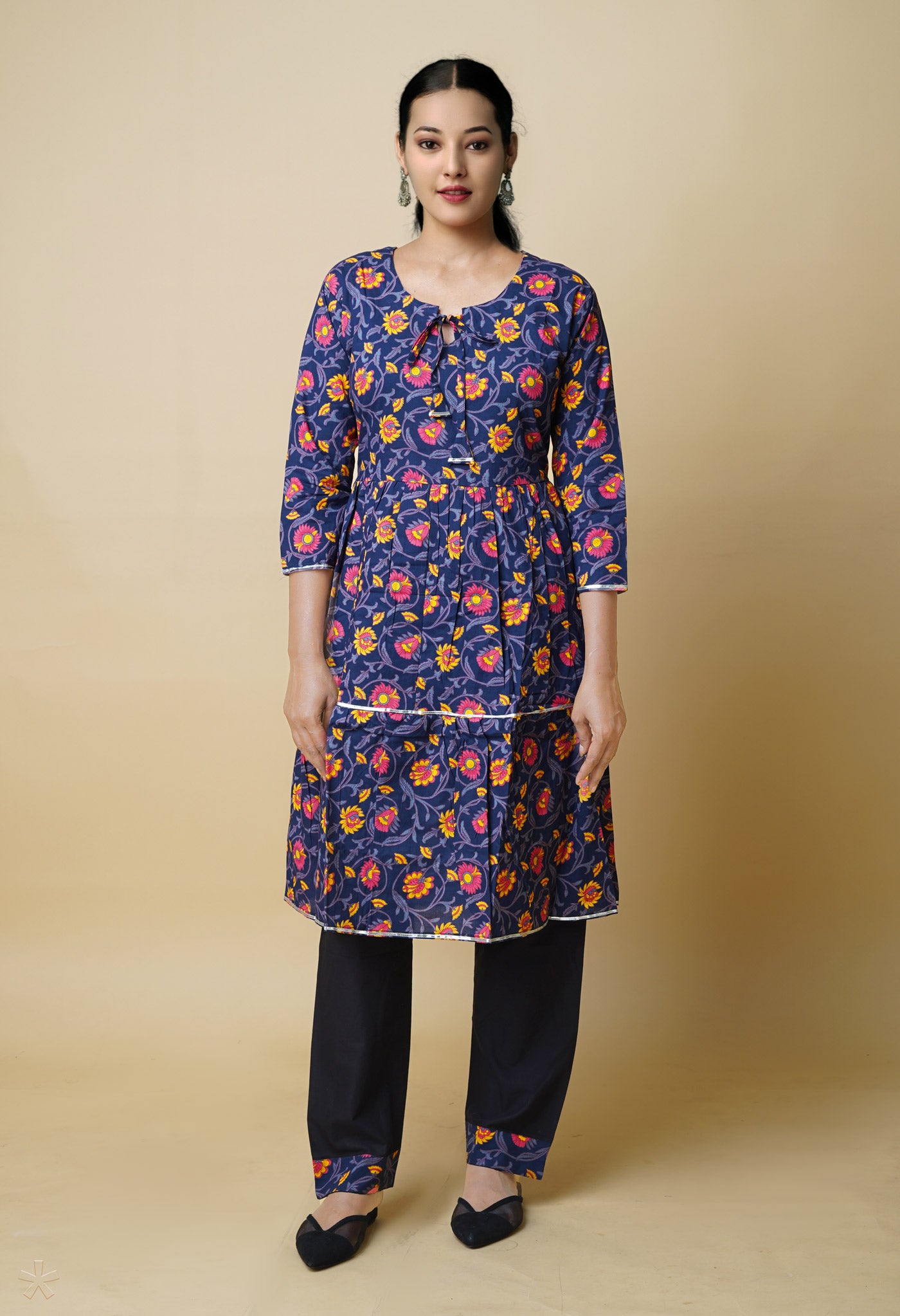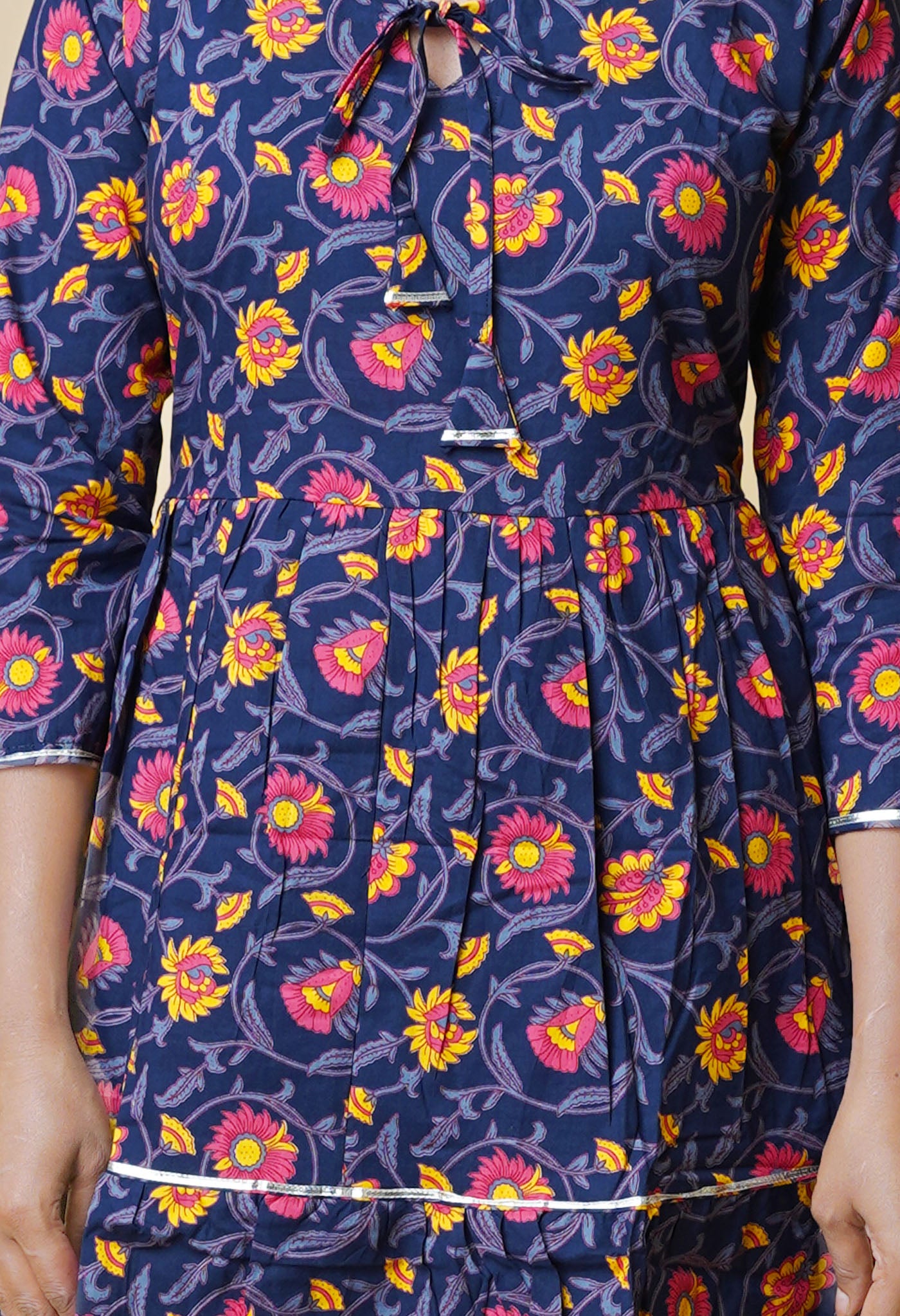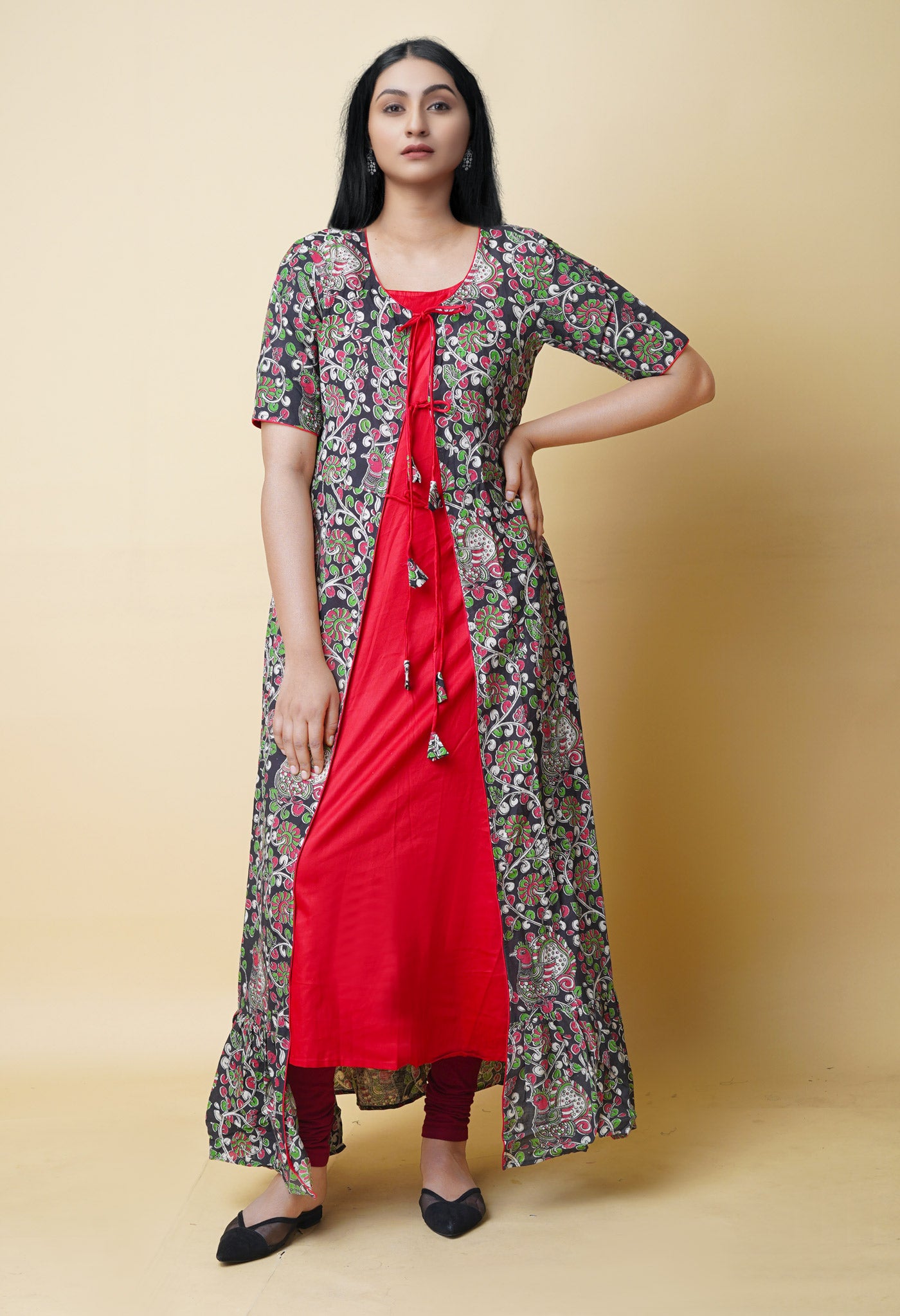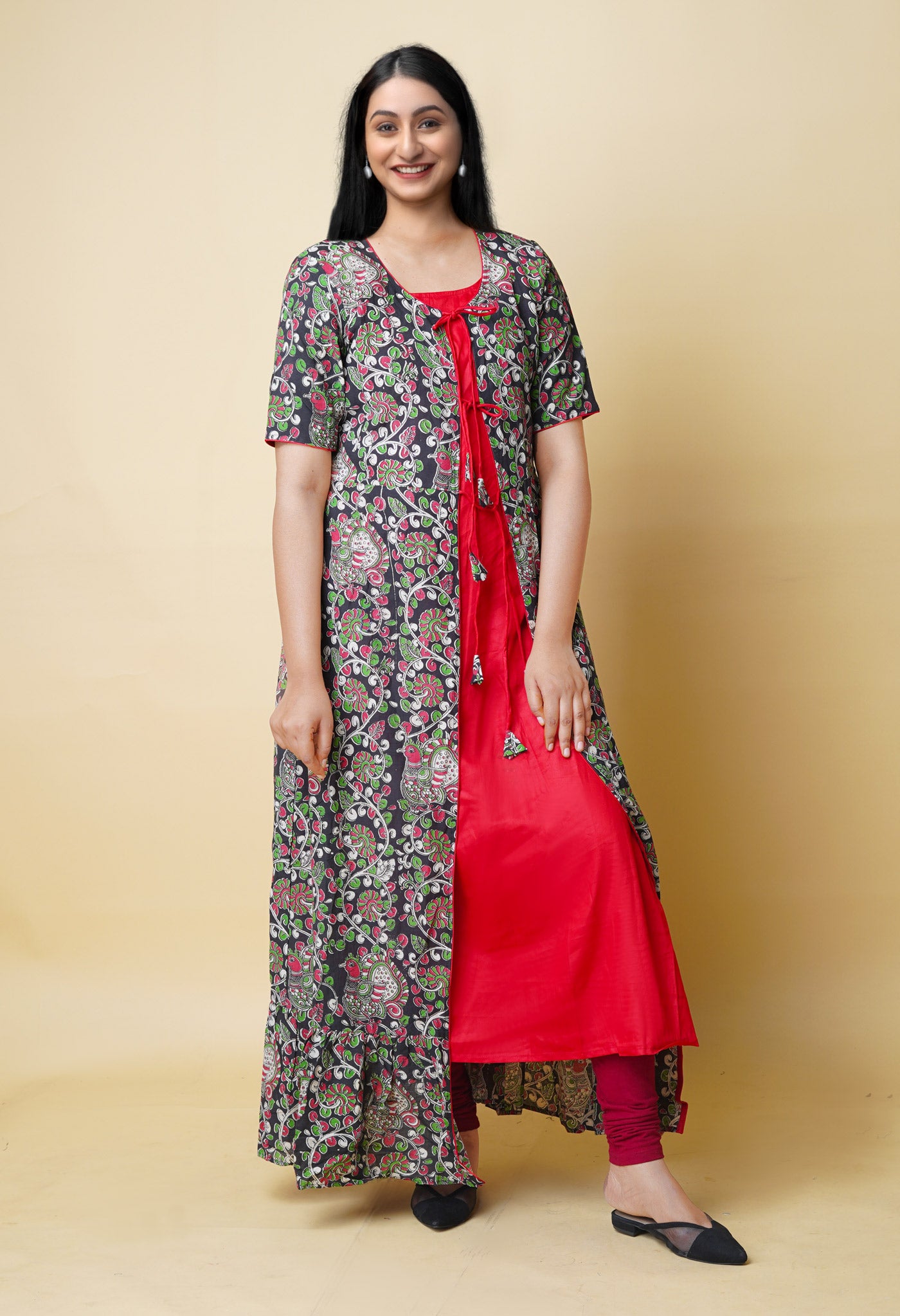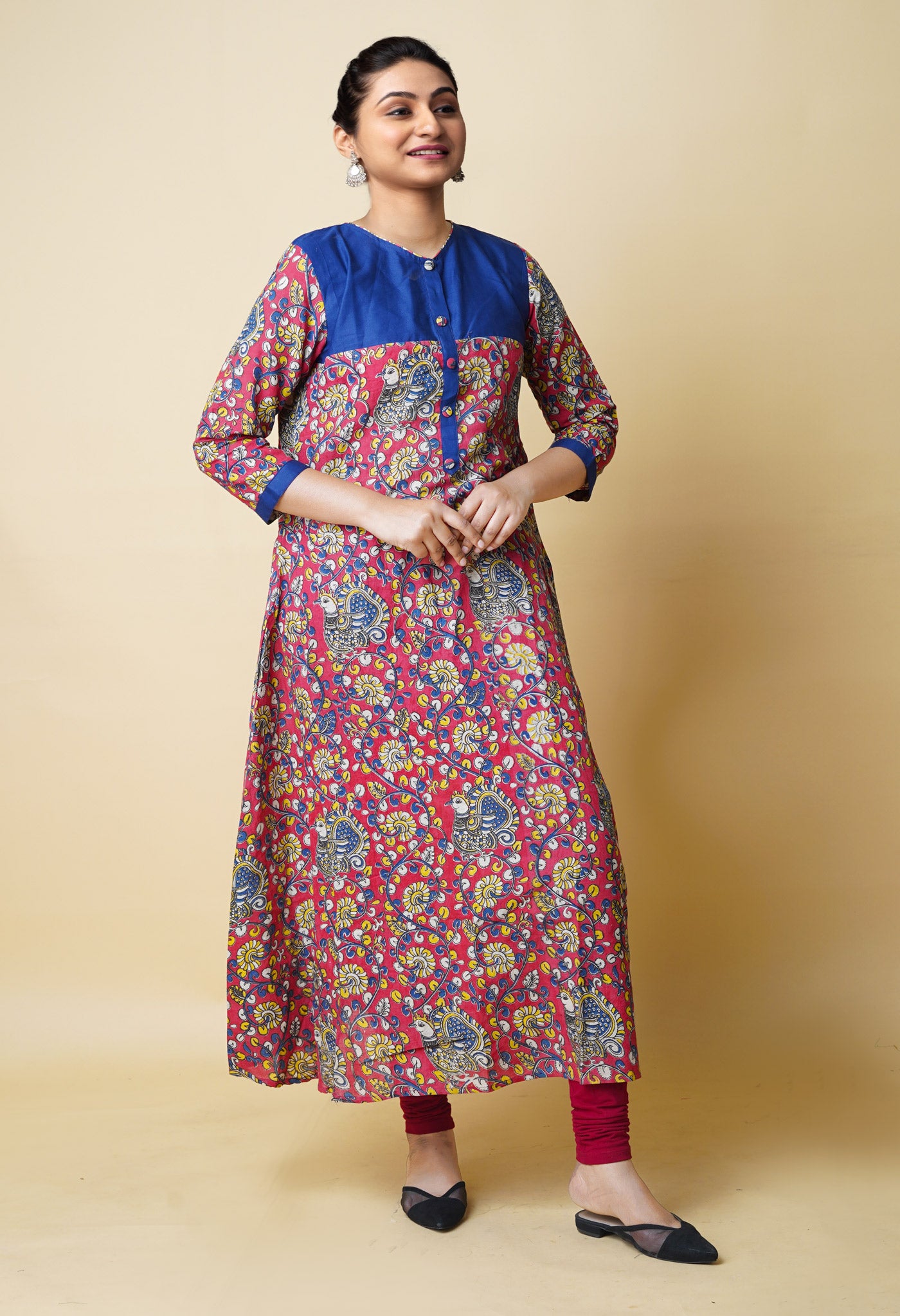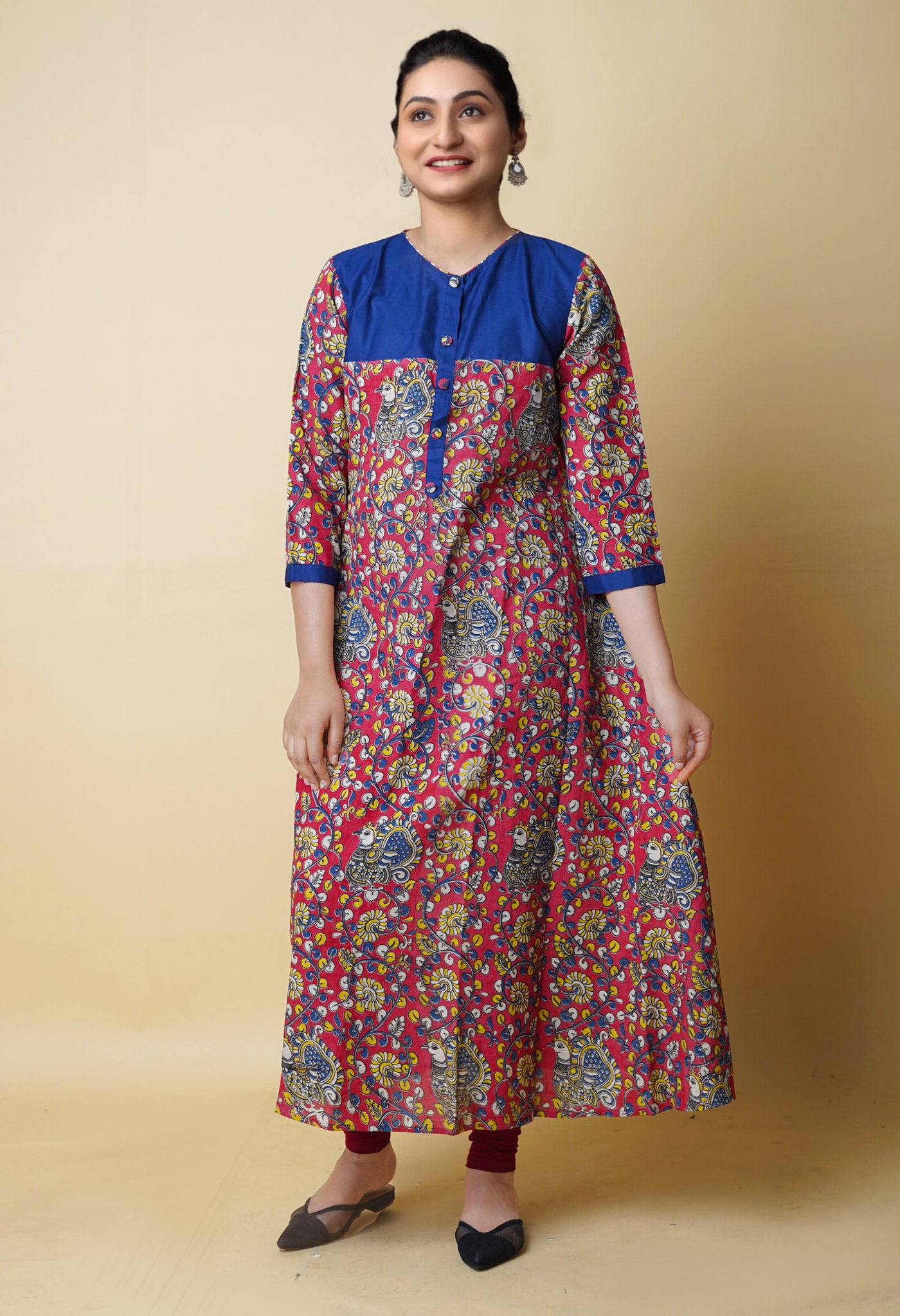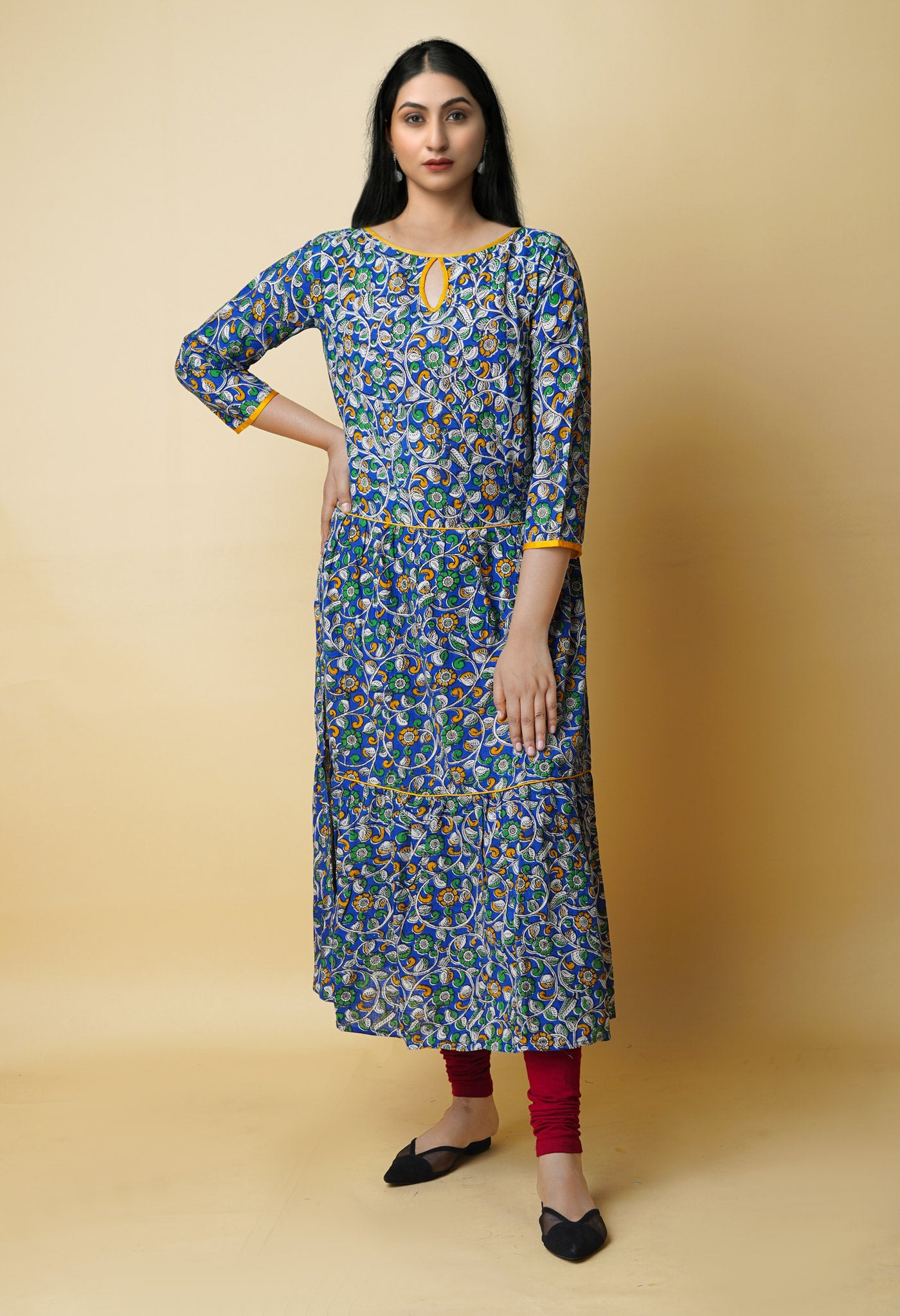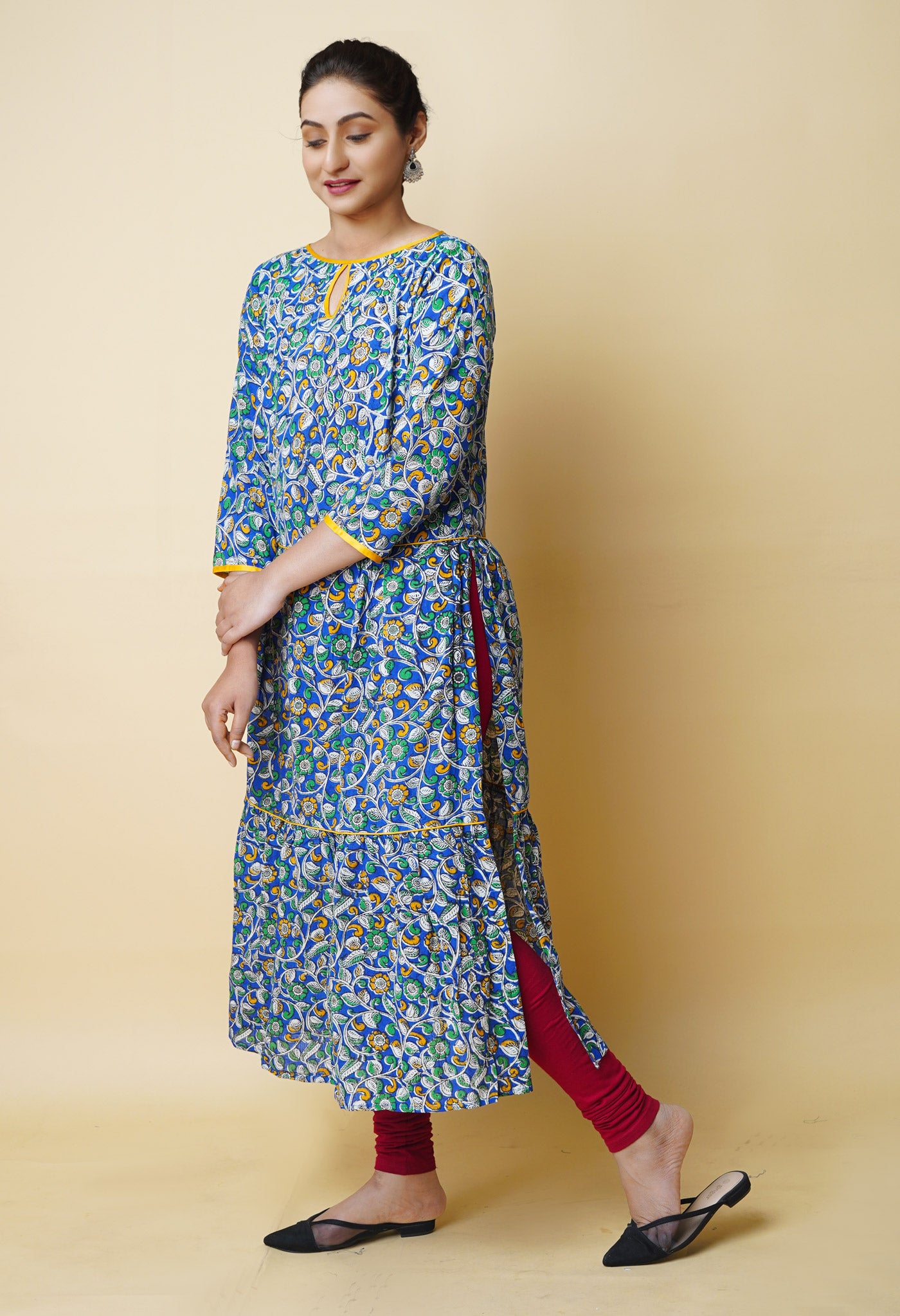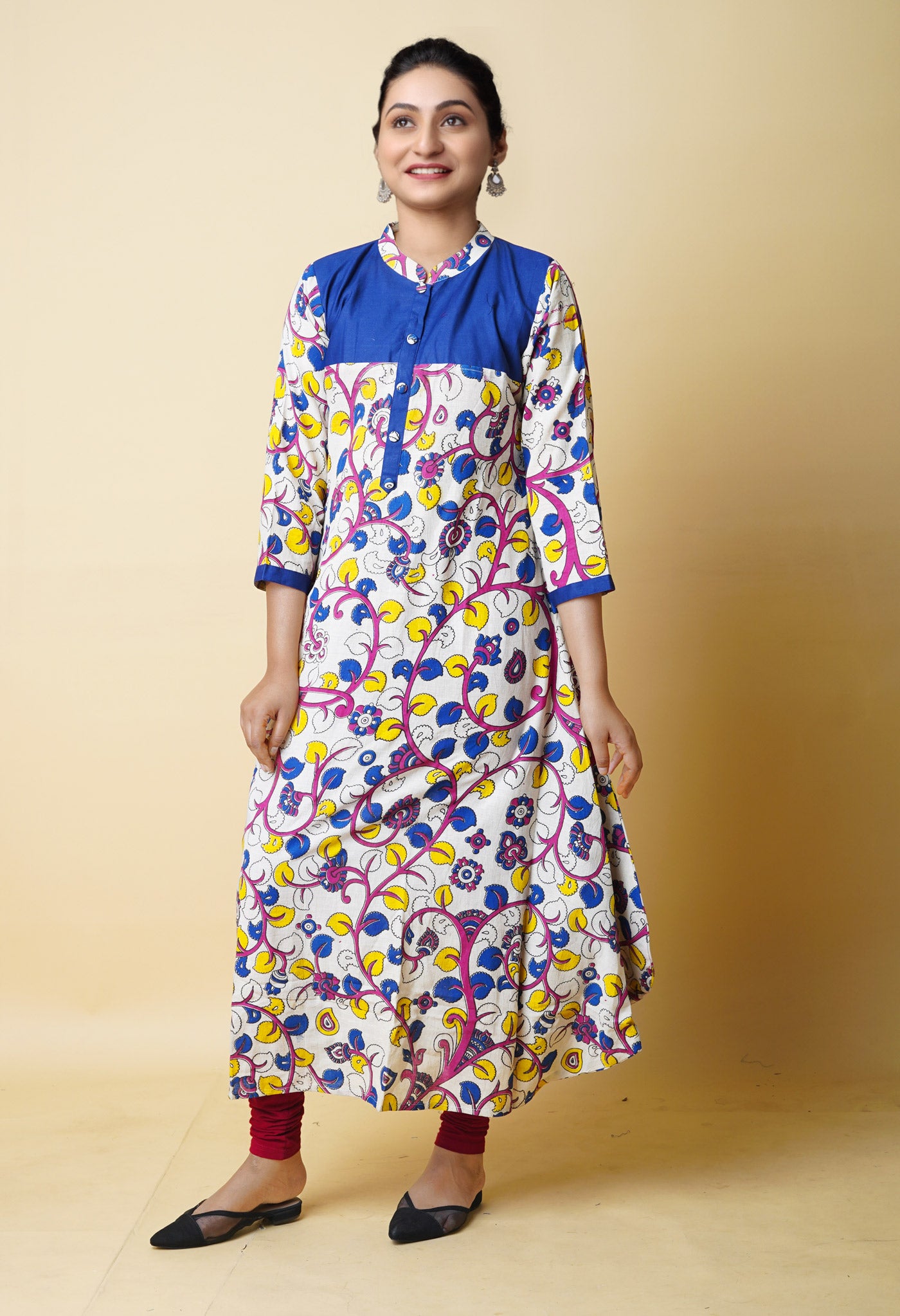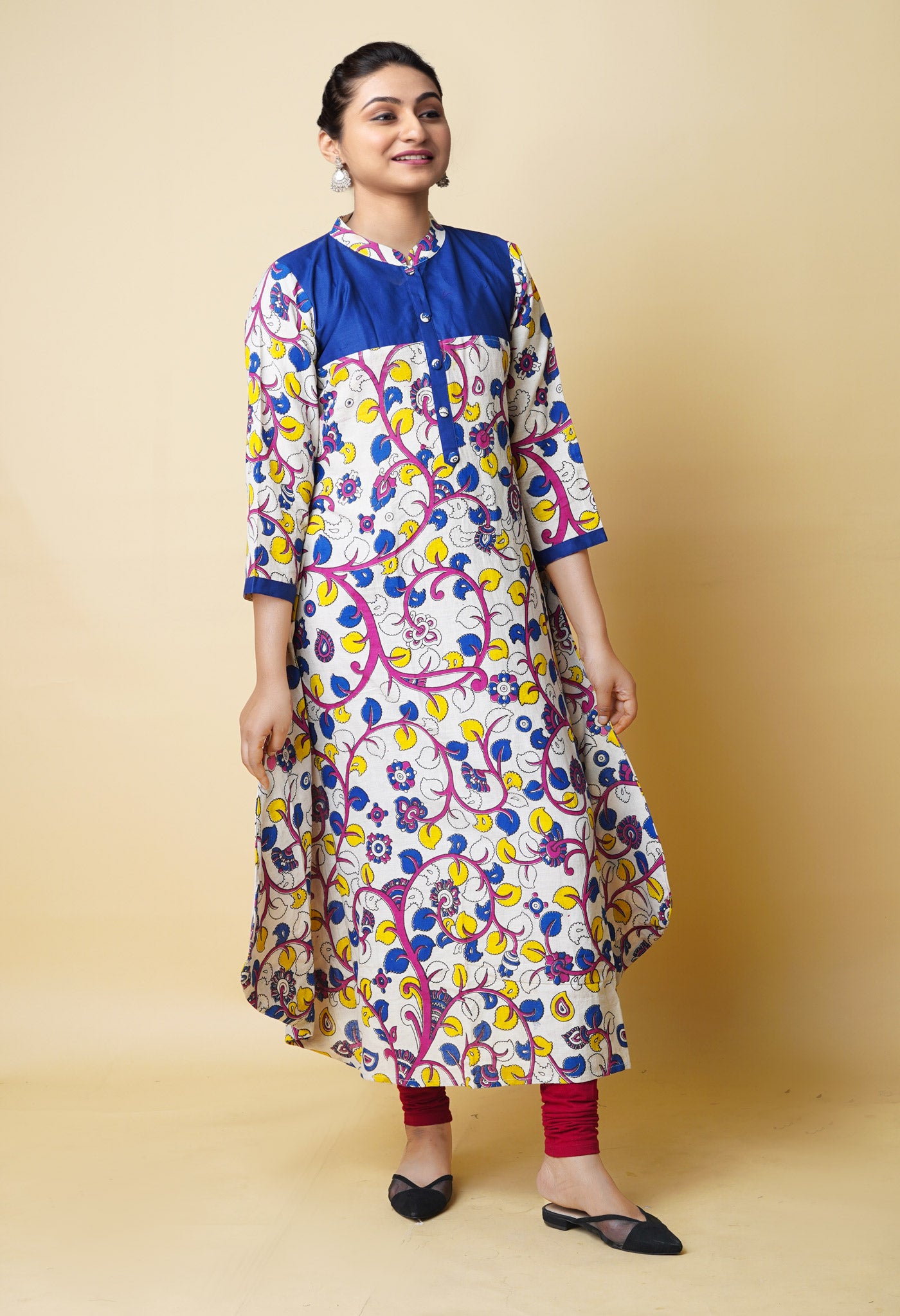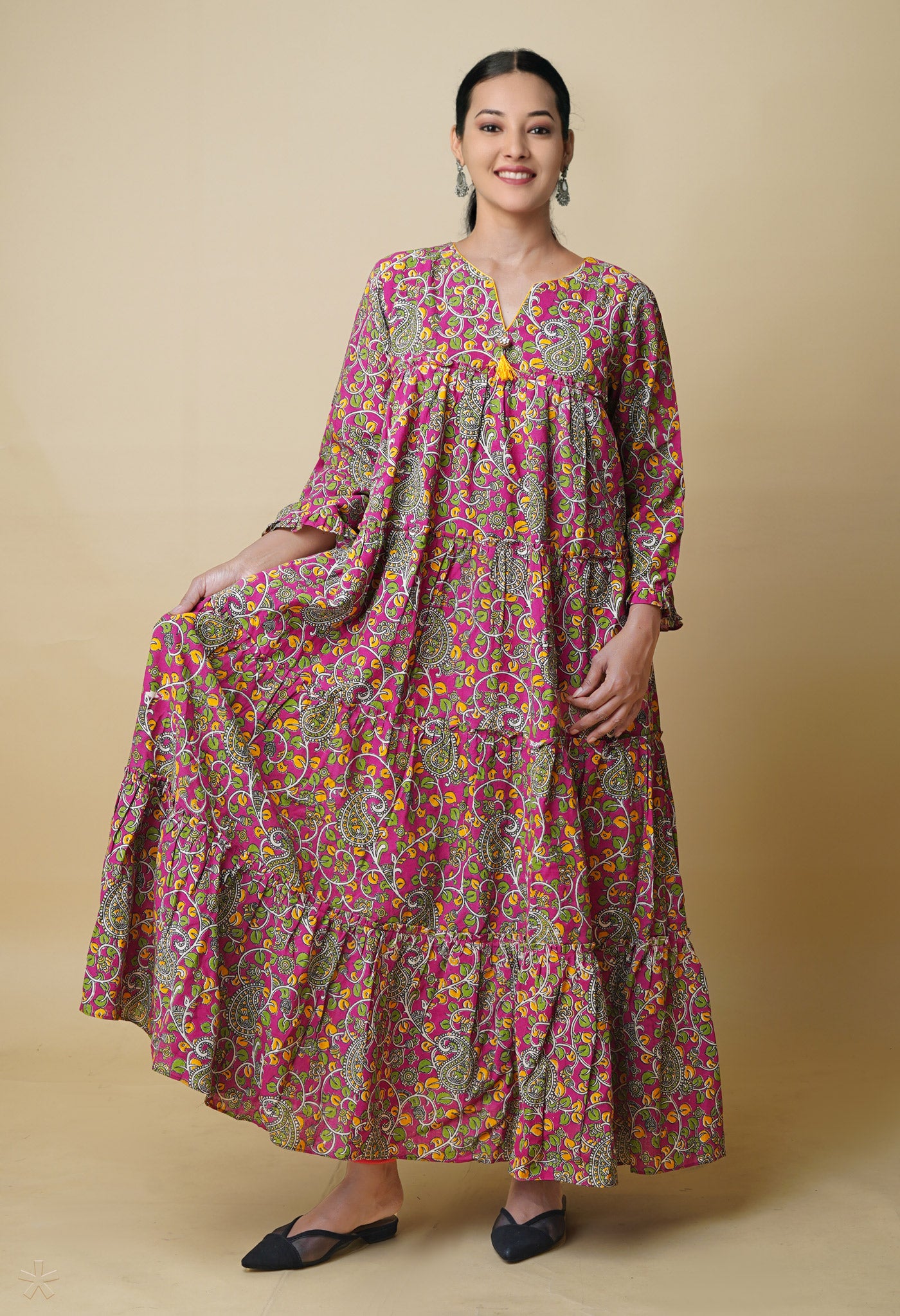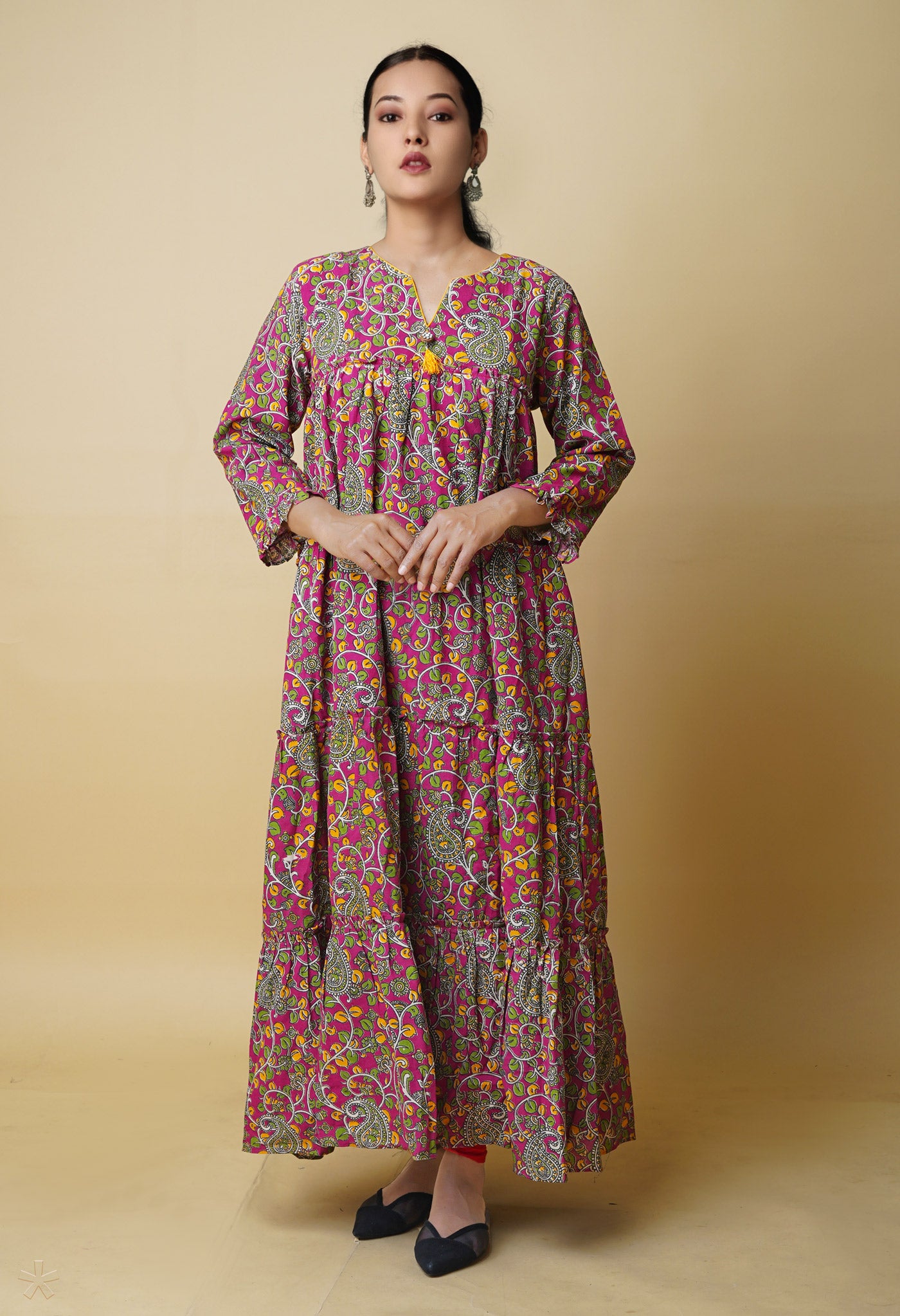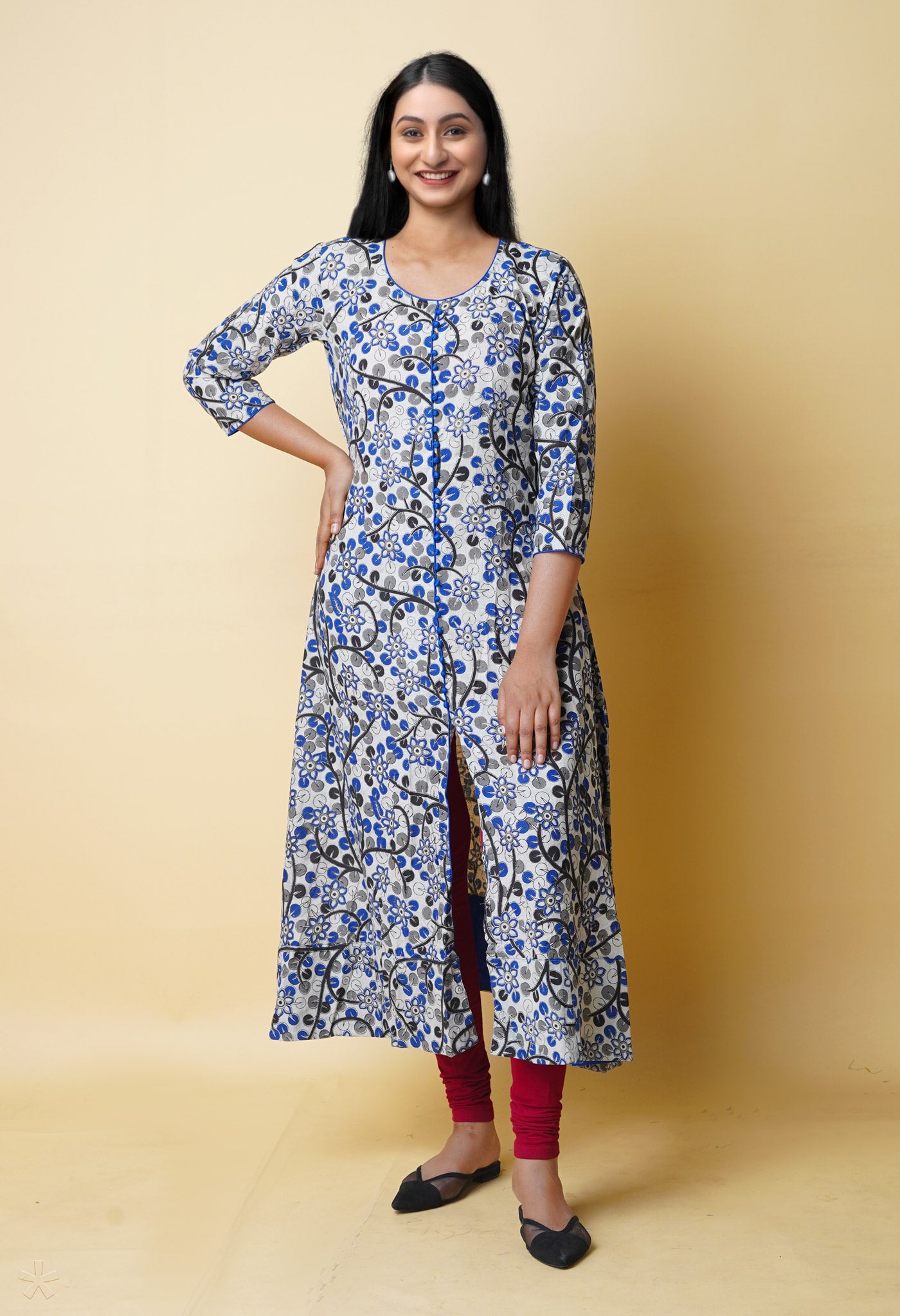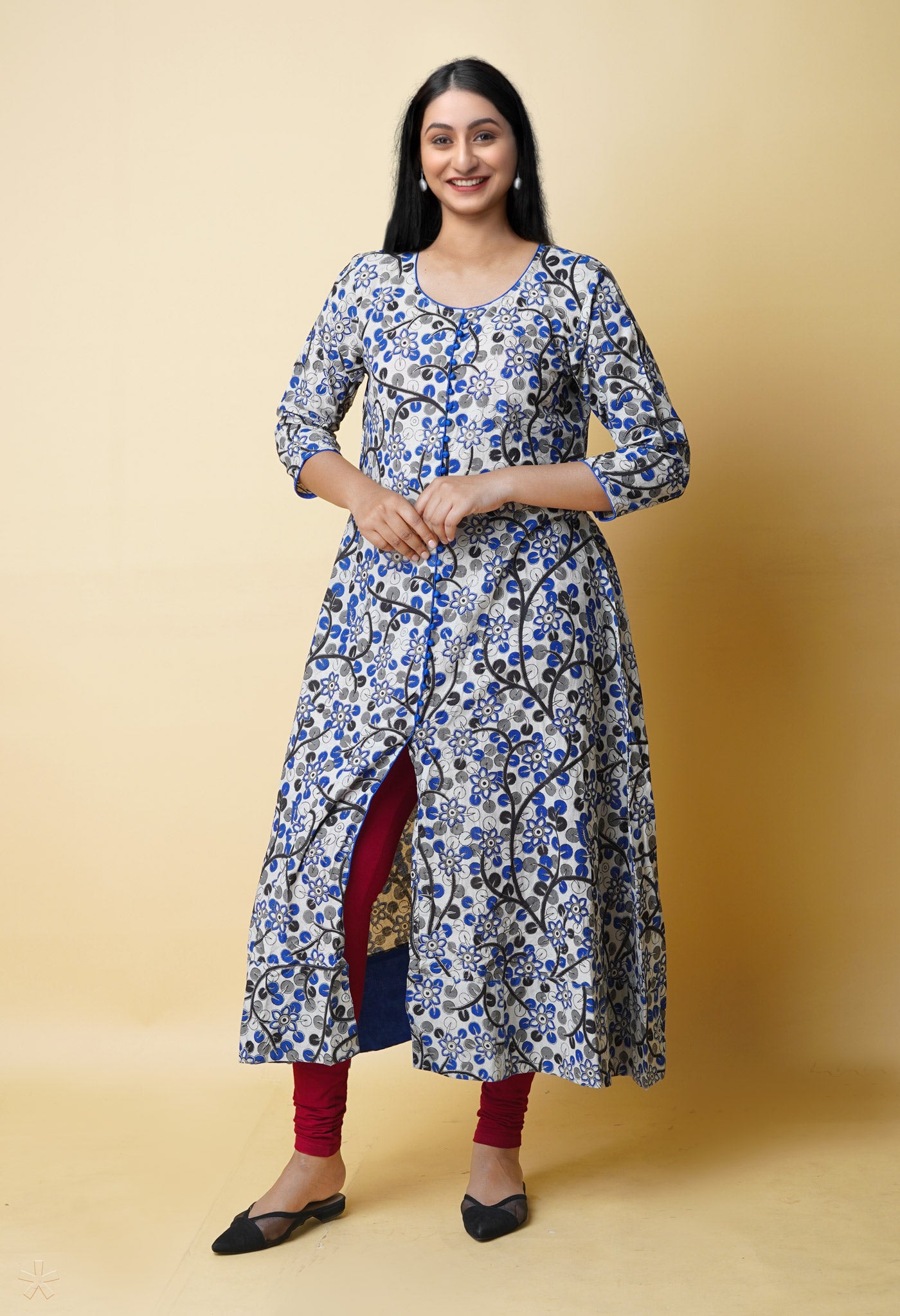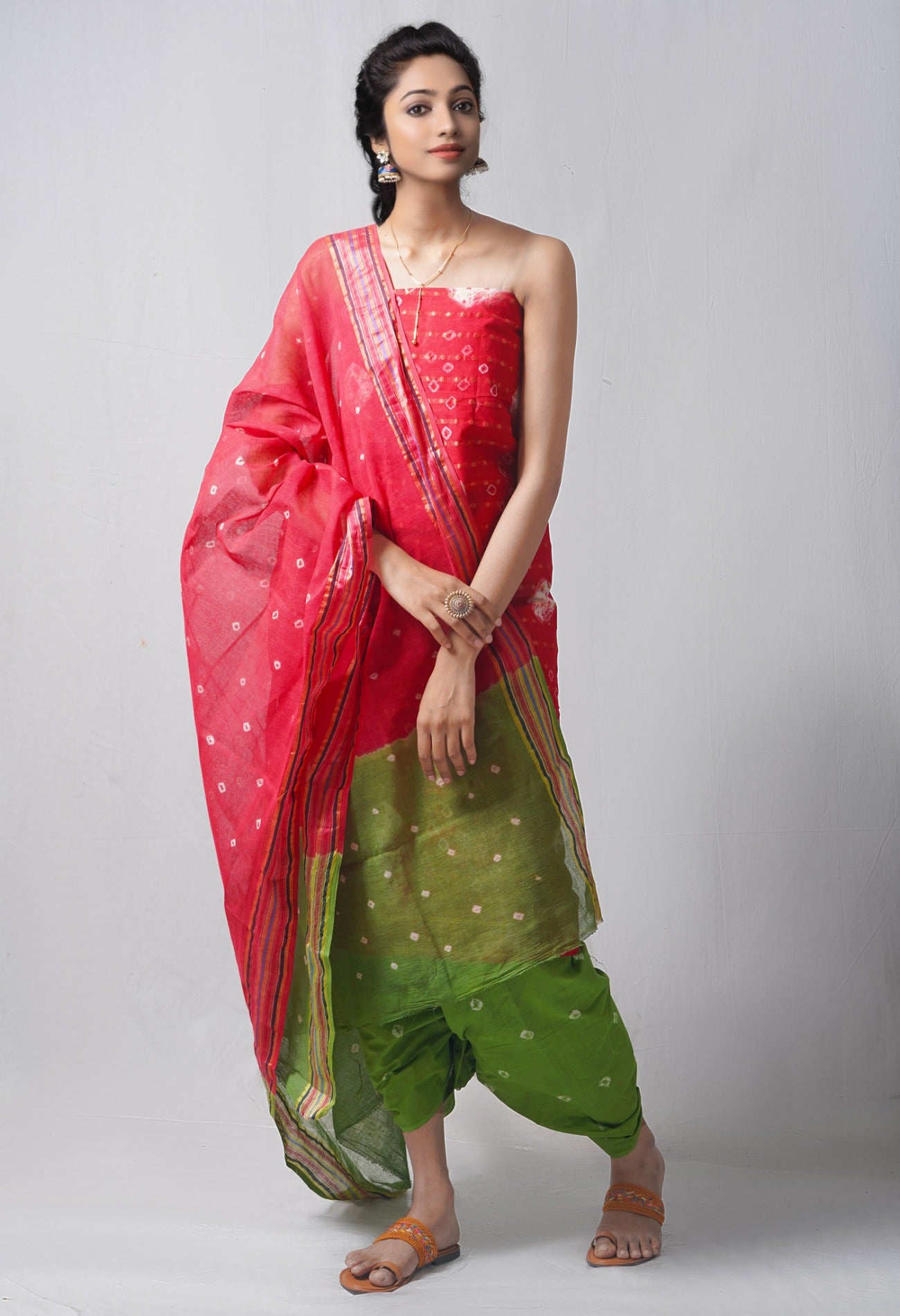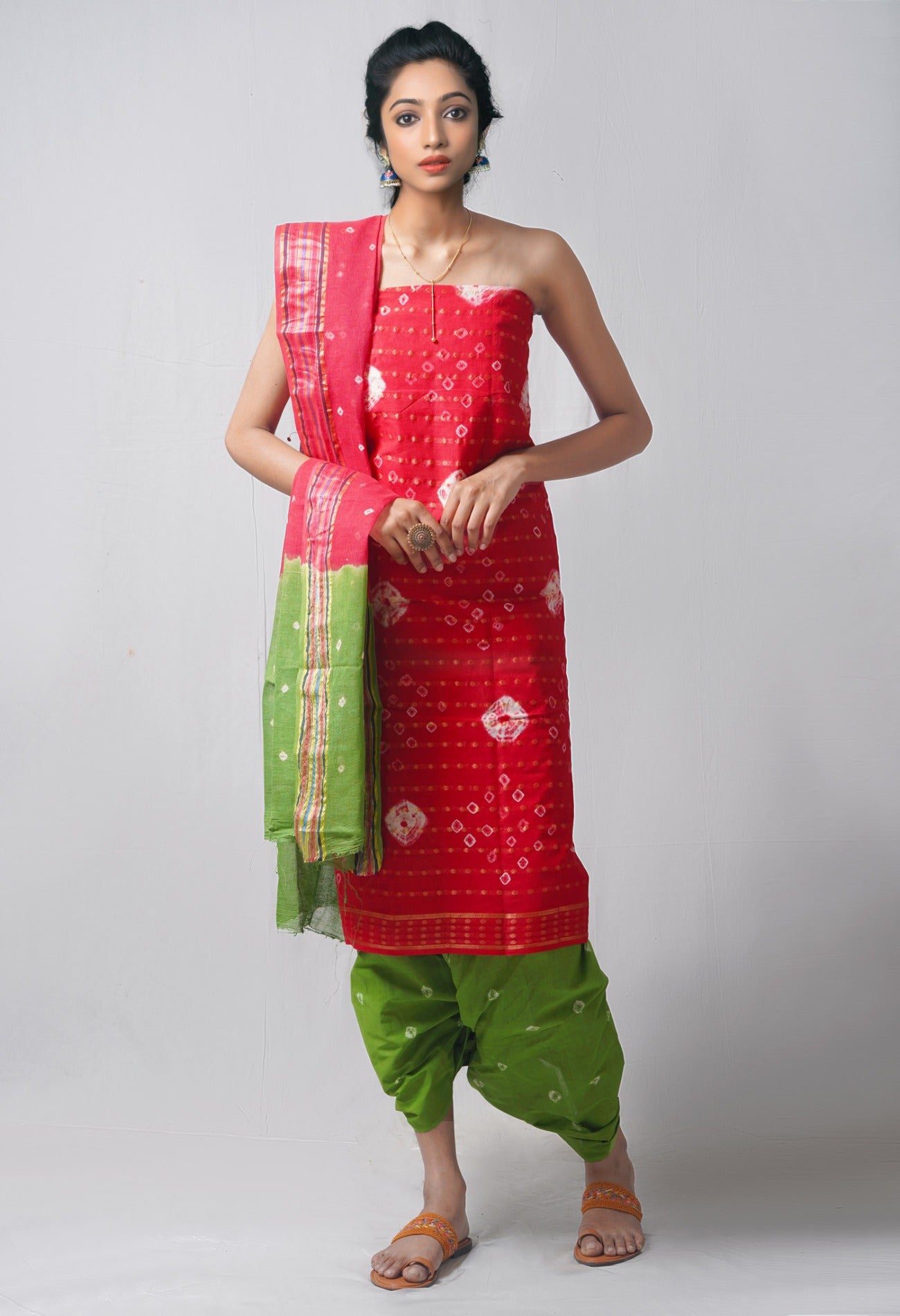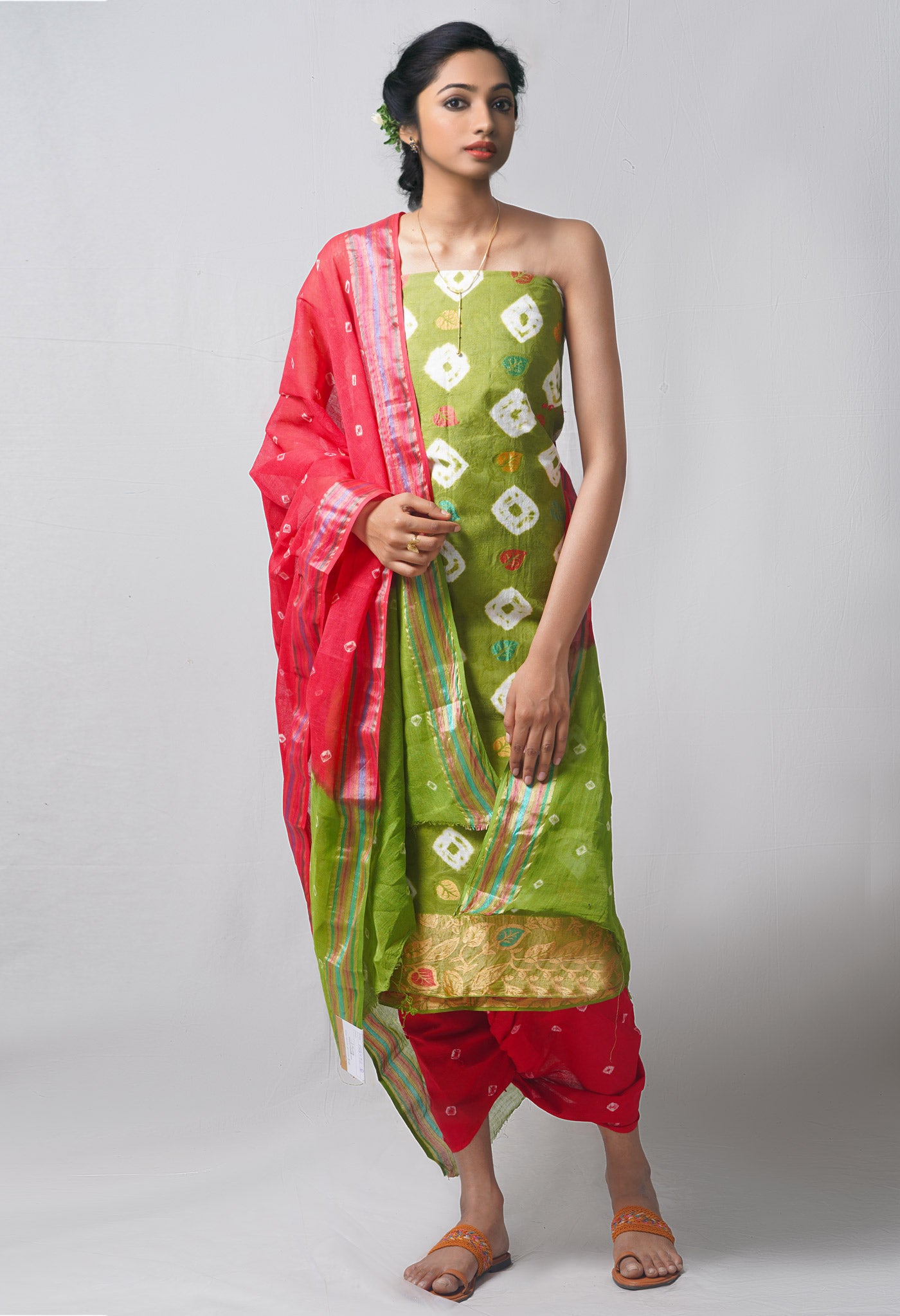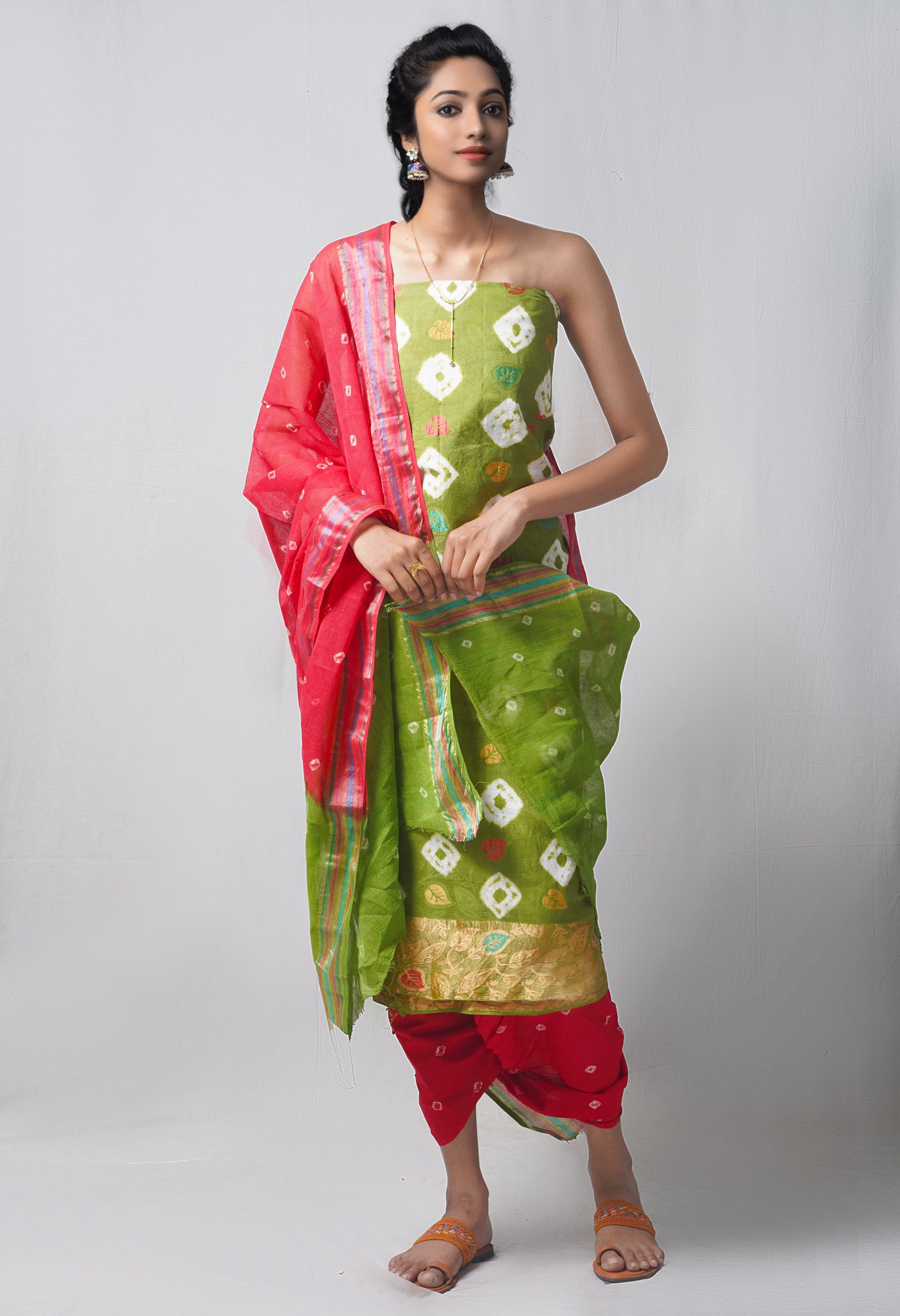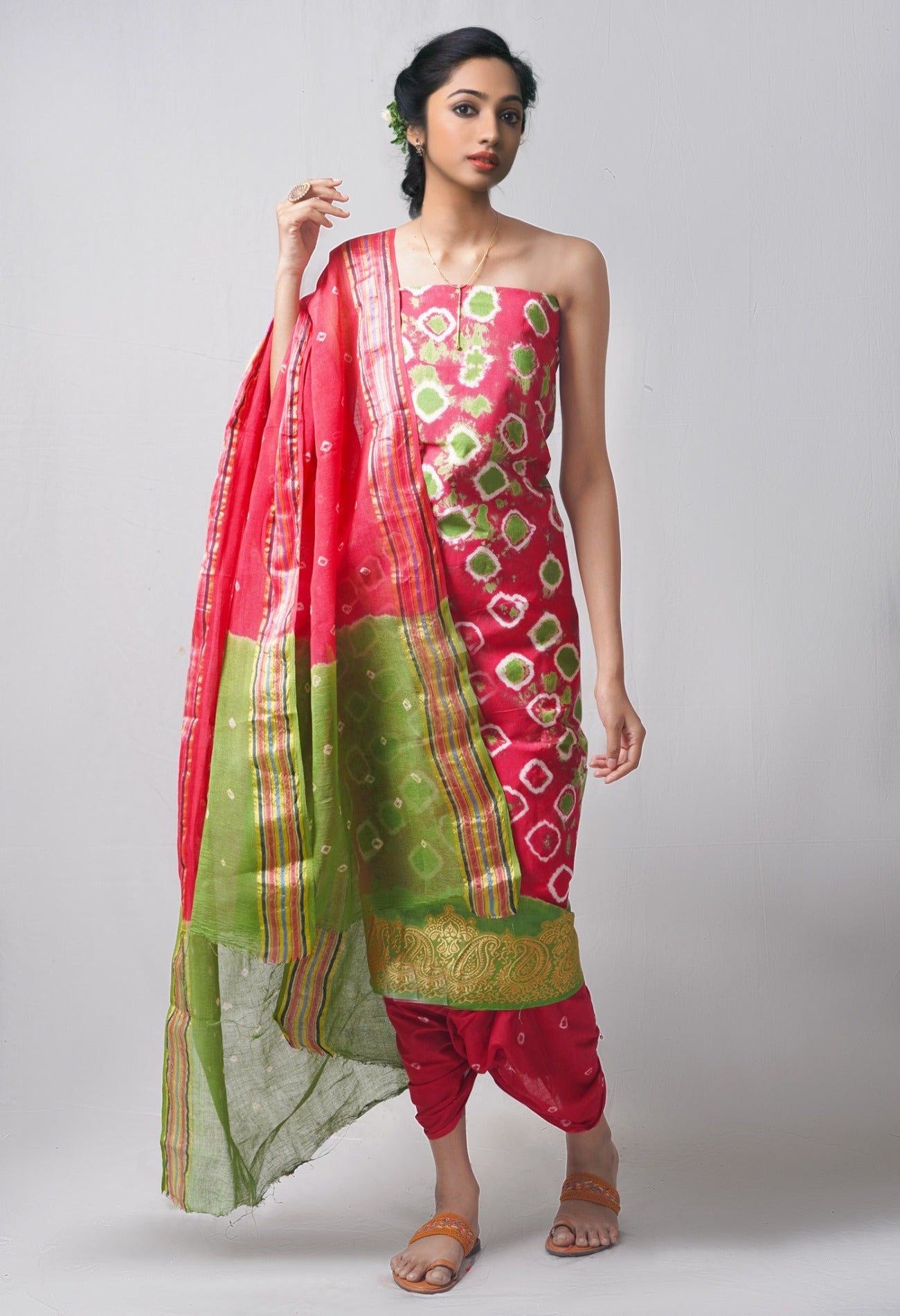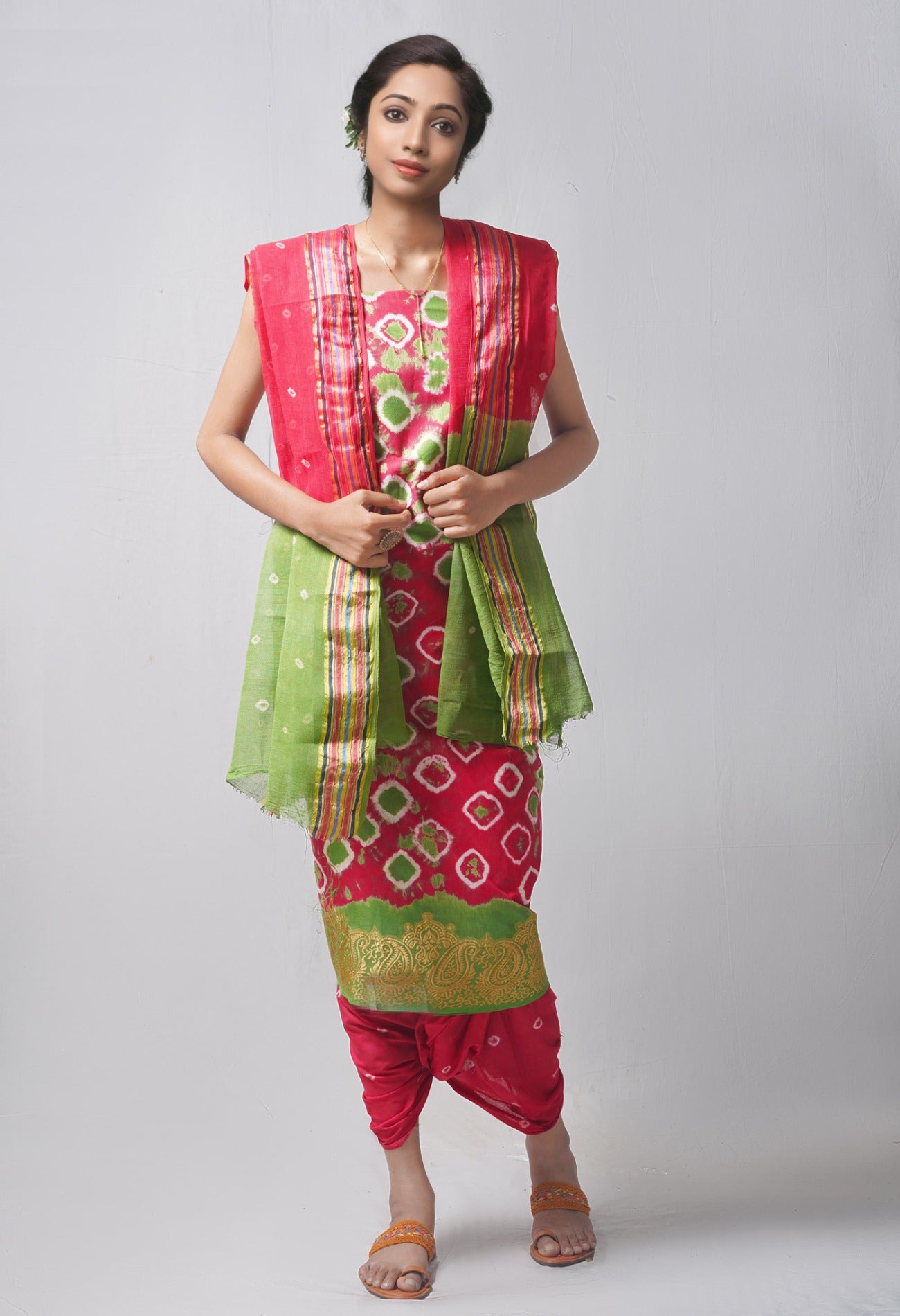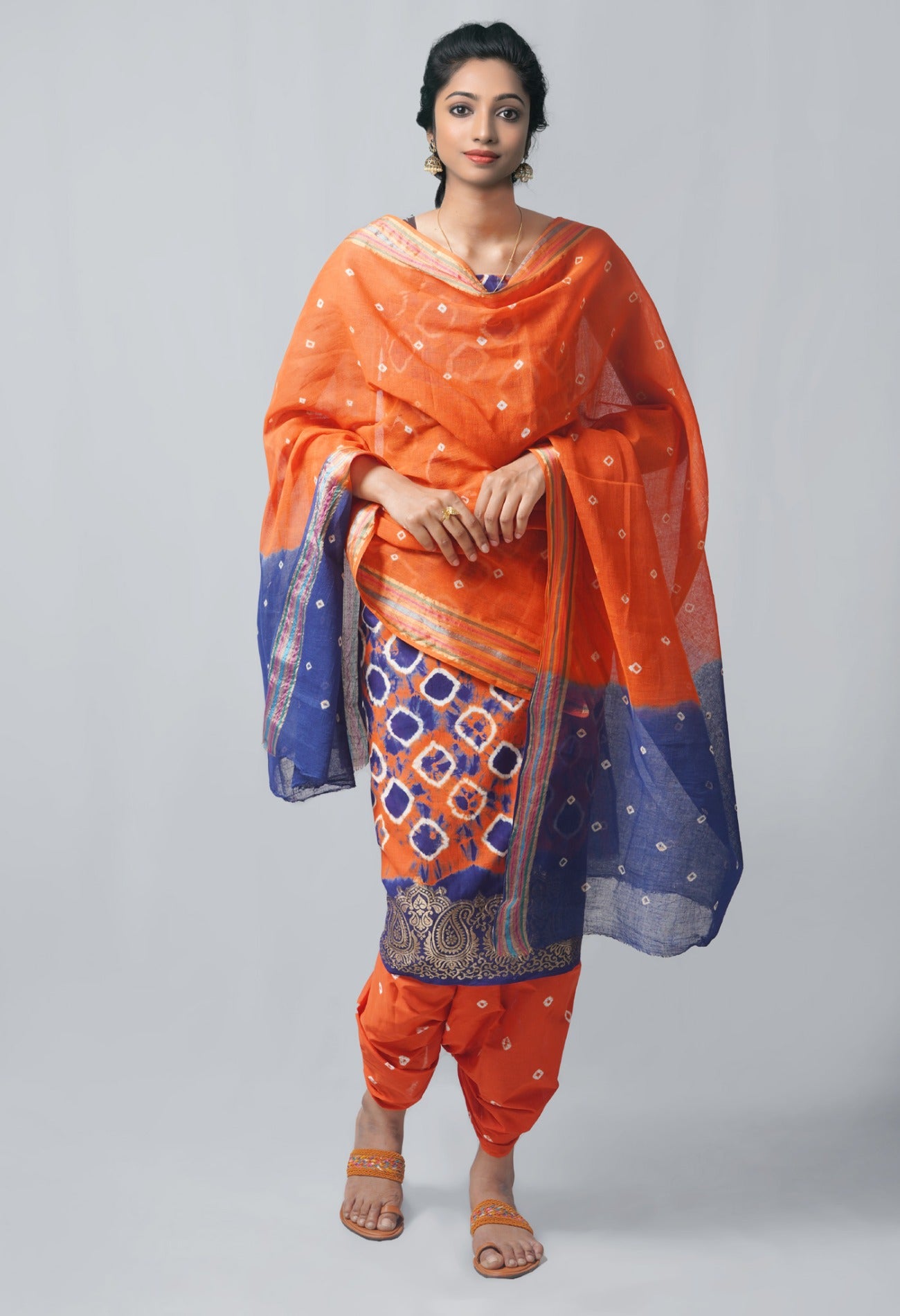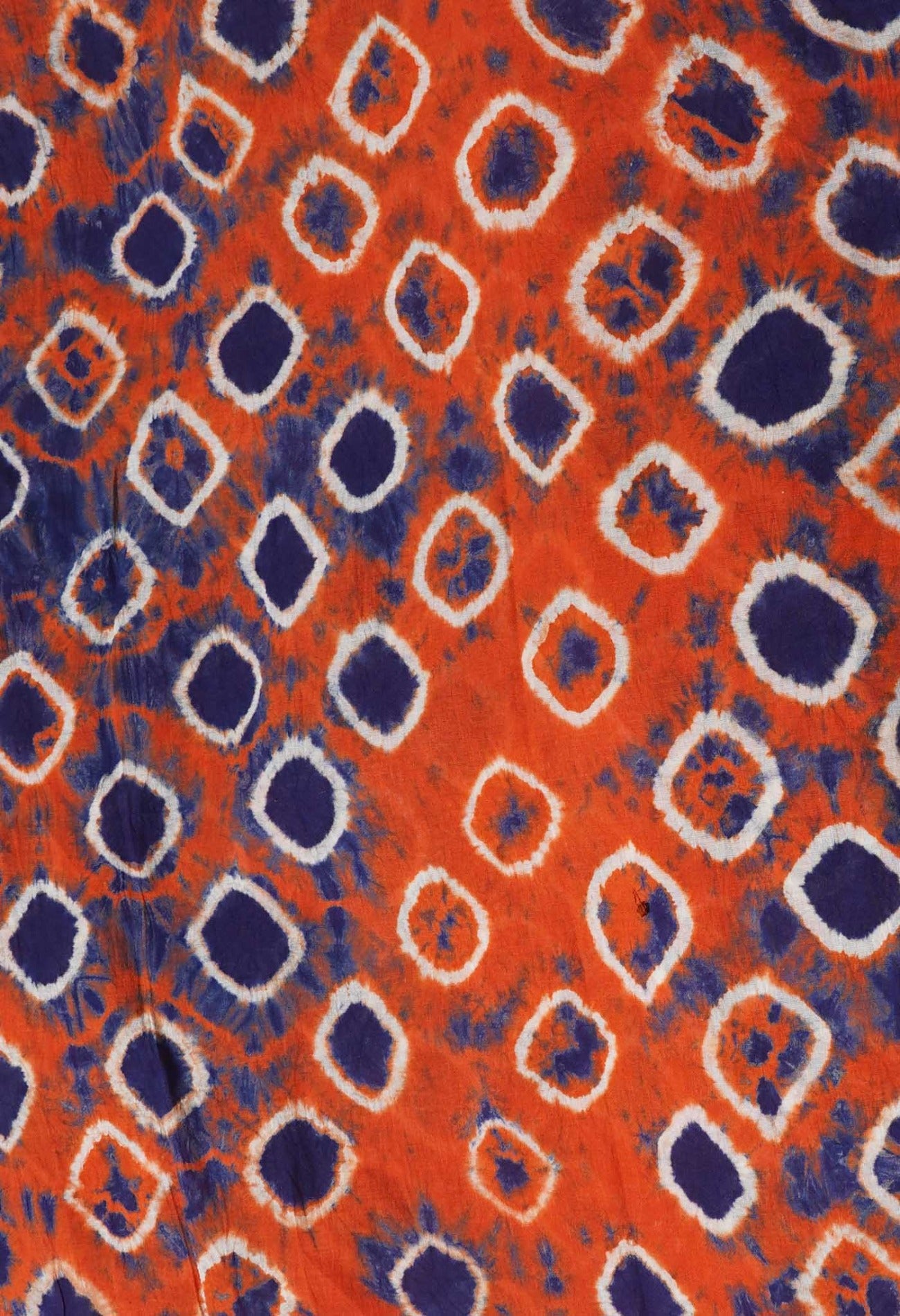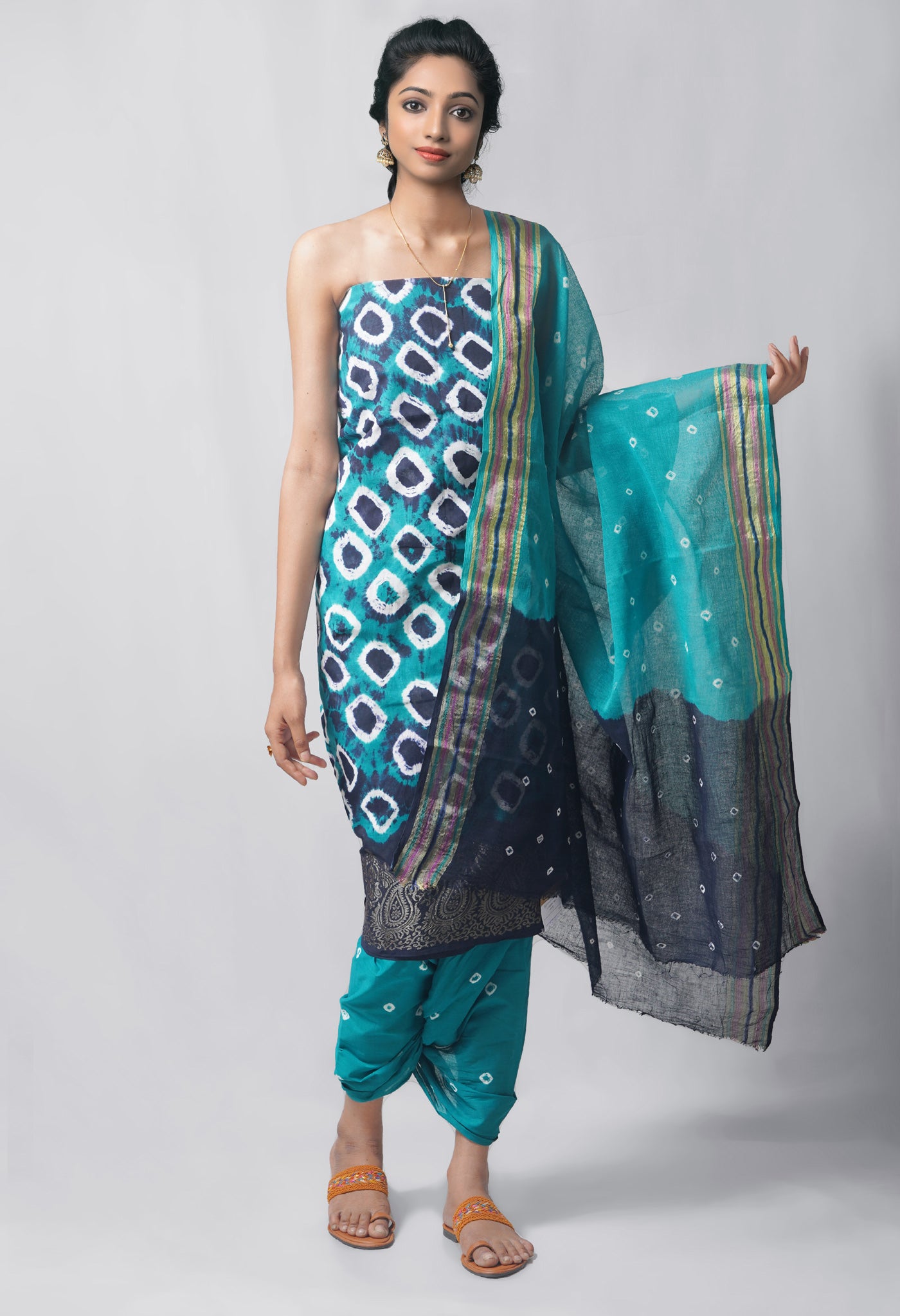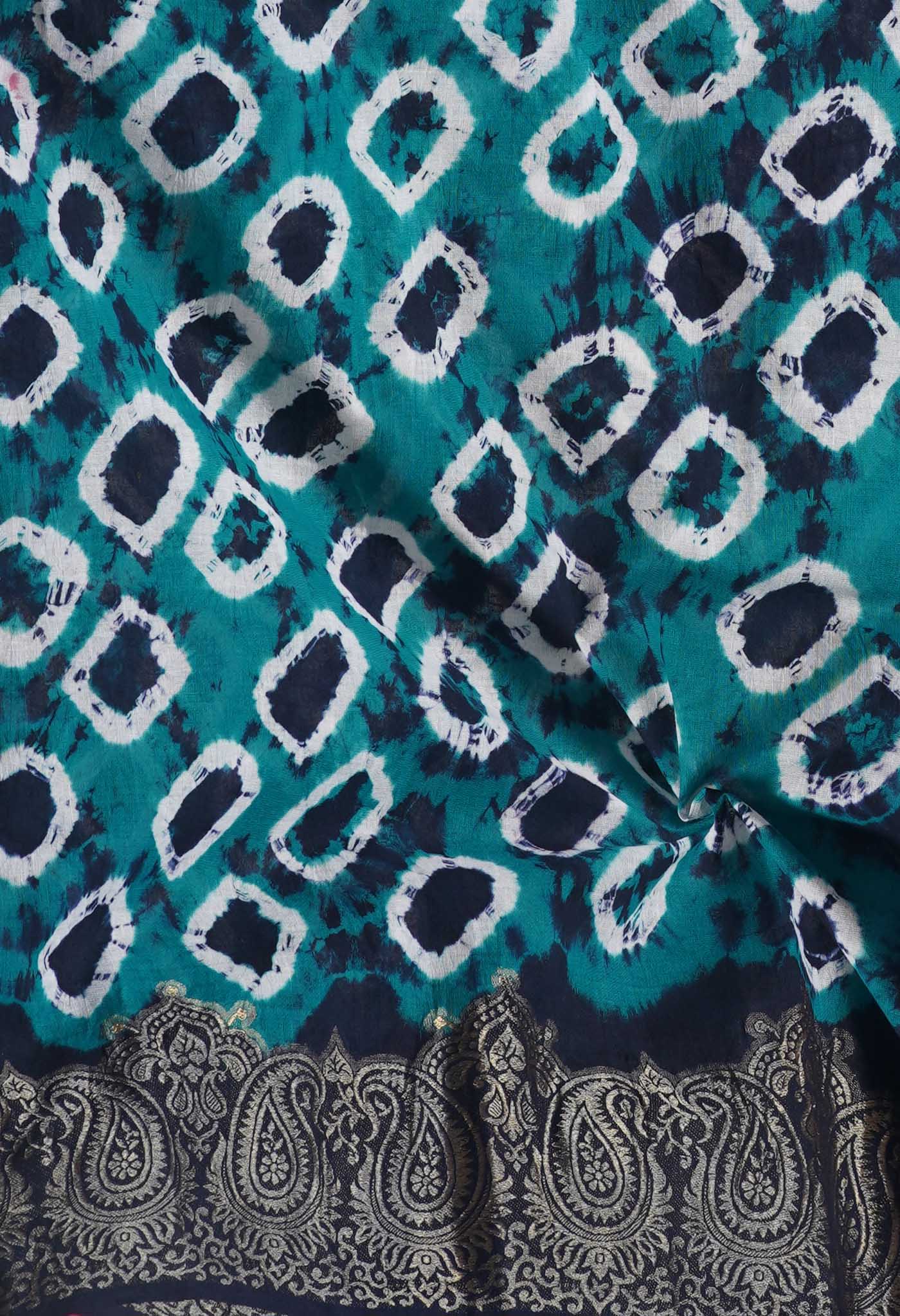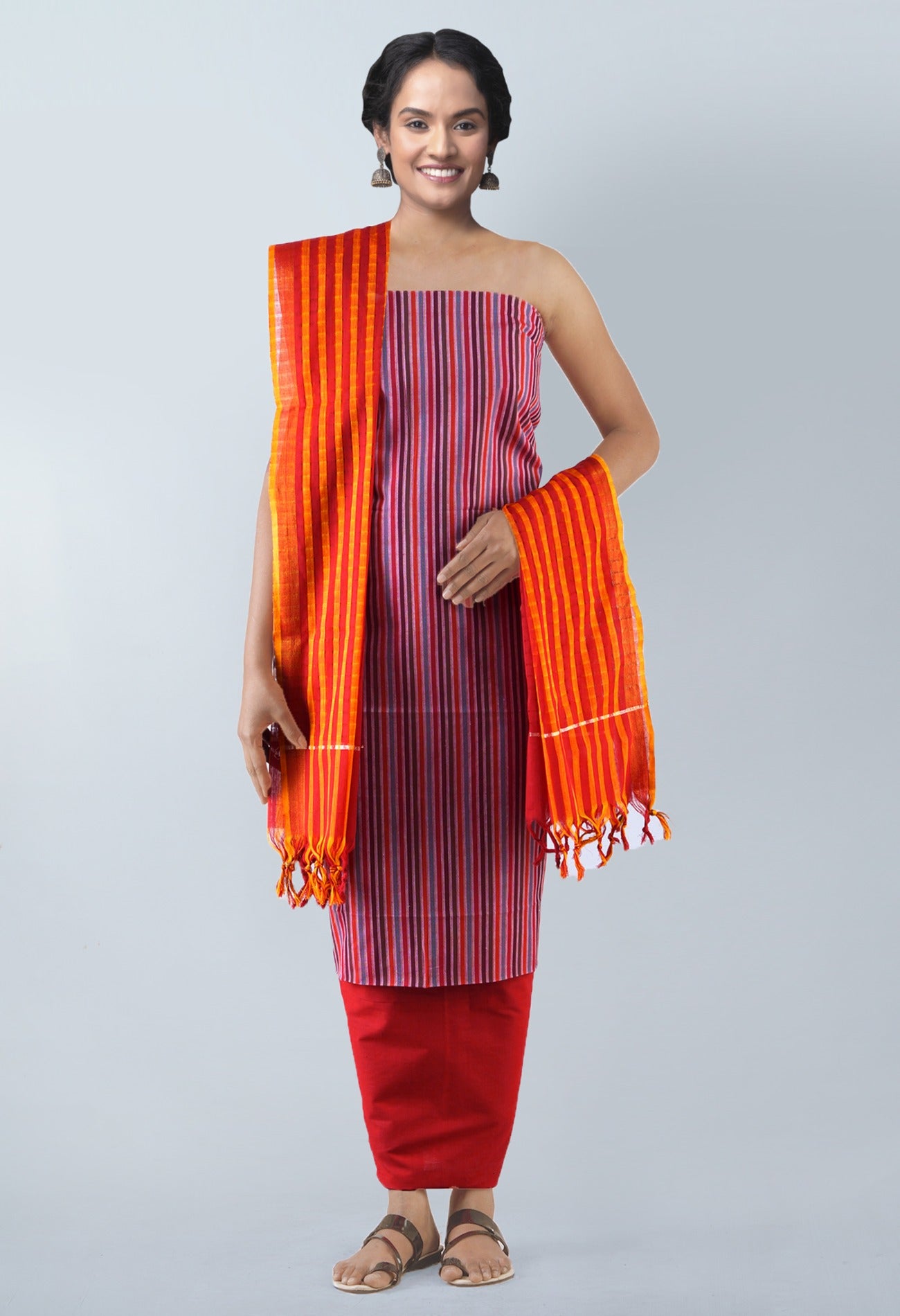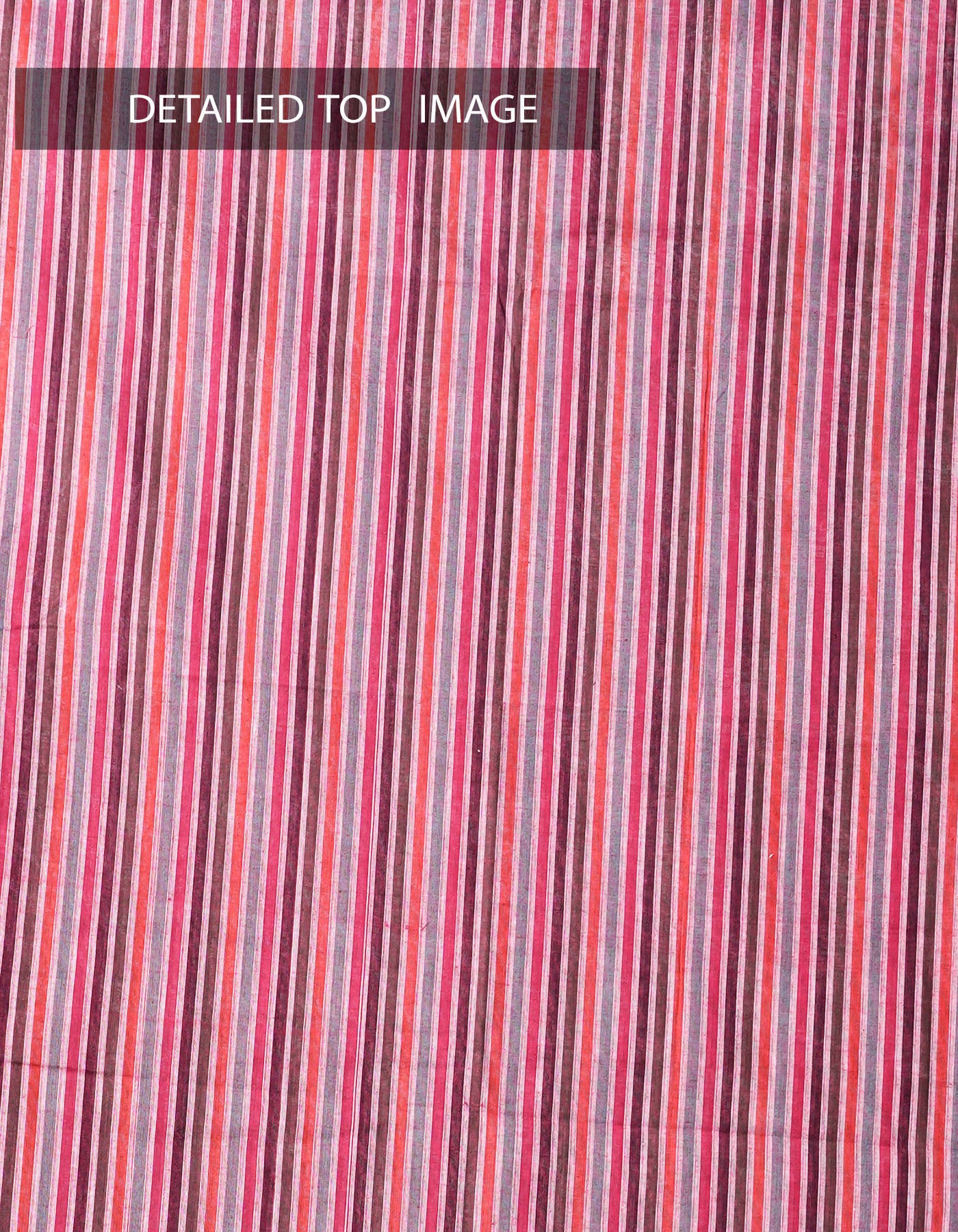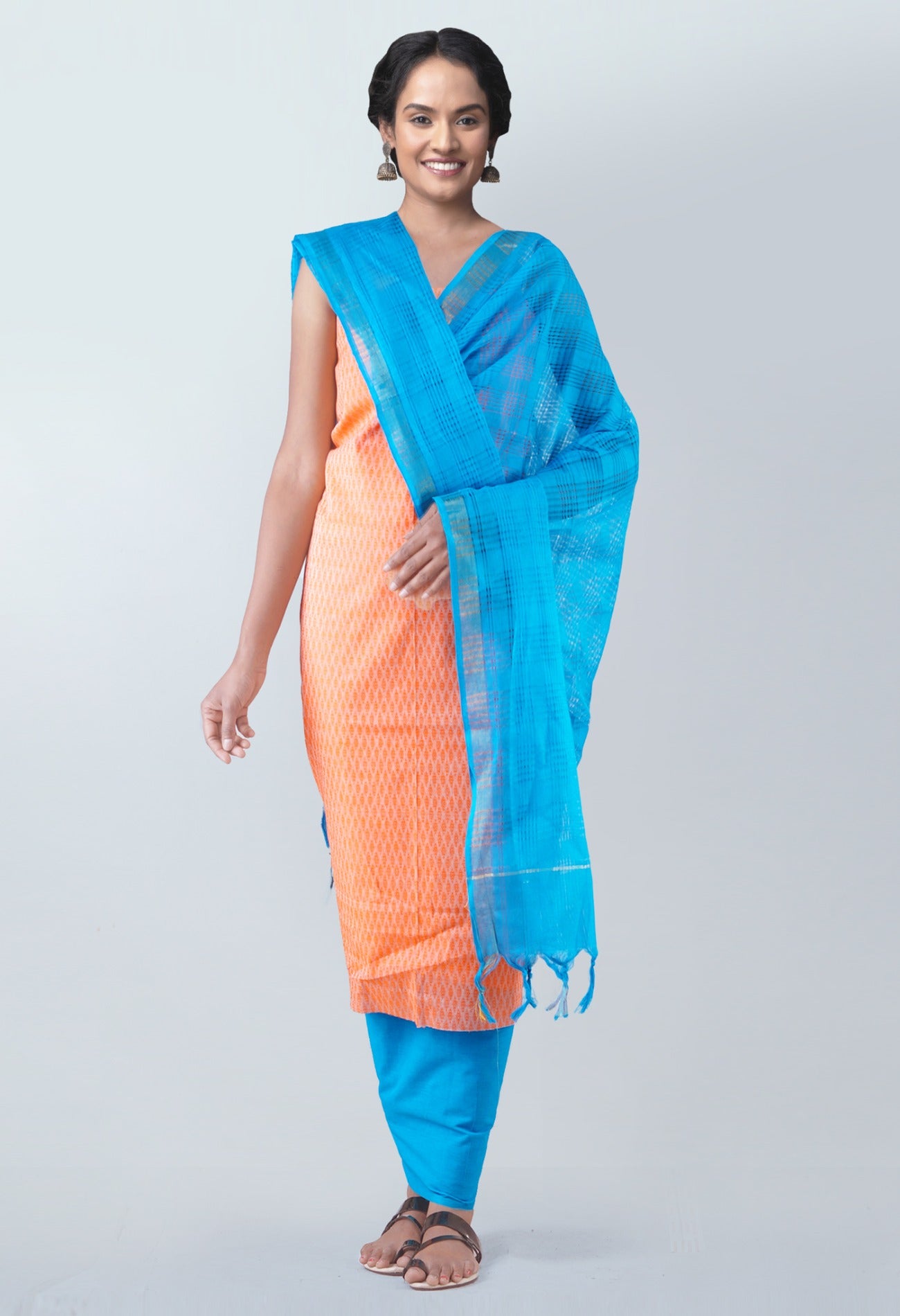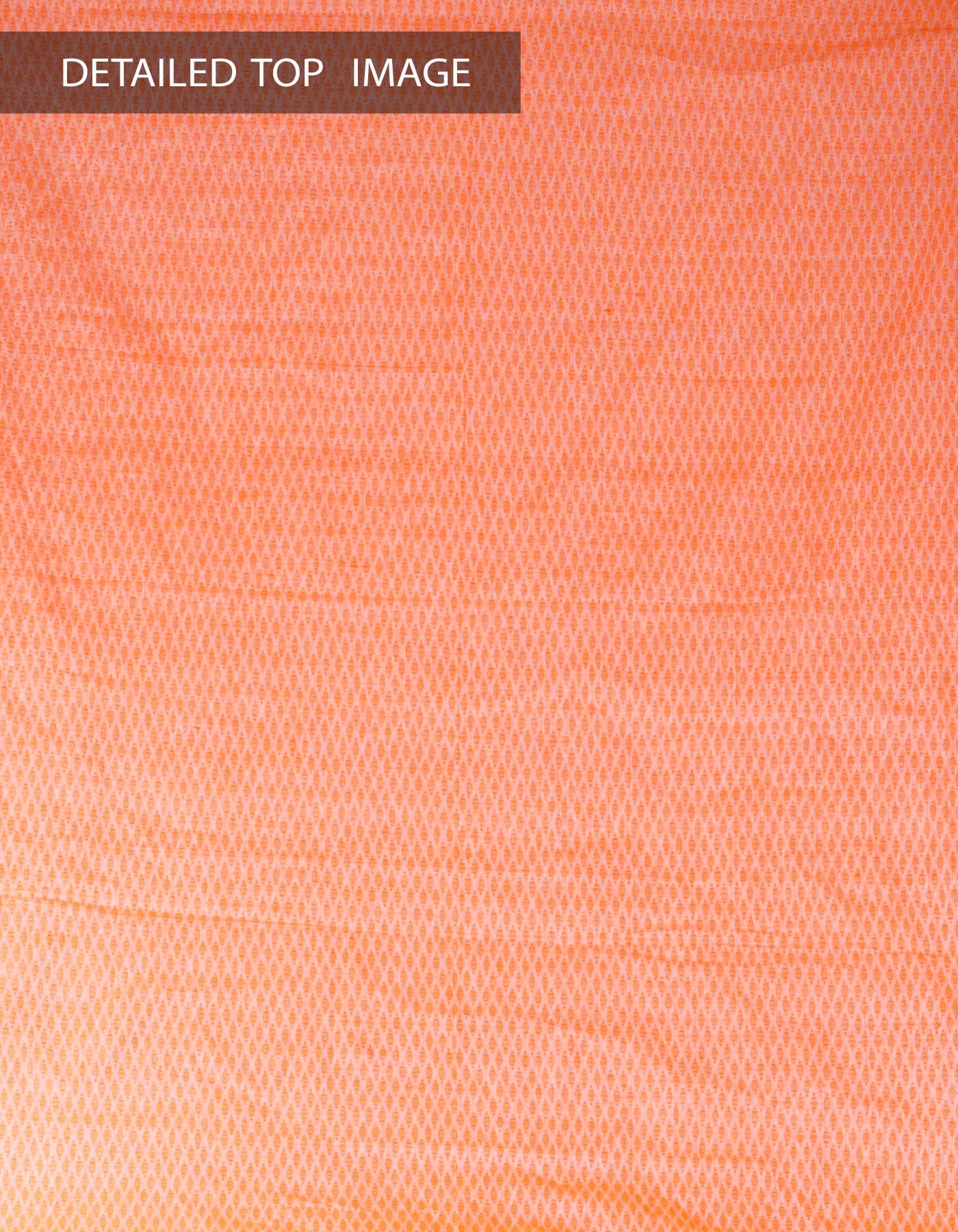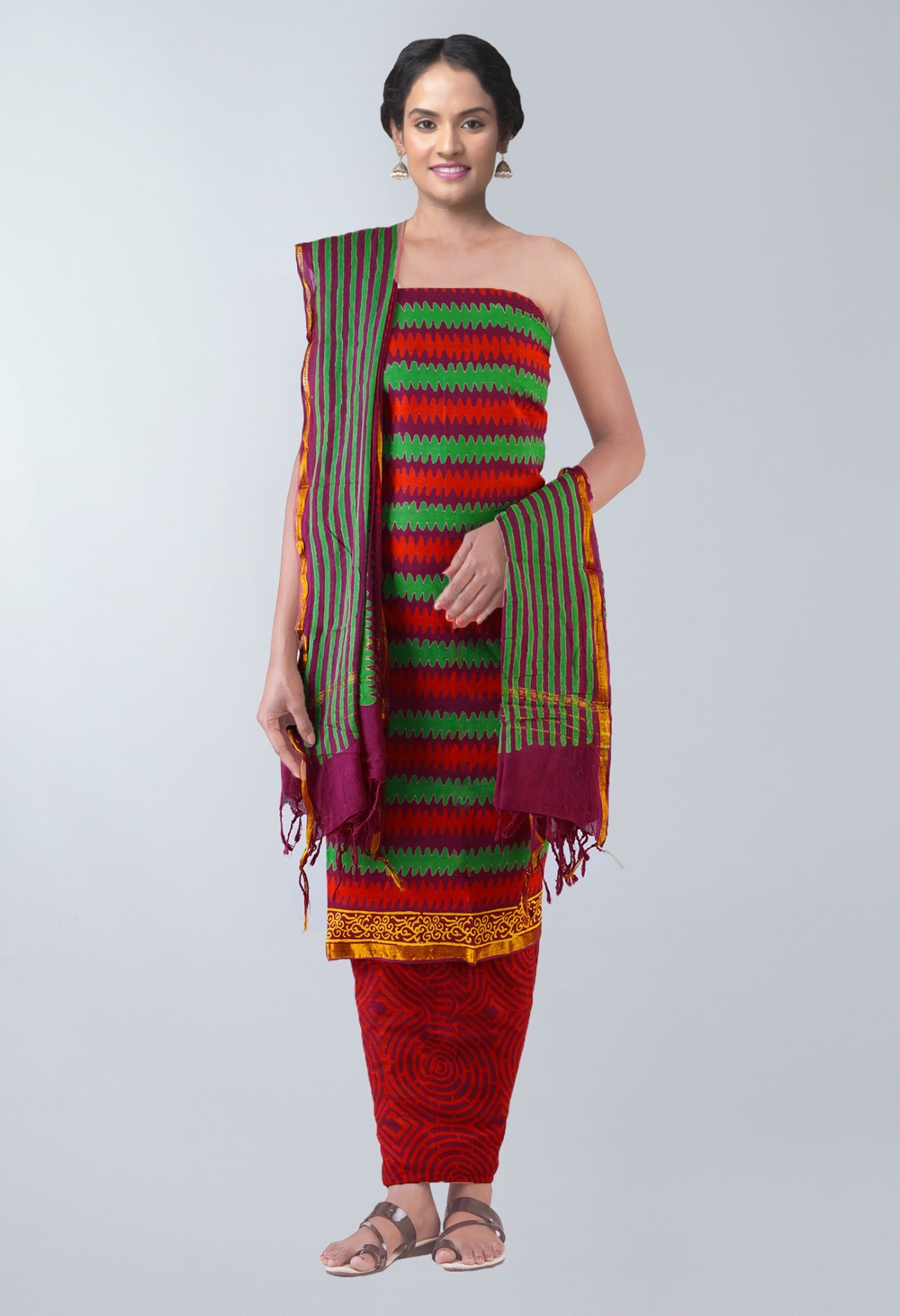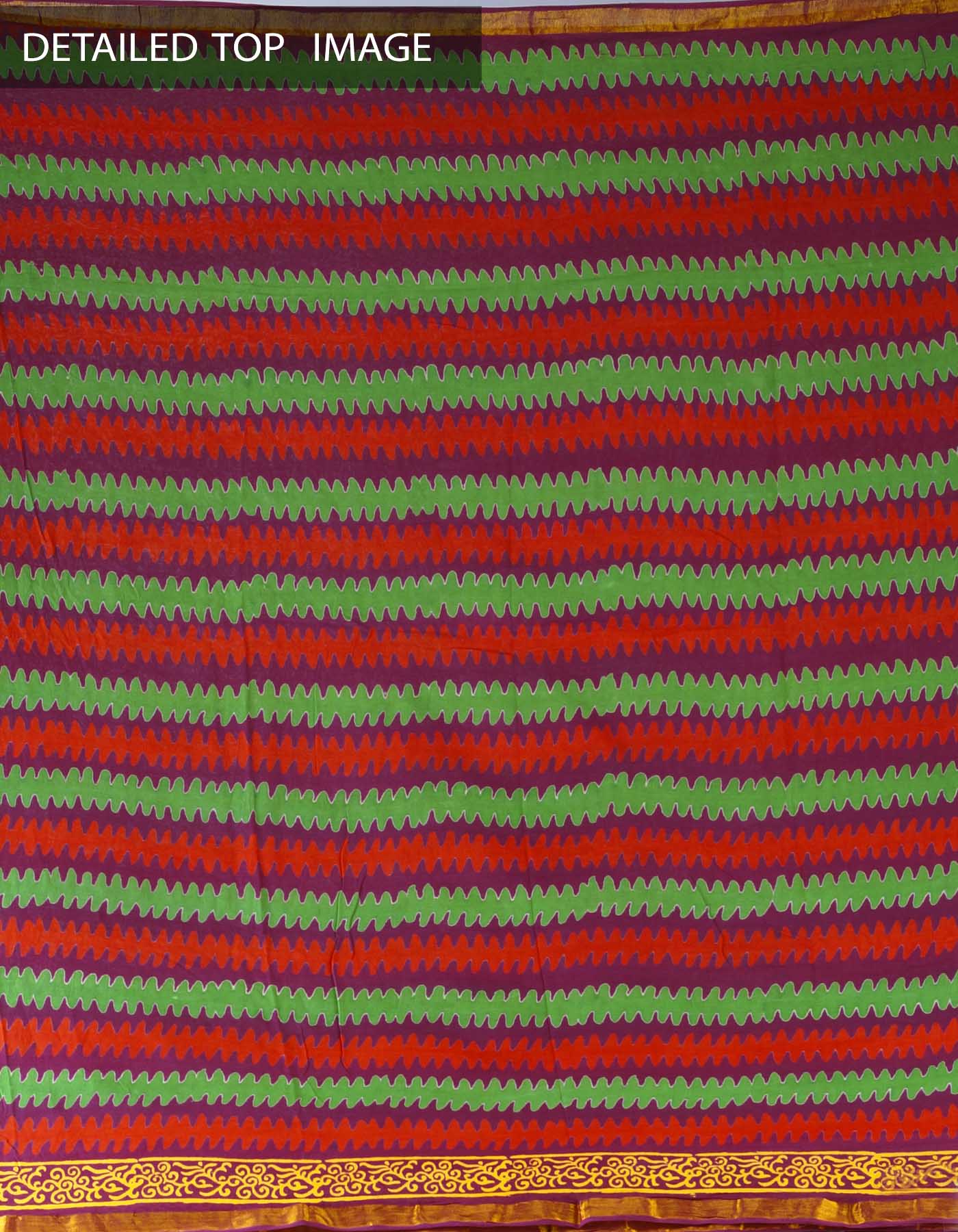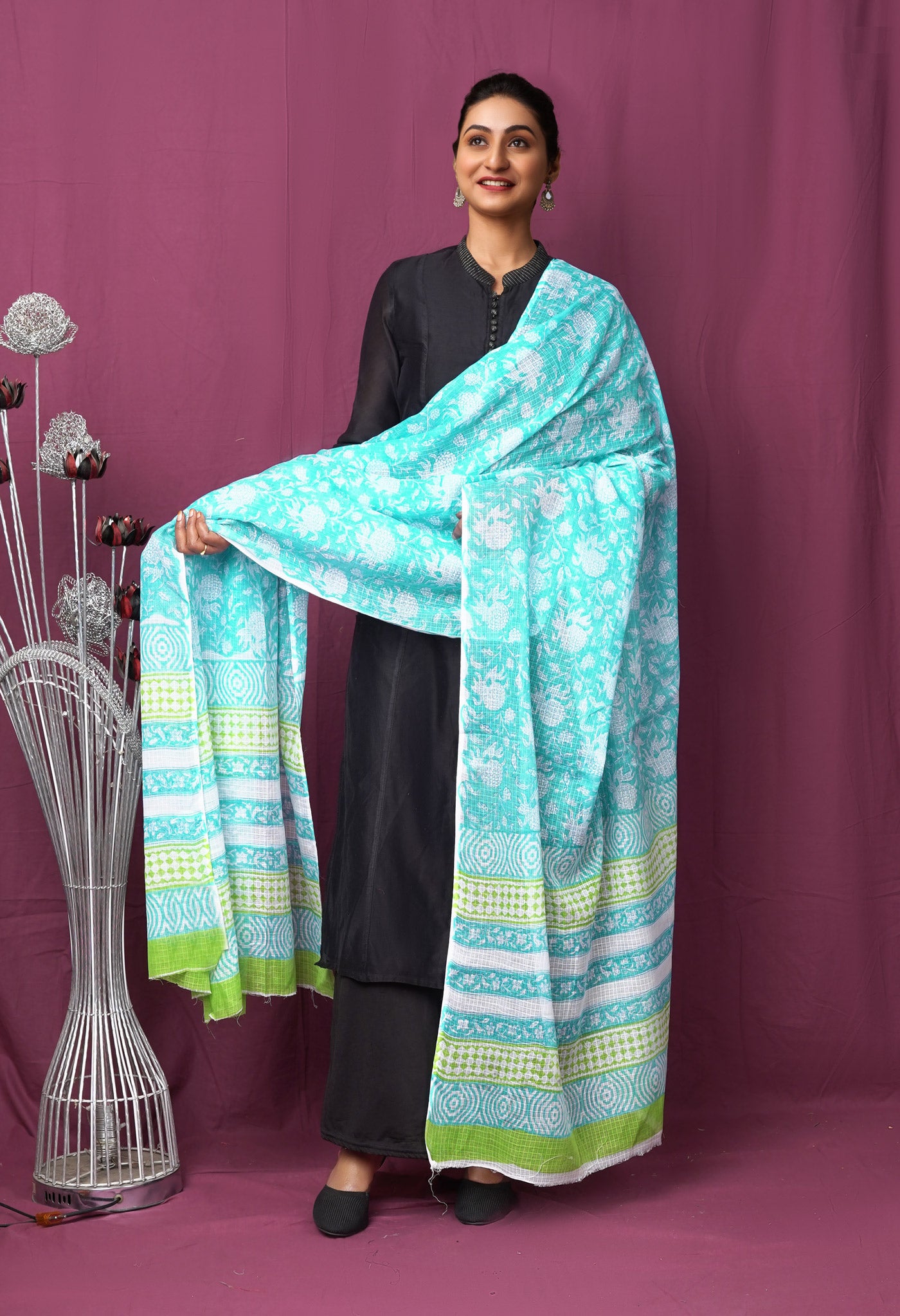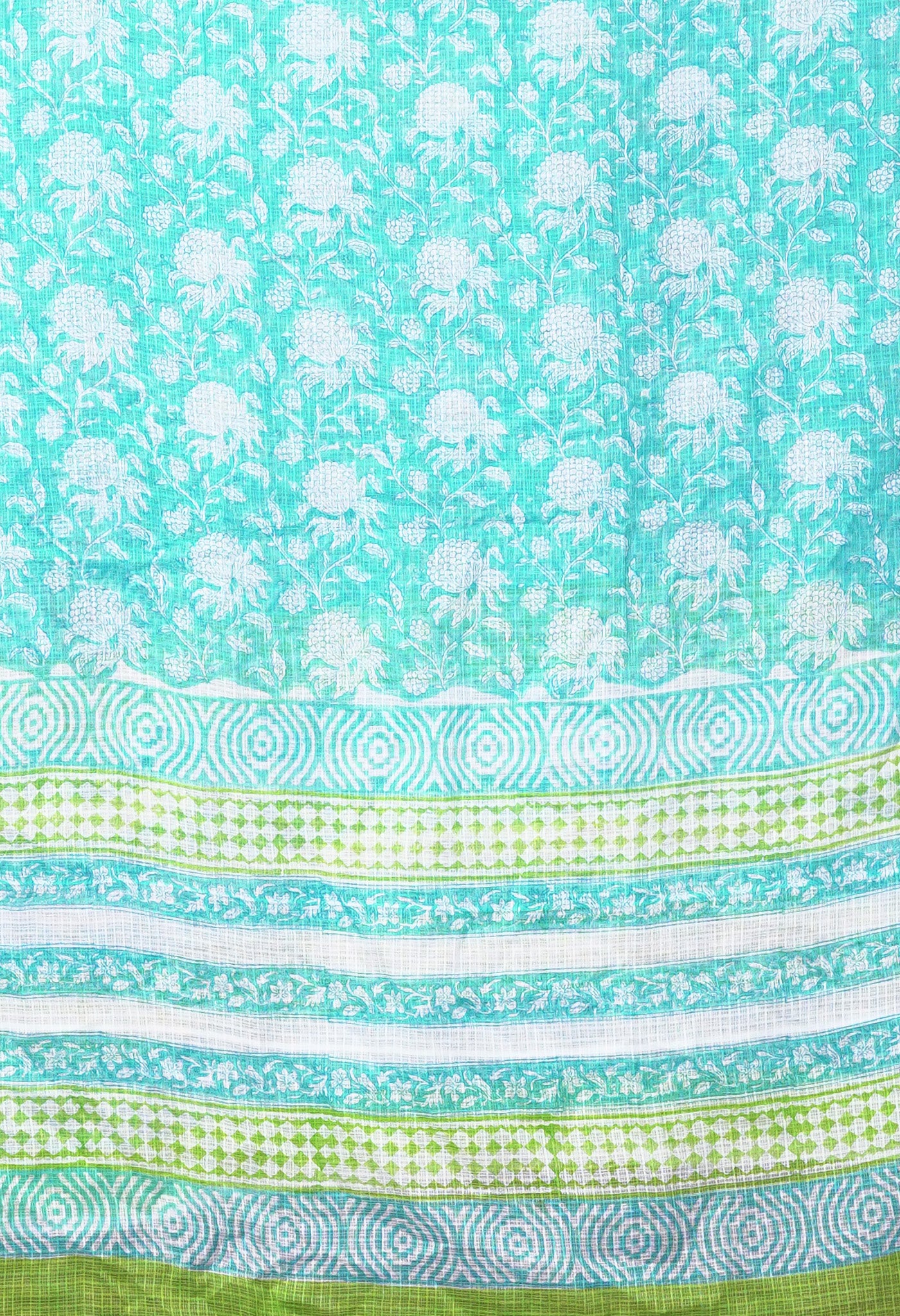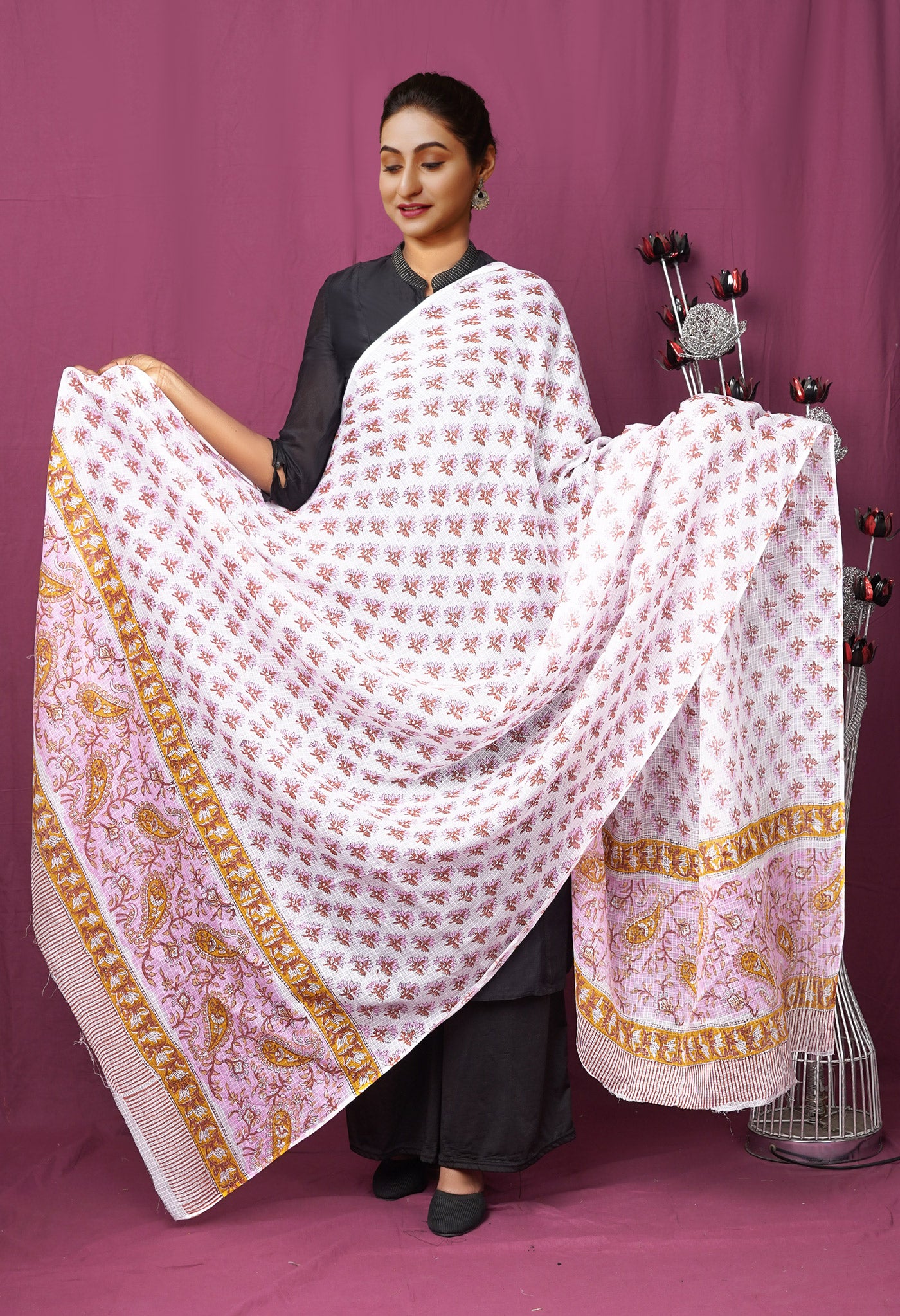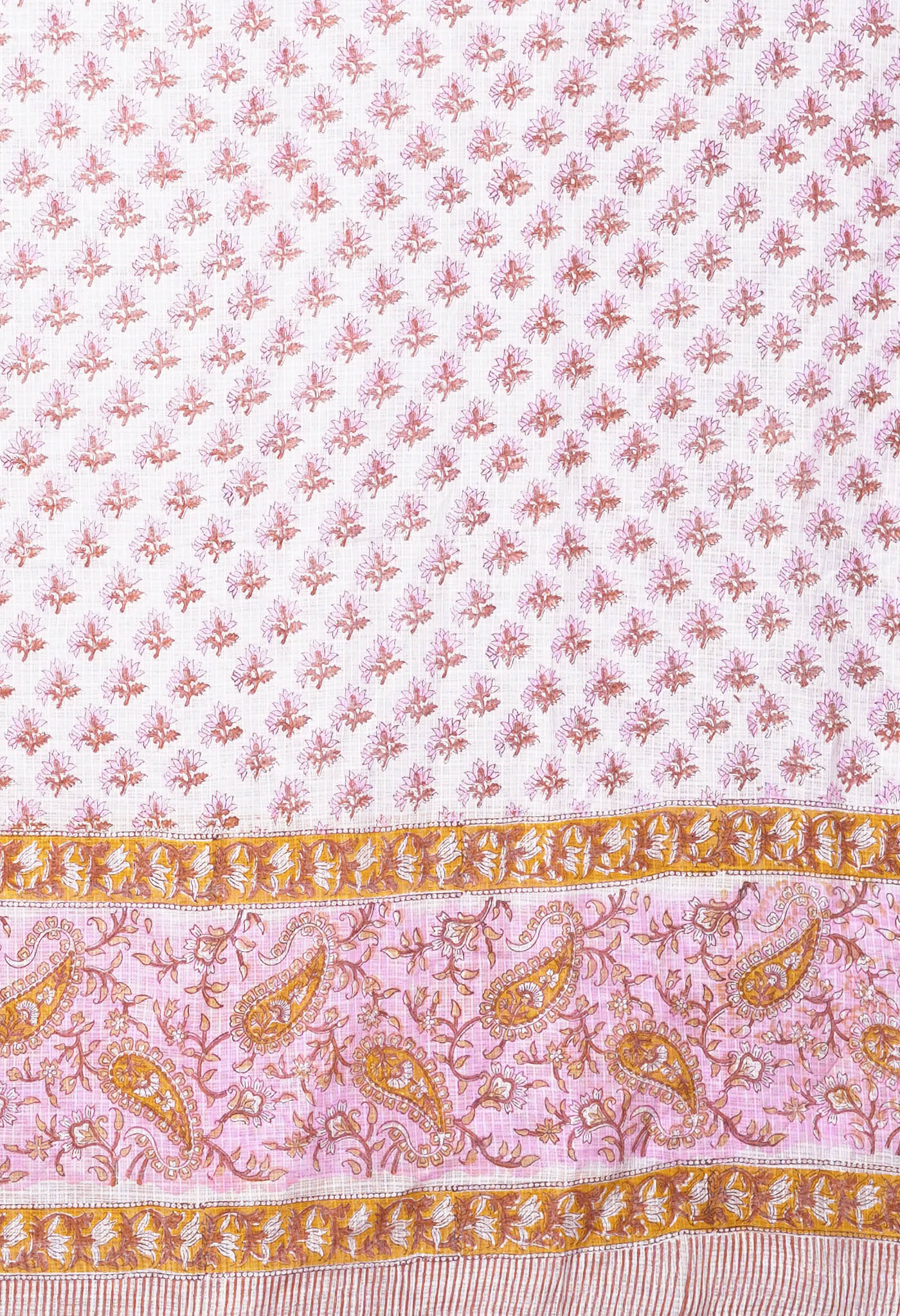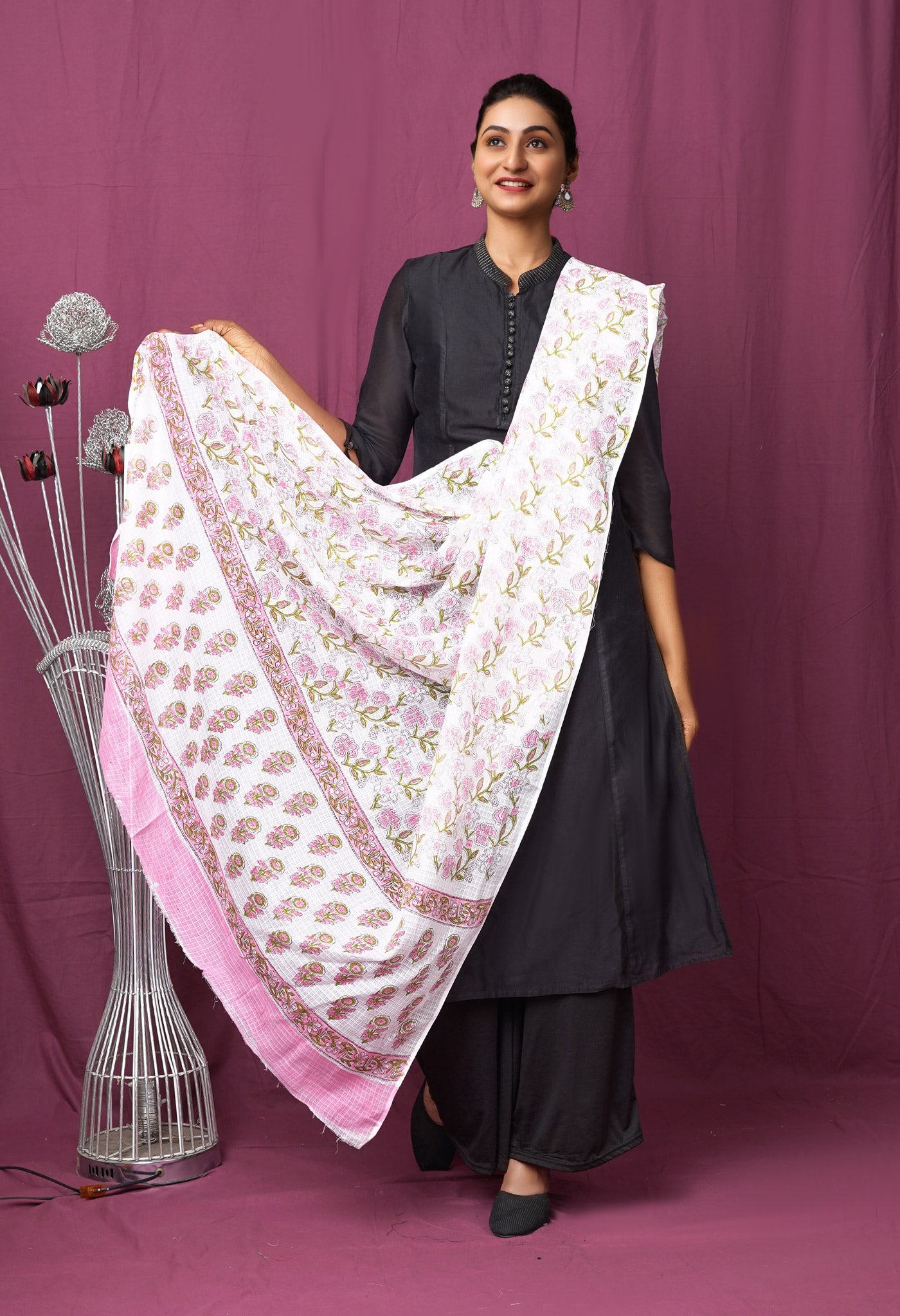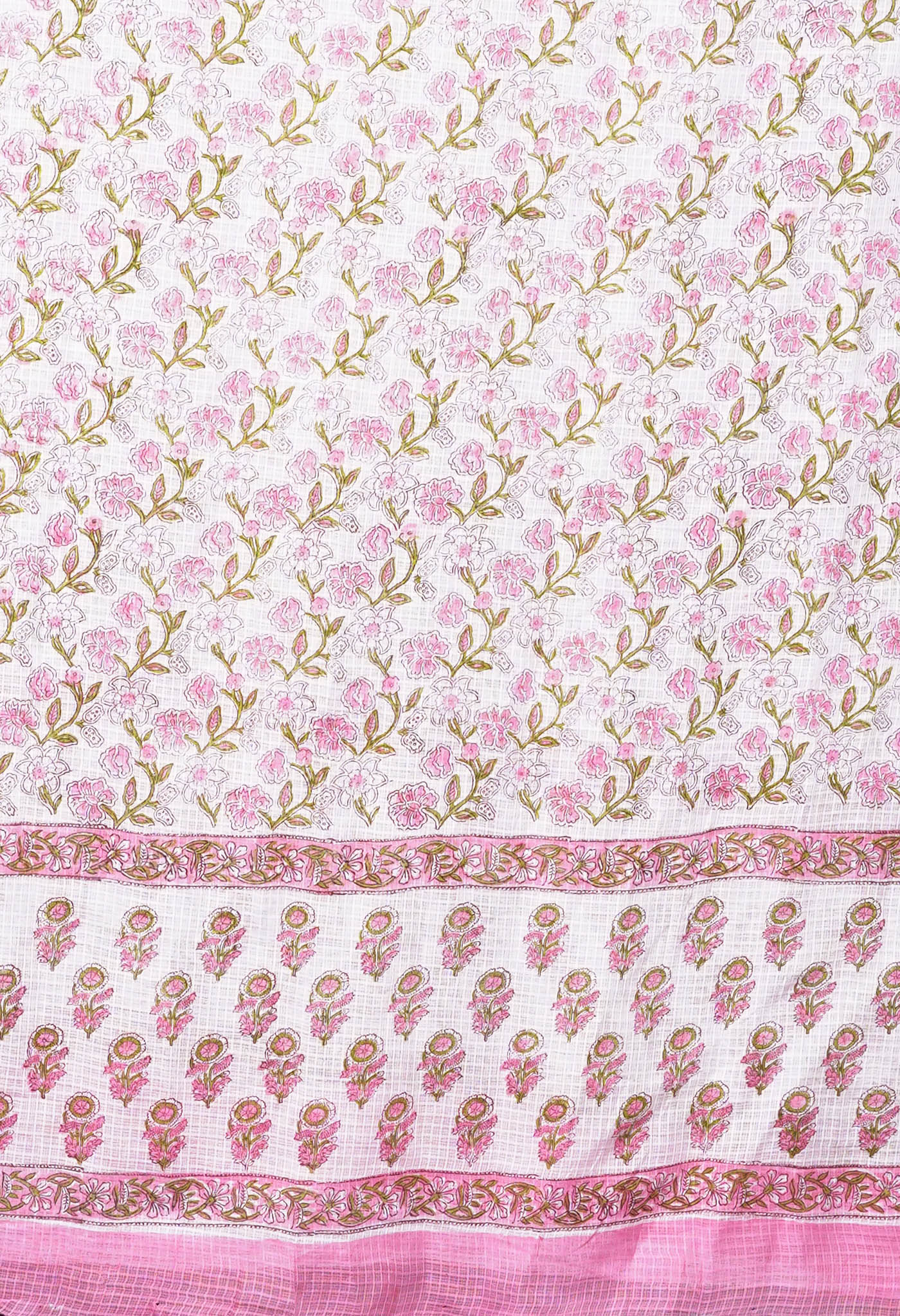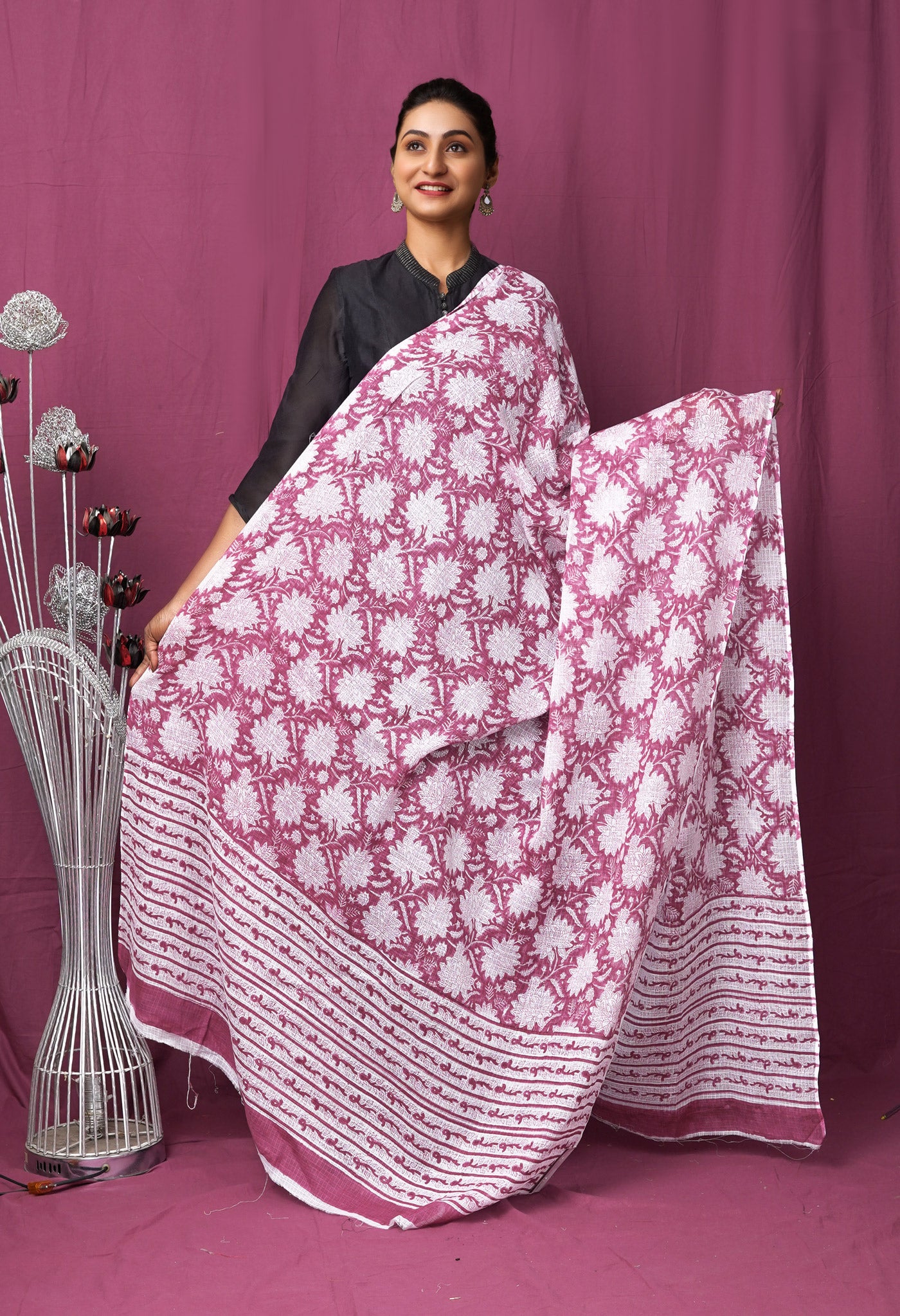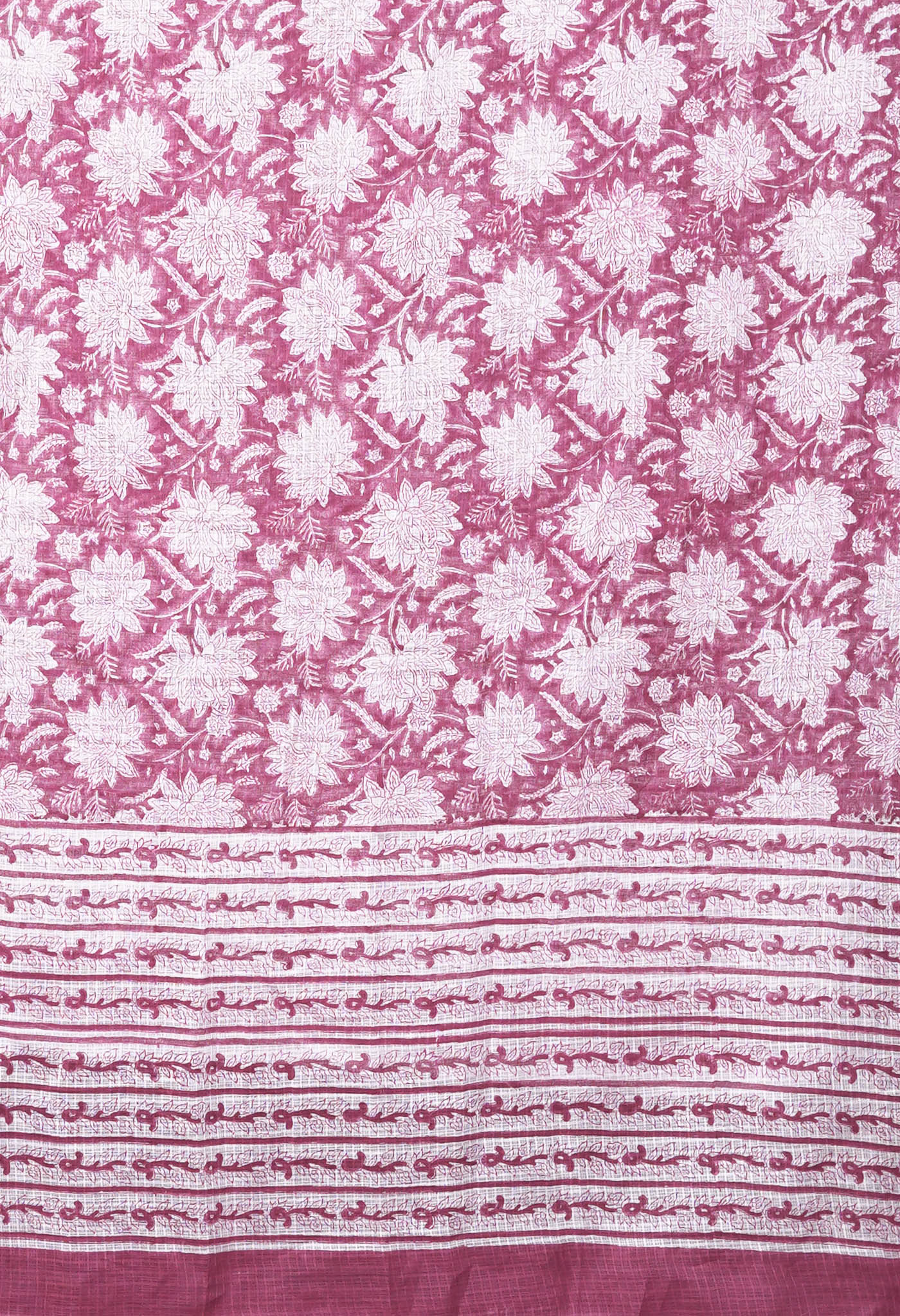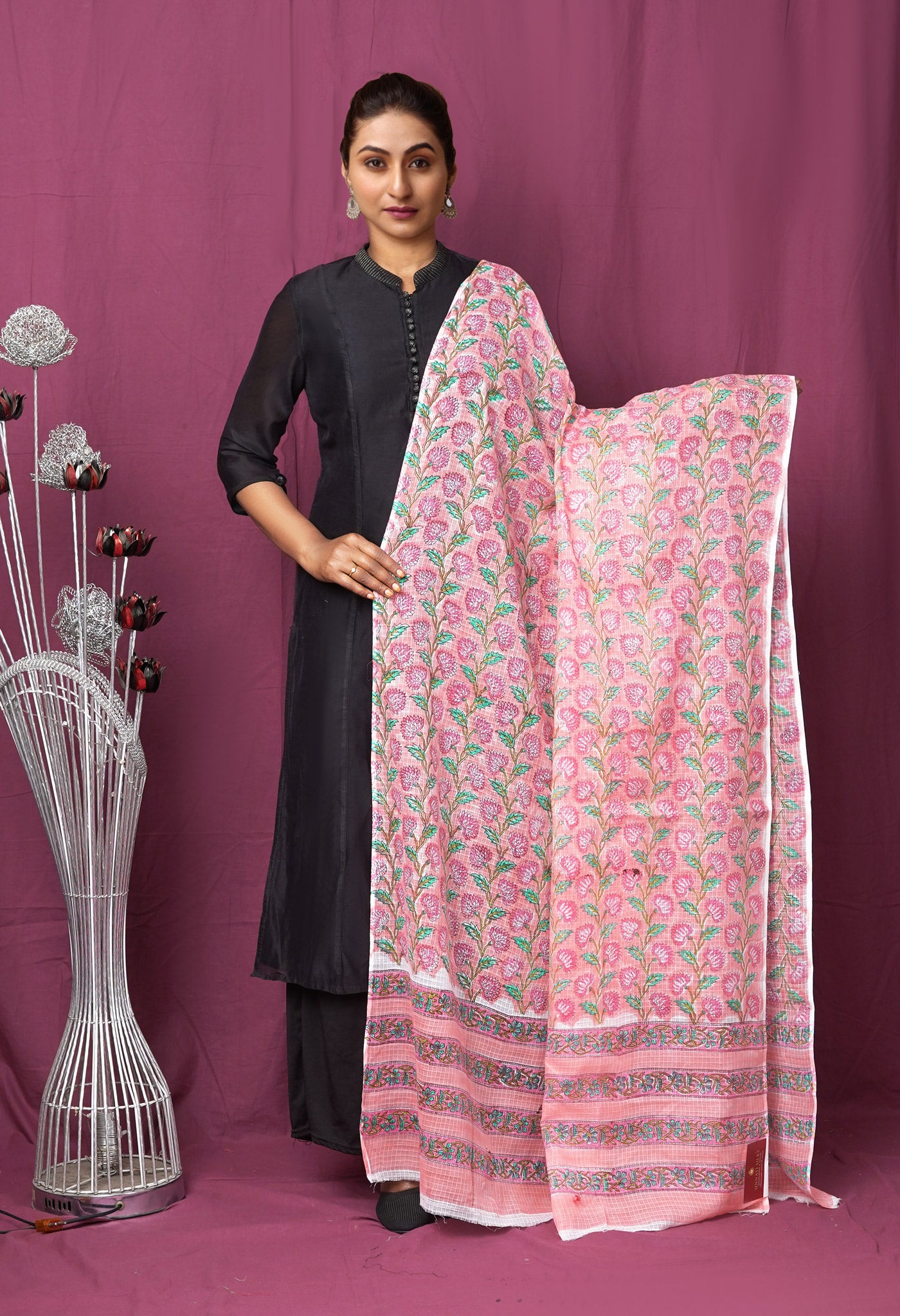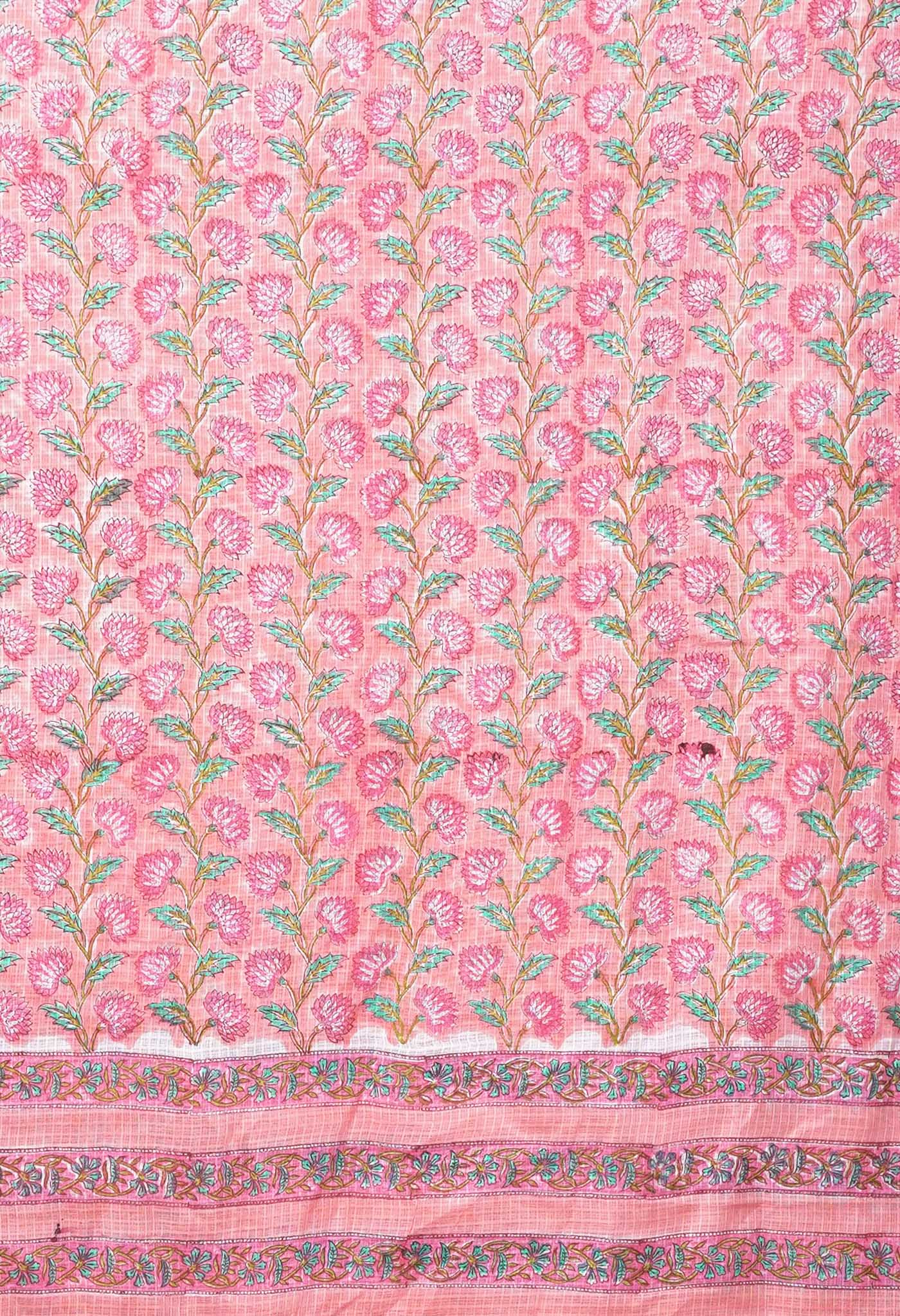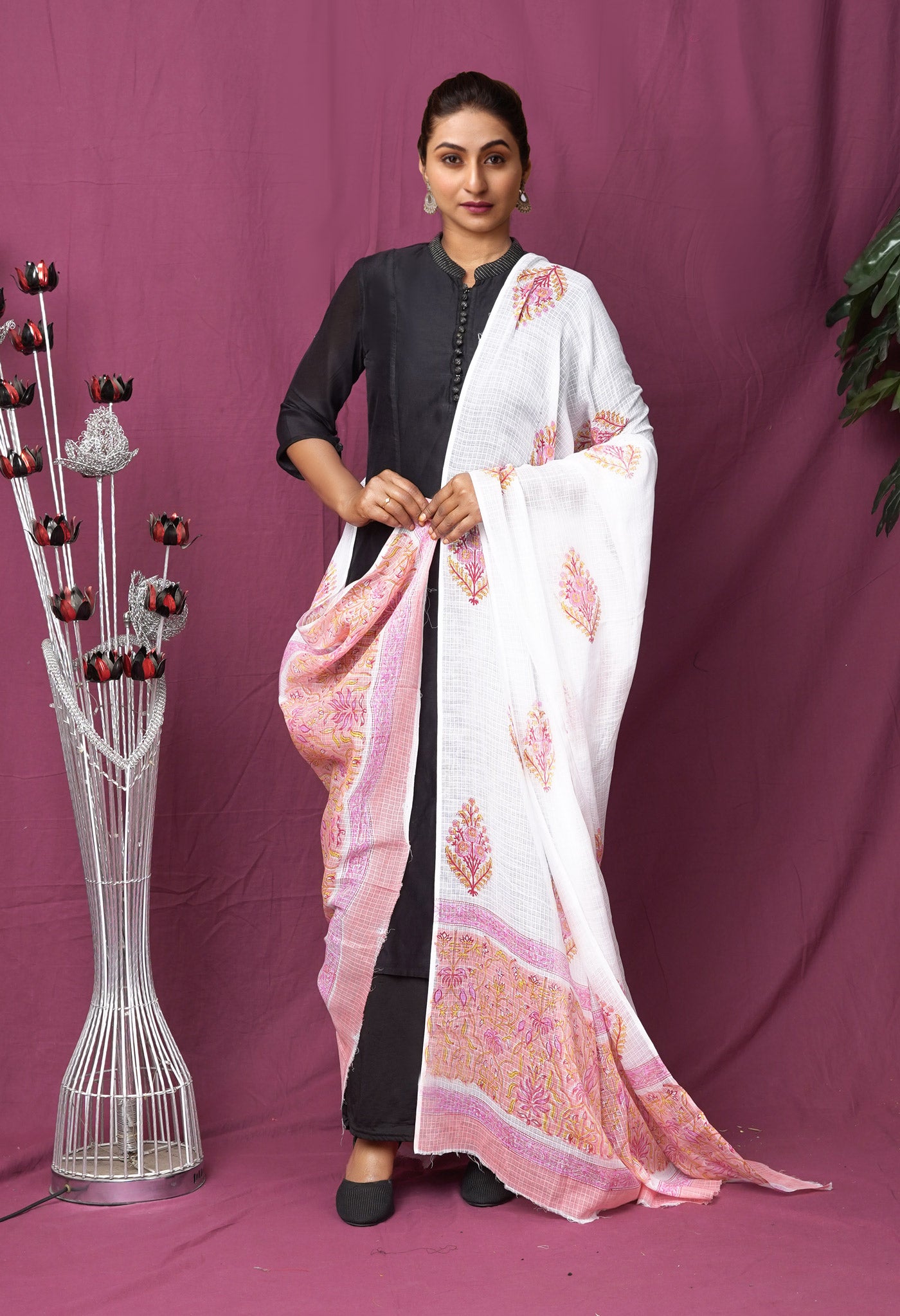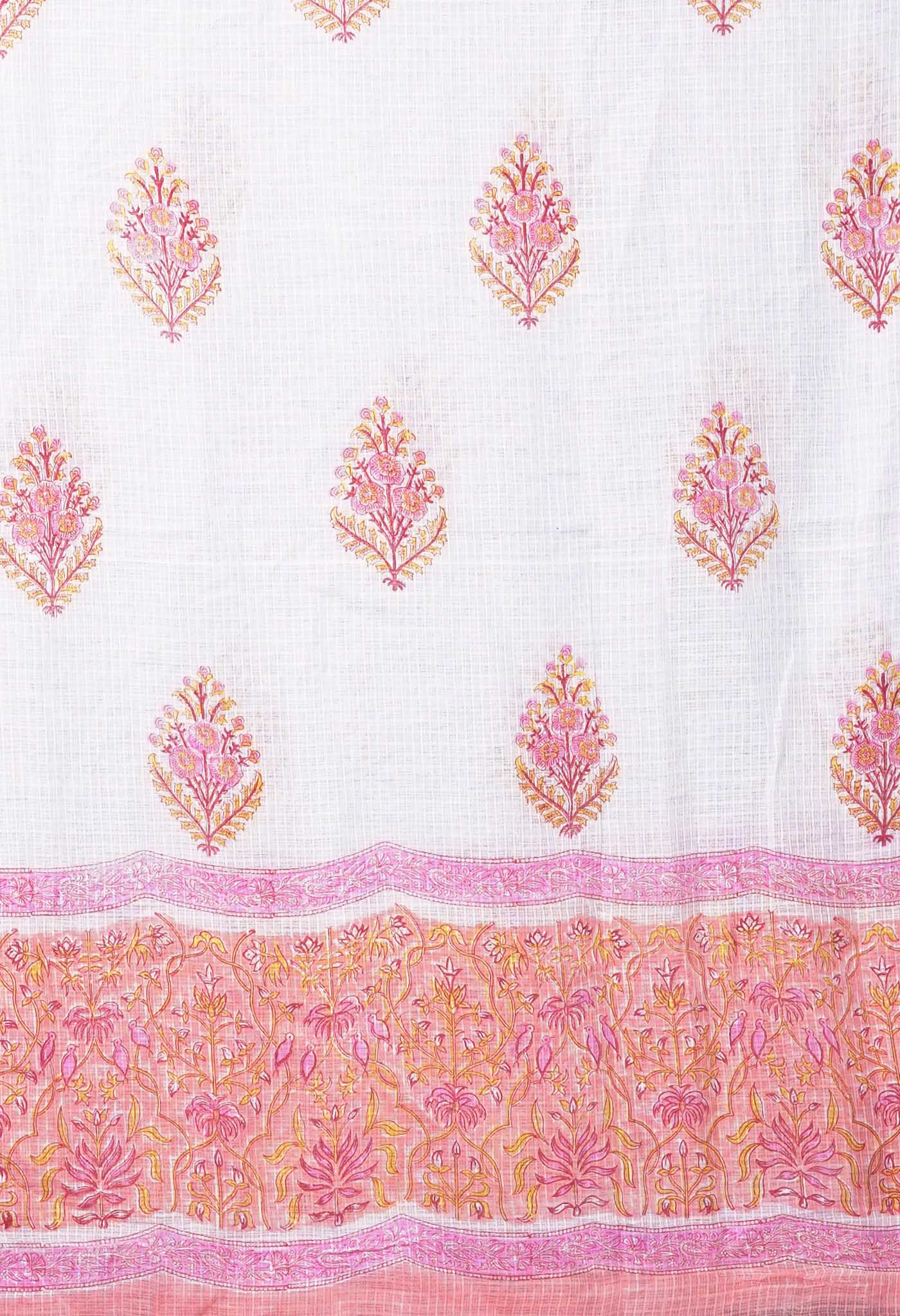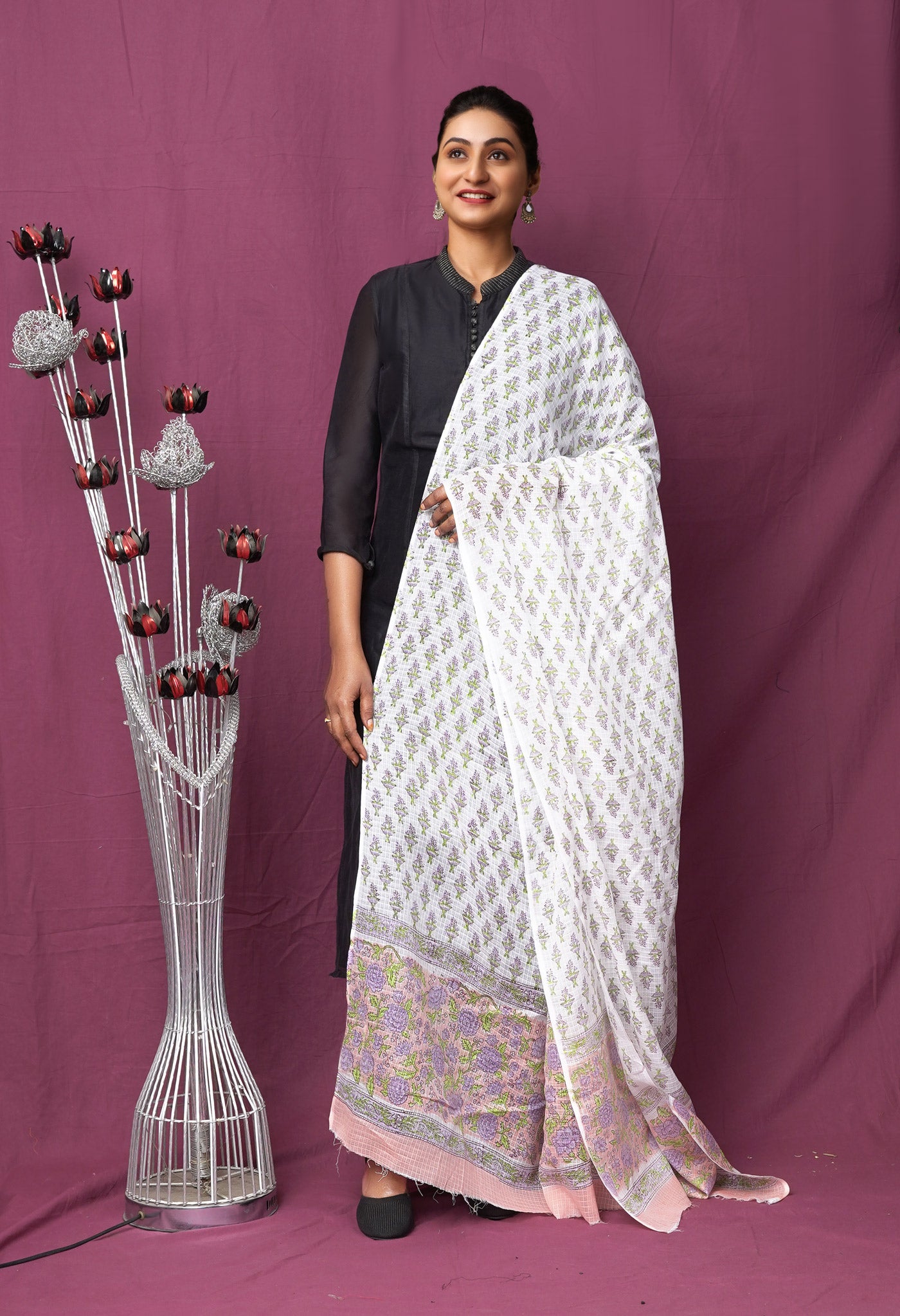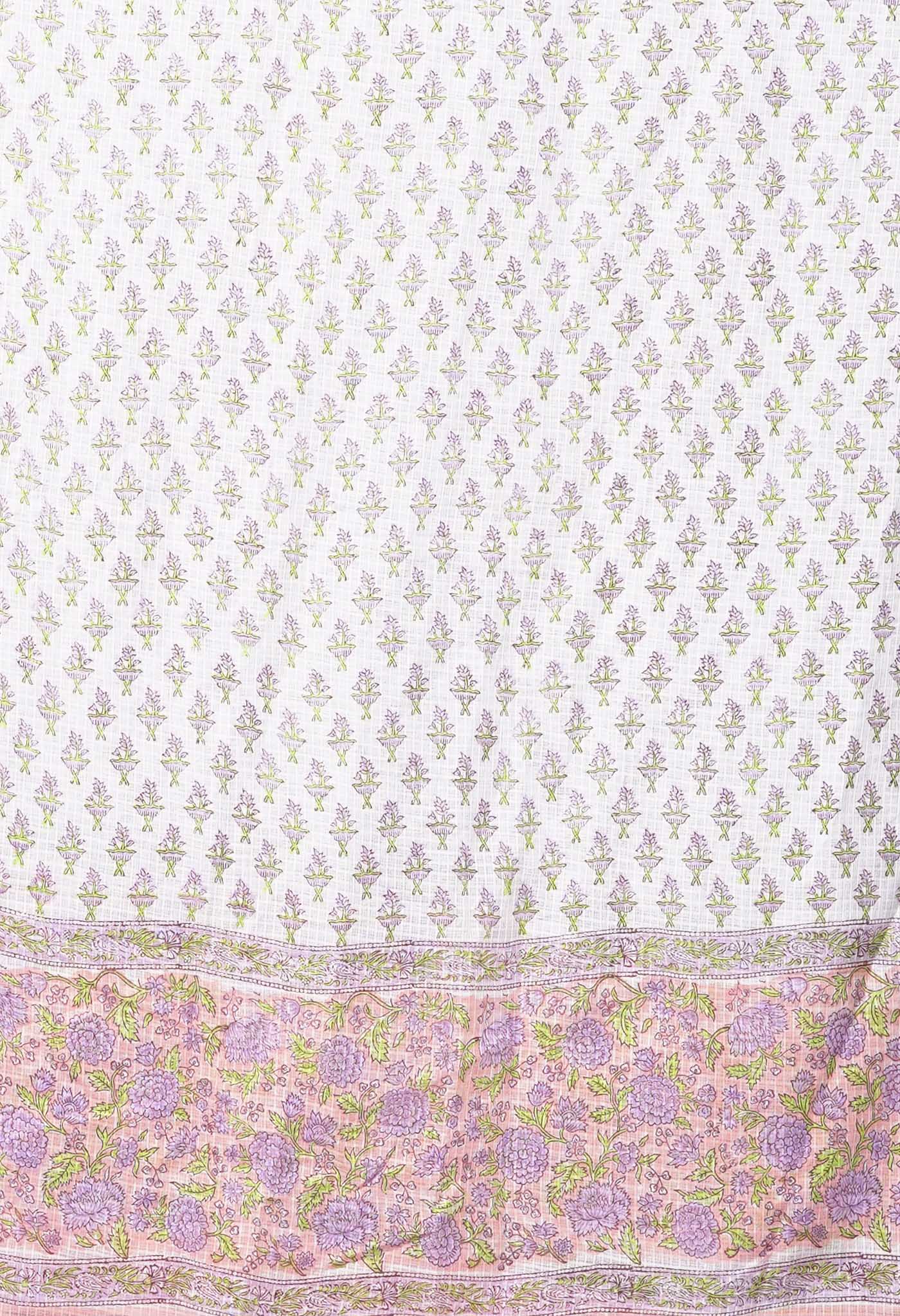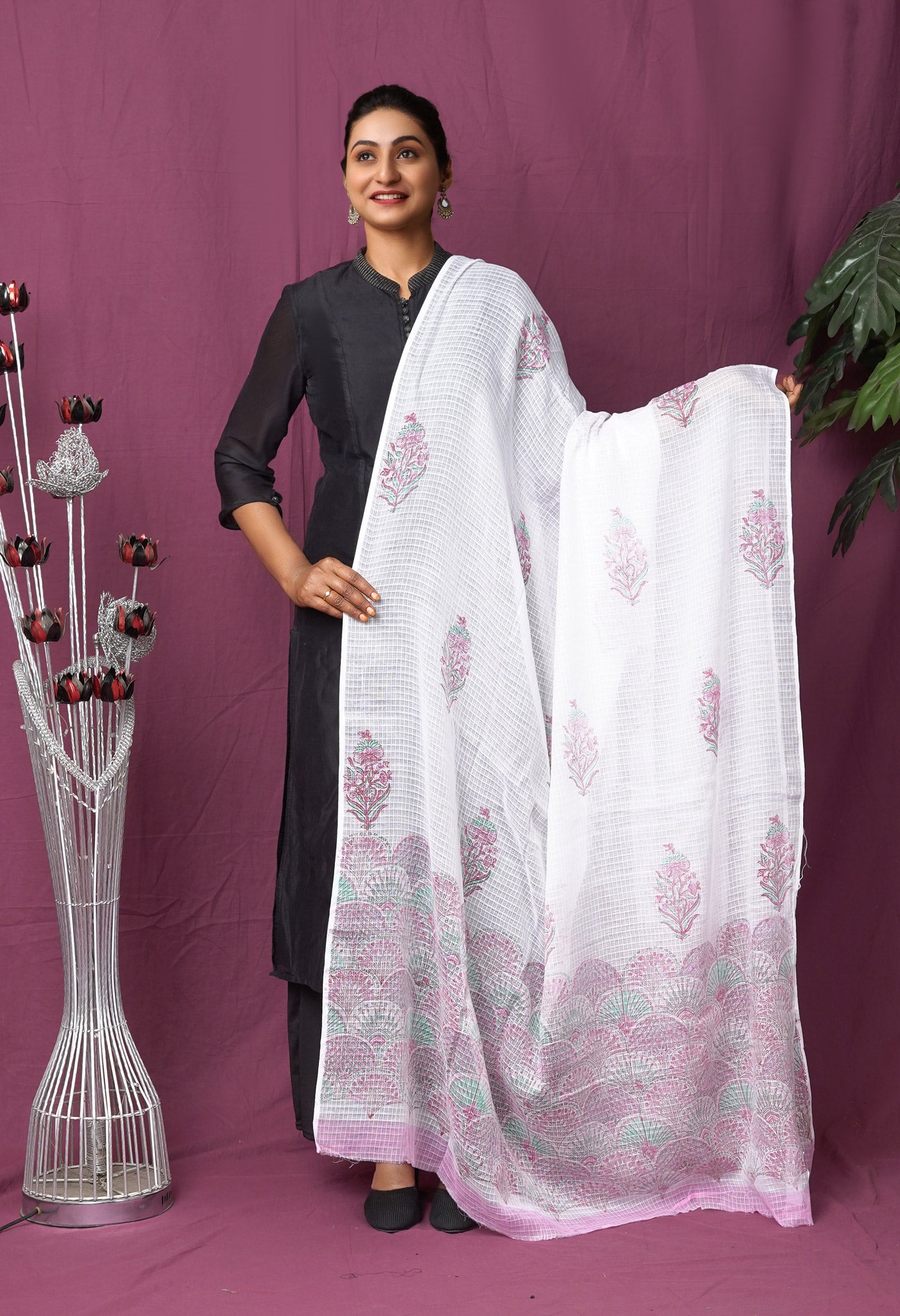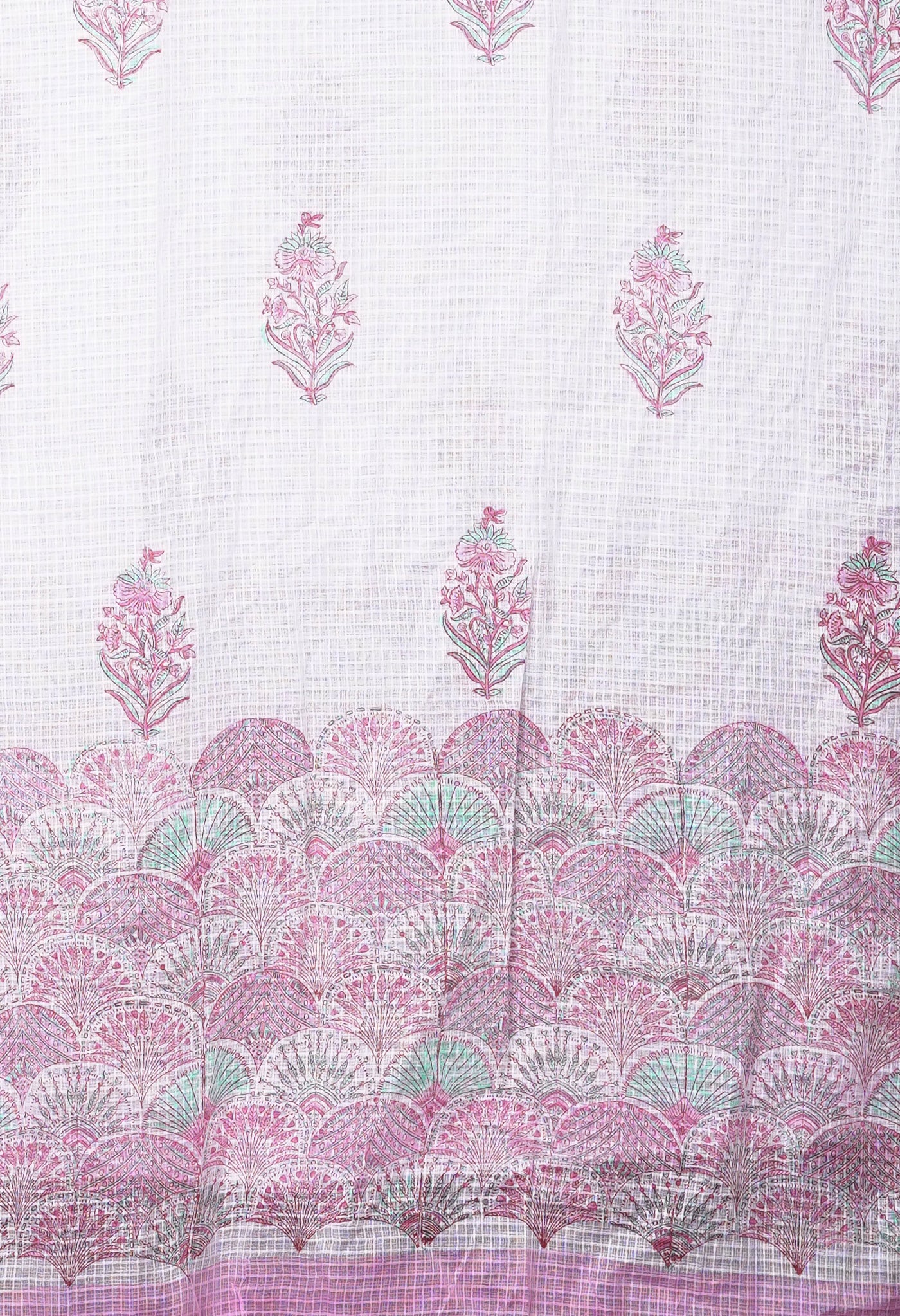
The India Size Chart for fabrics soon to become a reality
A recent announcement from the portals of the Indian government, more specifically, from the Textiles Ministry, that spoke of the long debated and much awaited ‘India Size’ chart is to soon become a reality.
What would that mean for the vast majority of Indians at home and abroad?

Plenty! Look at the possibilities.
- One could just walk into a shopping mall, try on clothes with the ‘India size’ that would be tailored to suit the body measurements of the country’s vast populace.
- Based on information to be collected by govt. agencies, it would collate the data for ‘trend forecasting’ for textiles. Commercial intelligence would determine the trend to be in vogue which in turn would bear a major influence on global fashion trends.
- Indian size would ensure a boosted morale for the retail market. As also it would give a fillip to the South Asian market and Indian diaspora on foreign shores and exercise substantial influence on the foreign companies there as well.
Expected to roll out soon, it would fetch massive dividends to the Indian textile industry.
Who had been given the onus of the task of preparing the chart?
The ambitious project was undertaken by the National Institute of Fashion Technology (NIFT), New Delhi, monitored by the Ministry of Textiles, India in the first half of 2018.

What was the modus operandi or manner of collecting the data?
- The national survey sampled 25000 people using high-tech 3D whole body scanners. The sample included persons from 15 to 65 years of age, across six cities, with male and female in equal numbers.
- In the scientific exercise anthropometric data was collected from the sample population of 25,000 to create a database of measurements to culminate in a standardised size chart, truly representative of the Indian population that would be adopted by the entire apparel industry of the country.
- 120 different anthropometric elements, including, height, weight, waist-size, hip-size, bust-size, were included in the survey.

- The survey was carried out in six cities spread across six regions of the country—Kolkata (east), Mumbai (west), New Delhi (north), Hyderabad (centre), Bengaluru (south), and Shillong (northeast)
- The cost involved in the exercise was then estimated at Rs.30 crore with Rs. 21 crore to come from the Govt. and the remaining Rs.9 crore from NIFT.
- National and international experts with experience in sizing surveys have been taken for the exercise.
- The project would be carried over 2 to 3 years.
What is the positive take on this exercise?
- This will be a database of measurements that will culminate in a standardised size chart, representative of the Indian population, which can then be adopted by the entire apparel industry.
- Once a uniform India size is arrived at, “even foreign brands in India would also carry it. Besides, our diaspora can then also order any wear based on that standard size".

- After this uniform size chart is available, the whole country will have a “standard reference point" for ready-to-wear industry. That means, all India brands will have the same size for a person.
What are the problems currently being faced in the absence of India size chart?
- "The Indian apparel industry uses size charts that are tweaked versions of the ones from other countries and are made out of the manufacturer's instinct and experience, than proven scientific study. This usually results in fits, which leave a lot to be desired.
- Providing well-fitted garments in the absence of a standardized size chart is proving to be a big challenge for the domestic textile and apparel industry.
- 'People get into the rut of dieting to fit into clothes designed for mannequins'. For most women, shopping often ends up being a depressing experience as they can never find what they like in their size. So, to fit into clothes of that size, they try to achieve that size.
If there's a size chart that keeps in mind the shapes and structures of Indian women, it will be easier for them to identify their size. Then even retailers can provide clothes as per that measurement, not as per the measurement of the mannequins.
- Even models, who are mostly envied for their perfect bodies, have to go through several fitting sessions before each show because some designers design according to the US and UK size charts, and those clothes mostly end up fitting just mannequins.
- The thing to bear in mind is that the body shape and structure in India varies from region to region. The US has the same challenge of ethnicity as in India, but just like the US has managed to come up with its own size chart, we should be seeking a size chart that will address 60-80% of the population. So getting the India Chart becomes all the more challenging.
- At a time when designers and retailers are shifting towards online shows and are tying up with online platforms to extend their reach, there are shoppers who can't order their favourite dress online because they don’t know their exact size. For example, one could fit into ‘small’ of one brand, but would need ‘medium’ of another brand. In the absence of uniform Indian size charts, every retailer keeps the size that sells the most online. If you are not that size, it will be very difficult for you to shop online.
- If you wonder why you can’t find the same dress that you saw in a store in Europe at the same brand’s store in India, there's a reason for it. Most international luxury brands have selected pieces for sale in India. Even if you choose one of them and want a customization, you might have to depend on your boutique owner for that. A European brand would obviously design as per European size charts and body structures that often fail to fit Indian women.
- Indian women find problems with the length of the dress and the neckline. Most luxury brands sell limited designs in short dresses because the length is not appropriate for Indian women. Same goes for the neckline. Not everyone is comfortable with a plunging neckline and when dresses are designed keeping in mind European body shapes and heights, that's another problem.
- Customization is rarely possible in these dresses and if at all one does get them customized, the entire appeal is lost.
The readymade garments revolution has already begun, created due to globalisation and industrialization in the present era. Companies producing readymade garments in bulk for India, are in fact actually not making for Indians because the sizing chart we follow for making readymade garments for India is based on international body shapes and figures. Since, our Indian body shapes are very different from the international body shapes, Indian customers are not satisfied from the sizing and the fitting of readymade garments. This is the crux of the problem of readymade garments industries in India which the India size chart is going to solve.
Now that it has all the stakeholders – govt., manufacturing industries, the apparel market and the end users crying out in one voice for the India size chart to take shape and get implemented soon, things are going to look up very much for the Readymade Garment Industry.

Standardization in sizes in various countries of the world
- What does clothing size mean?
Clothing size refers to the garment label found on ready-to-wear or off-the-rack clothing sold in retail stores around the world.
- Is the clothing size same for all countries across the world?
No. The garment sizing system is currently specific to a country’s figure types and garment types. Individual countries define figure types, garment size and garment types differently and use different key body dimensions to develop the sizing systems. Hence, the establishment and use of sizing systems vary worldwide. Body measurements do not necessarily translate into the garment measurements.

- How is clothing size communicated to the customer?
The garment size is communicated to the customer by the information on the ready-to-wear garment label in retail stores.
- What have countries done for their sizing systems?
In an attempt to standardise sizing systems, either within the country or for export purposes, various countries have acquired new technologies, such as 3D body scanners, to collect large amounts of anthropometric data from their population to develop a statistically valid database from which a viable sizing system can be established.
- What is conveyed by the size label to the sellers and buyers of ready-made garments?
According to a marketing researcher, ‘retailers, brands and manufacturers use garment size labels as a marketing tool, as a means to convey information to the customer, while consumers use them as a guide to determine the fit prior to purchasing the garment’

- What is a good sizing system?
Various studies reinforce the notion that the true value of a sizing system is the extent to which, with a limited number of sizes, it caters to a population's sizing and fit requirements.
- What is the advantage of having a good sizing system?
According to these studies, a system that caters well for its population sizing and fit requirements is said to have the advantage of influencing production numbers, the number of sizes produced and hence the fabric usage and production planning in a garment manufacturing environment.

- How relevant are Garment size labels to the customer?
Garment size labelling methods vary in different countries. E.g. in the United States, women’s sizes are classified by figure types such as Women, Misses, Half-sizes etc. while junior sizes are alternatively labeled by age. The garment labeling system can also use numerical codes such as size 6 or 8. The junior and missy sizes are sometimes labeled 1 or 2.
- What does that mean?
That means that numeric codes of garments on labels do not characterize a woman’s age or her body measurements. In fact the German sizing system developed in 1981 originally, also did not indicate body measurements, the garment sizes were coded 18,018 and 18,518. This meant the garment would fit a woman with a bust girth of 84 cm, while the numbers 0 & 5 designated suitability for a woman with slim or full hips, the number 18 indicating a short height and an increasing number within a size group indicated larger body frame sizes.

- What was ISO, the International body for standards suggestion on this?
In 1991, ISO suggested the use of body measurements to describe garment sizes, using key body dimensions in the form of pictograms. In fact based on their suggestions countries such as Japan, the UK, South Korea, South Africa and Kenya started adopting ISO standards with many more following suit.
- What are the ISO Standards?
ISO standards for readymade clothing was established in 1969 under the technical committee titled ISO/TC133 – Clothing Sizing Systems – size designation, size measurement methods and digital fitting.
More than 30 countries participated either actively or as observers in the meetings of the committee.
- What were the guidelines formed by the committee?
Despite the original intentions of the committee, the preliminary work and reports from various countries determined that the development of an international sizing system was not feasible because of the great variability among the populations. Creating a single sizing system to accommodate the world’s population would be ineffective as only a portion of the sizes would need to be used in any particular country owing to anthropometric variation linked to ethnicity.

- What was the focus of ISO / TC133?
The work of ISO/TC 133 focused on standardization of the elements of a sizing system and the provision of guidelines for creating a sizing system rather than establishing international standard sizes. The control and secondary dimensions that could form the basis of a size set for each garment type were established and a pictogram method for size designation of various clothing items was agreed upon.
- What is the agenda of the ISO / TC133 as of date?
To date, the ISO/TC133 committee consists of 19 international participants and 22 observing member countries. Countries active in the committee convene yearly to deliberate over updating the current and proposed new standards. It is noted that the majority of these ISO standards are currently under review in an attempt to accommodate the global trade markets and to standardise the information on garment labels.

Although most sizing systems have differences and similarities with respect to the use of the key dimensions for the different garment types, there is a conscious move internationally towards standardisation spearheaded by global trade and new and emerging global markets.
- In the absence of standard sizes chart how do manufacturers cope with size fit?
Companies use mannequins or live-fitting models to test their base size pattern block as fashion silhouettes continuously change. The fitting model's body measurements are said to resemble the commercial pattern measurements established by the company for a particular sample size. These measurements generally consist of the height, bust, waist, hip circumferences, the leg and arm lengths and shoulder width, depending on the garment type. This, then, forms the base pattern size for either a size 8 or a size 10 garment with the other sizes graded proportionally from this, depending on the brand and the retailers’ target markets. Live-fitting models are preferred or used in conjunction with fitting mannequins as the live-fitting models are said to provide valuable information on the drape and the tactile aspects such as the feel of the garment to improve the designing process as opposed to using a static mannequin. However, at any given time, a particular company might produce several clothing lines or brands that may require different fitting models possibly of different ages with different body dimensions. Additionally, manufacturer's sizing systems may differ over time and the live-fitting model's body dimensions may also change with time; this further complicates the issue of the sizing and fit of garments that are produced for specific brands or target markets.

- What are the benefits of standardization in sizing?
Garment sizing and labelling systems that are easily understood worldwide, would create less confusion for customers and manufacturers alike. As a consequence, the global standardisation of garment sizes would encourage free trade between countries and hence stimulate a growing clothing market sector within countries.
- What were the initial handicaps that were being faced across the world in this industry of readymades?
- Many countries were making a concerted effort towards adopting a standardised garment sizing system worldwide; however, the industry on the whole was either slow to adopt these standards in manufacturing or had insufficient data on the shapes and sizes of their populations to be able to add significant value towards a standardised system.
- Attempts at standardisation seemed to largely be initiated in the First-World countries with the Third-World countries being slow to follow. Global standardisation further complicated issues by the demographics of a country's population, which varied considerably between and within countries. So the question of the successful adoption of a standardized system by all countries remained.

- How consensus could be reached by different countries on the classification of garment types;
- how realistic the key dimensions selected within and between manufacturers in a country would be;
- whether a new standardised system would be used and adopted by customers worldwide; and
- how customers would know and understand a garment sizing system using body measurements.
- What was a surprising finding during the large amount of research work was being done by various stakeholders ?
Manufacturers may prefer not to support a standardised sizing system, because sizing is used as a selling or a marketing tool by retailers to distinguish themselves from other retailers and attract customers and hence enhance profits within their target markets.
A factor in designing the India size chart
Types of Body Images
There are many types of body shapes of females which can be mainly classified as:
- Triangle body shape
In triangle or pear body shape, female’s hips are larger than bust and shoulder.
-
Pear body females have beautiful slim neck and proportionally slim shoulders and arms. Weight of the body flows upper to downward. Lower portion of body is heavier than upper body. Thighs and hips are heavy. Waist is slimmer than hip and it is the best asset of the body. Hips are bigger than bust and shoulder. In triangle body shaped women have greater amount of body fat in lower parts of the body (hip, thighs& legs). Hips are the widest area of the body. Hip measurement is more than 5% bigger than bust or shoulder measurement. Since people with triangle body shape have narrower waist, have lower risk of heart diseases, diabetes and other risks of metabolic syndrome. Pear body shape indicates a lower metabolic risk compared to an apple body shape.

- Inverted triangle body shape
Inverted body shape is opposite to the triangle body shape. Weight of the body is flowed downward to upward. Inverted triangle body shape women have broad shoulder, ample bust and a wide back. Inverted body shape is opposite to the triangle body image. Inverted triangle body shape women have broad shoulder, ample bust, a wide back and the hips are narrower than shoulder with thin shaped legs. The difference between the measurements of shoulders and hips are more than 5 percent. Females having inverted triangle body shape have a strong upper body. ~ 137 ~ International Journal of Home Science In inverted triangle body shape, fat is stored around the abdomen and the back. It is very similar to apple body shape. Inverted triangle-shaped people have risk of obesity, heart diseases, high blood pressure, stroke, gall bladder disease. The accumulated fat in abdomen put pressure on kidneys, liver, heart and can affect their functions.

- Rectangle body shape
This is also called as banana body shape. Females of this body type, shoulder, bust, waist and hip measurements are around the same. They have not a curvy figure. The differences between the measurements of shoulder, bust, waist and hip are less than 5 percent of each other. WHR is a more accurate predictor for various diseases, sex hormone aberration and female attractiveness than either overall body fat or breast and buttock size (Bjbrntorp 1988; Singh 1988). Females of rectangle body shape have 1 (waist hip ratio) WHR approximately. 1.0 WHR, which is not typical of healthy and fecund females, a female with a tubular body shape would have no body curves, and 1.0 WHR would approximate the body shape of such a female. A low WHR is an indicator of greater fecundity and healthiness. Mostly women are thin with rectangle body shape. There is a very low chance of gaining weight, this is why females of banana shape have lowest risk of health issues, but when they acquire weight, fat is accumulated in abdomen which causes diabetes, heart diseases, breast cancer, depression and lower rates of fertility can be occurred.

- Hourglass body shape
It is considered as the most beautiful shape of women in which shoulder and hips measurements are nearly same. Waist measurement is at least 25 percent smaller than shoulder, bust or hip measurements. It is most curvy and feminine figure. The fat of the body stored in upper and lower body. Fat is accumulated in arms, chest and hips. Waist and upper abdomen is thin than shoulder, bust and hips. Most of the body fat is distributed in bust, hips and thighs. In hourglass figure, waist –hip ratio is less than 8. Hourglass women’s WHR is around 0.7 or lower is associated with good health, good reproductive system and most desirable and attractive figure. This figure indicates the higher rates of fertility and lower rates of chronic diseases.

- Full hourglass figure
Most of the Indian women have full hourglass figure. Females having full hourglass figure, heavy bust, heavy hips are occurred. They have narrower waist than hips and bust but the WHR is not as low as hourglass figure. Some fat is also accumulated in waist except hips and busts which causes obesity, diabetes and heart diseases can be occurred.

- Oval or apple body shape
Apple body shaped women carry weight around the midsection and bust. They probably has slim legs and arms. Most of the fat is stored in abdomen, above the waist and below the waist. Apple shaped females have undefined waistline or have little waist definition. Mostly waist size is larger than hip size. Since fat is stored in upper waist, it is most dangerous body shape from the health view because fat is stored in the waist and above the waist because the fat stored in waist and above the waist, around lower waist, hips and thighs is associated with a greater risk heart diseases, diabetes and stroke. WHR for apple shaped woman is above 0.8.

- Diamond body shape
Diamond body shaped women have a full mid-section starting from under the bust line. Their hips are broader than their bust and shoulders. They have undefined waist and it is the widest part of their body. Most of the fat is stored in stomach, back, hips and buttocks. The shaped lower legs and arms are most attractive features of the body.



